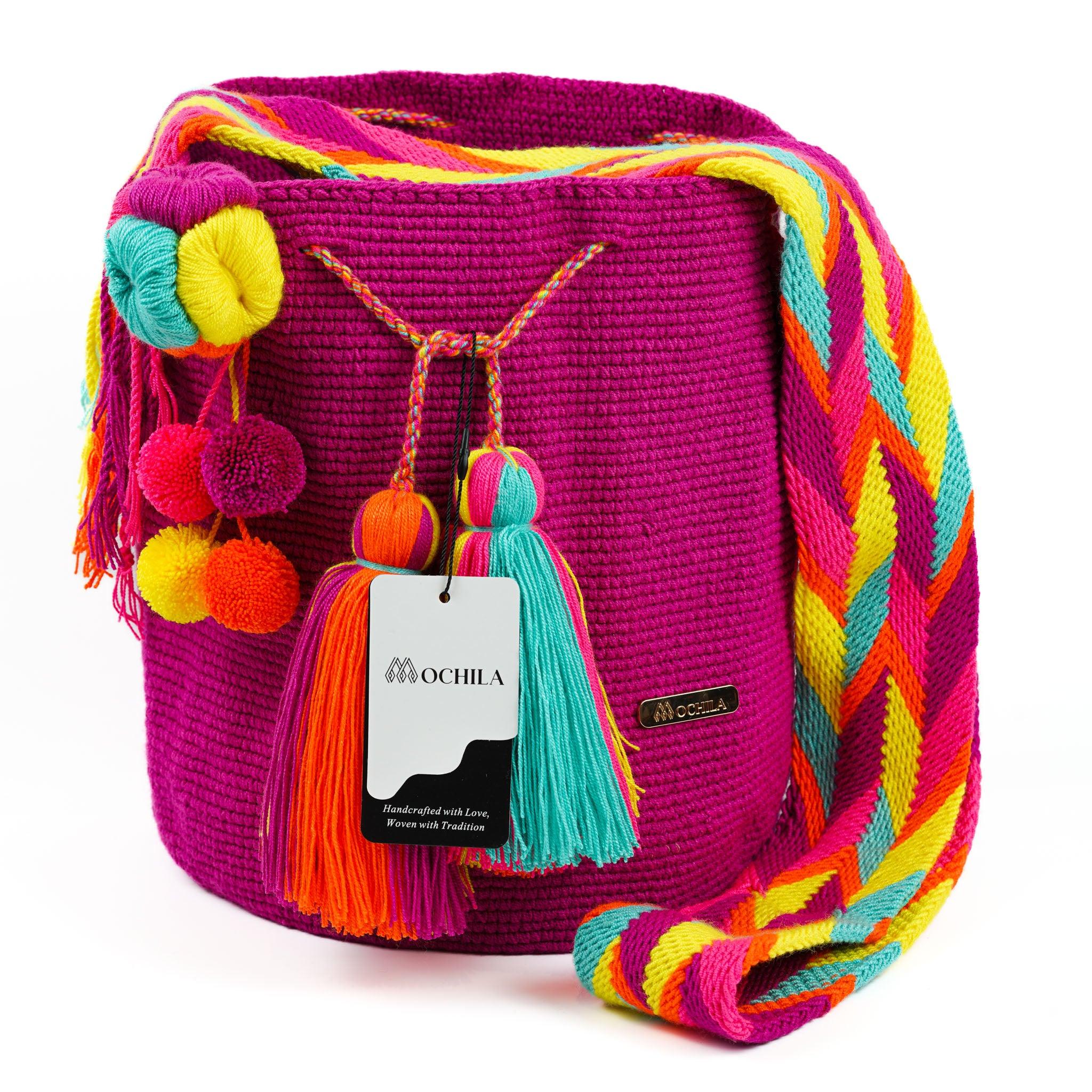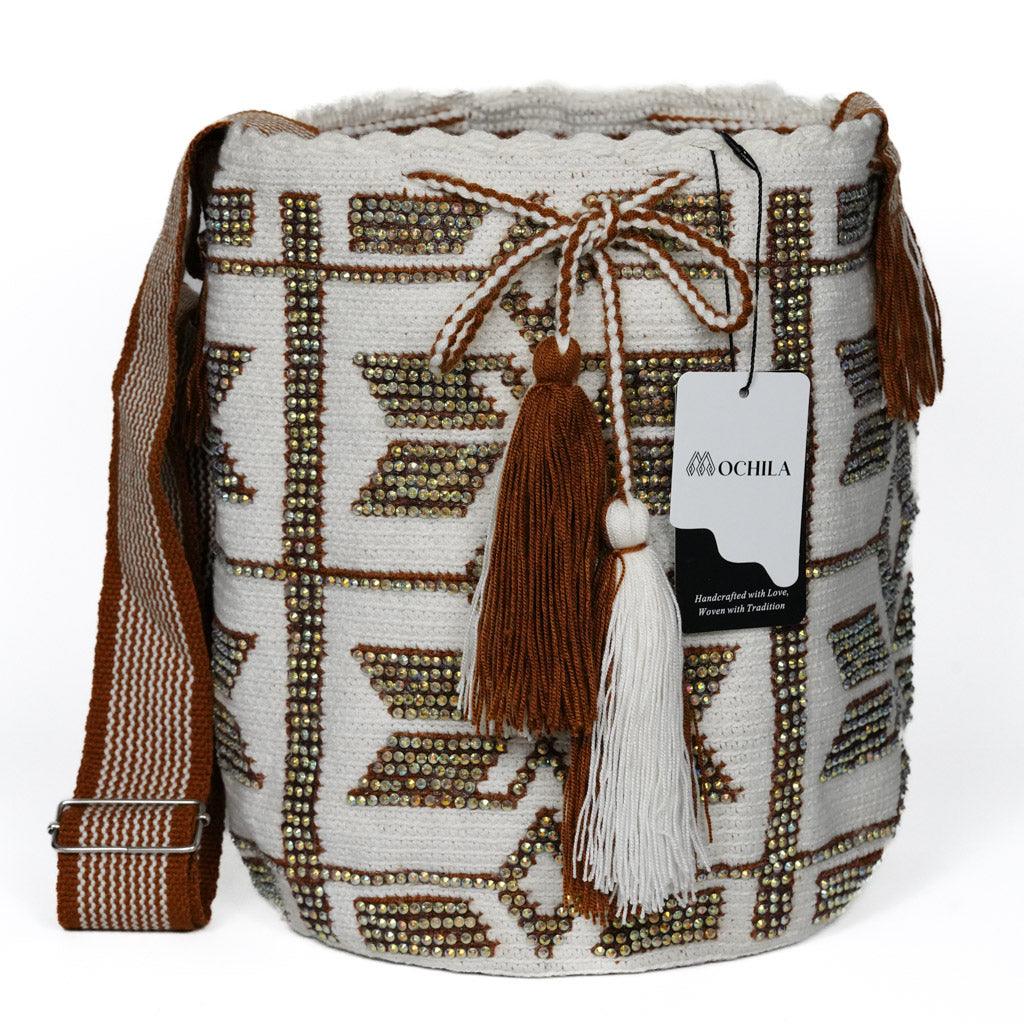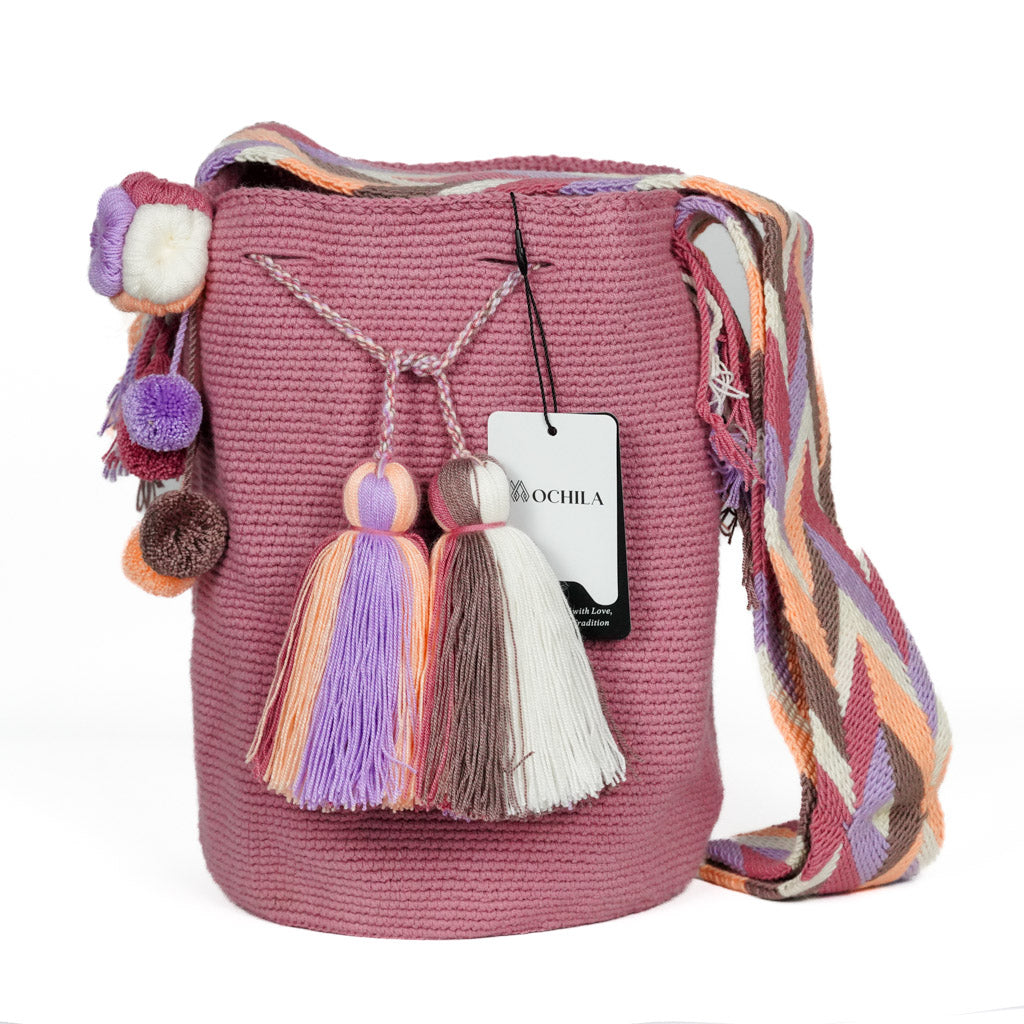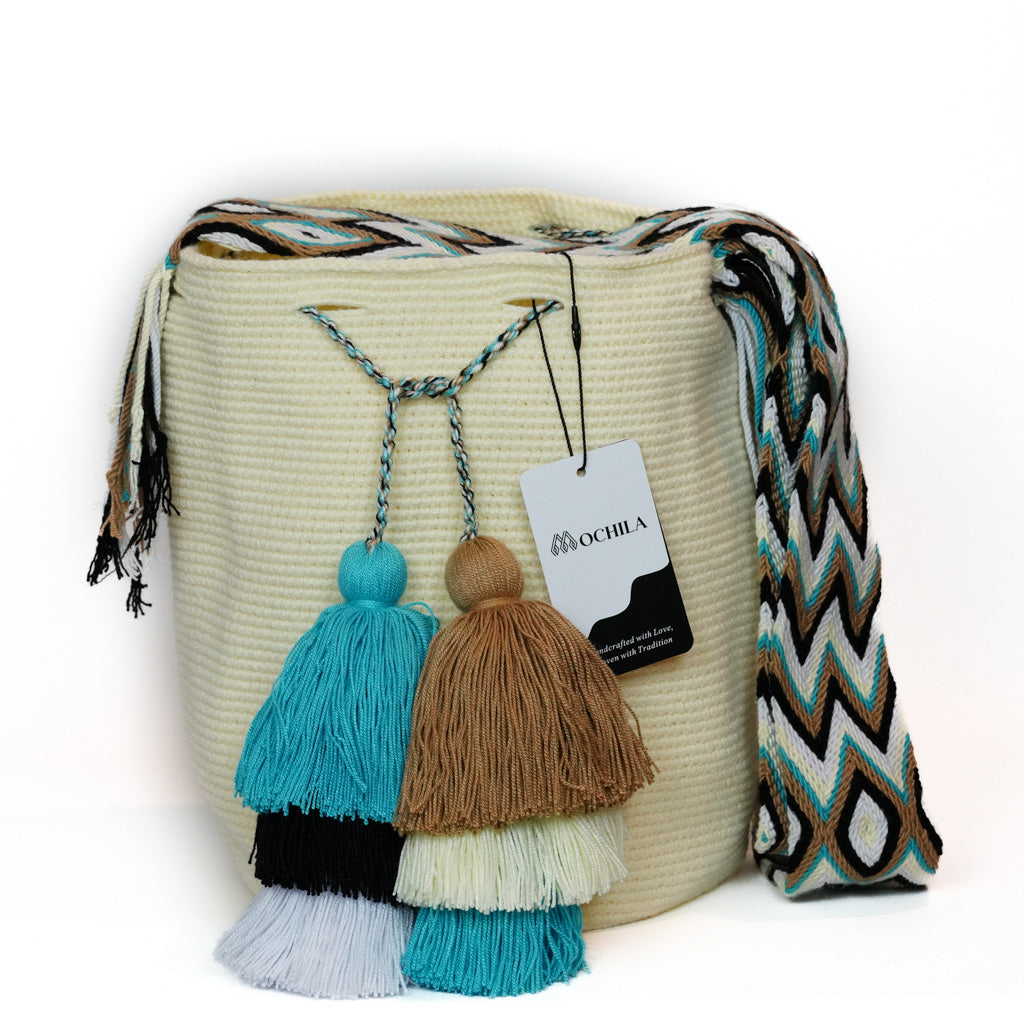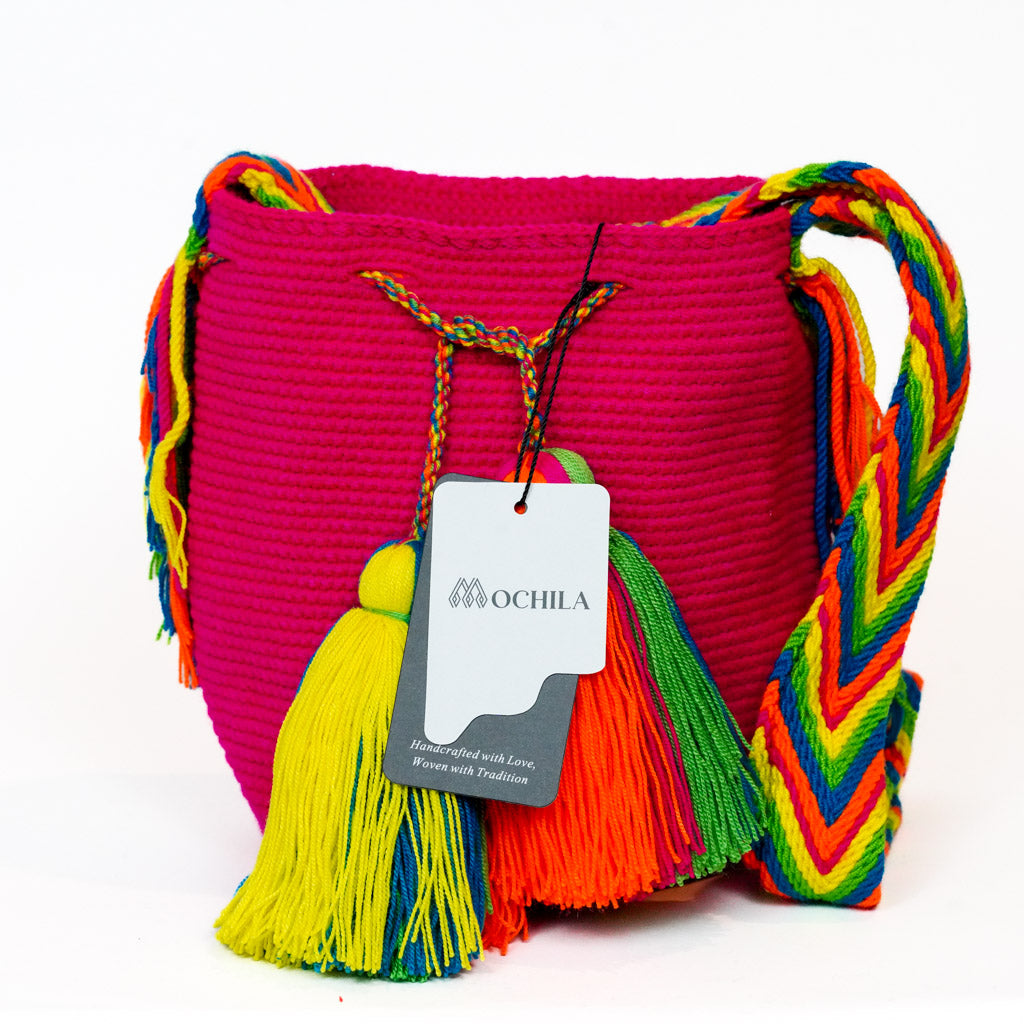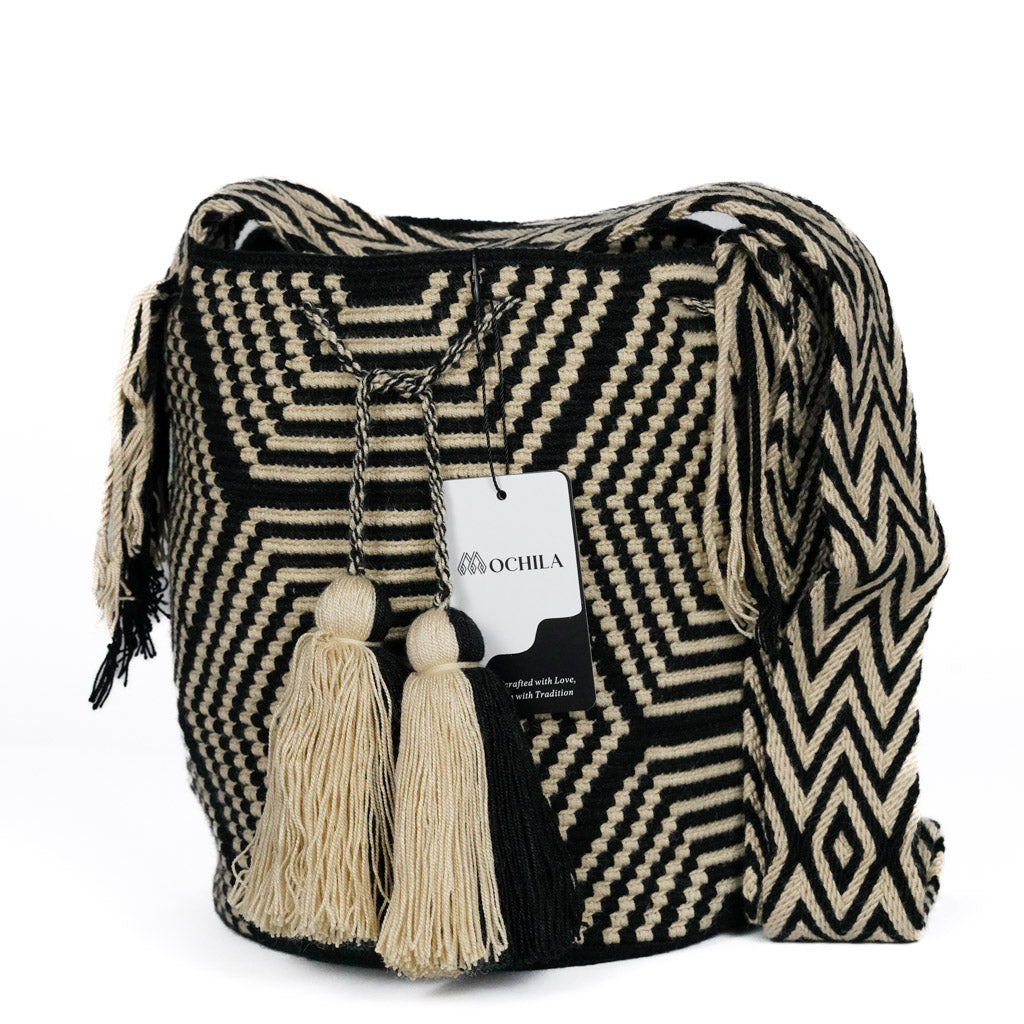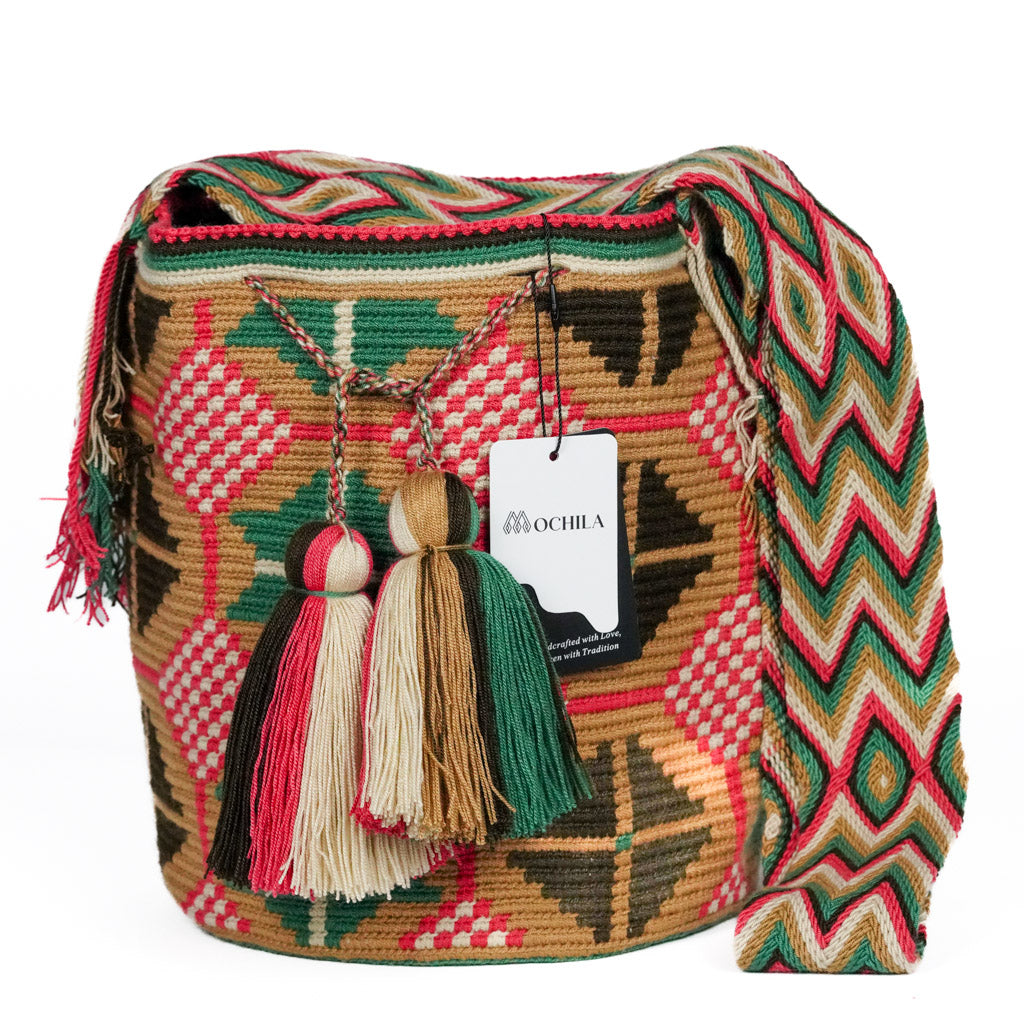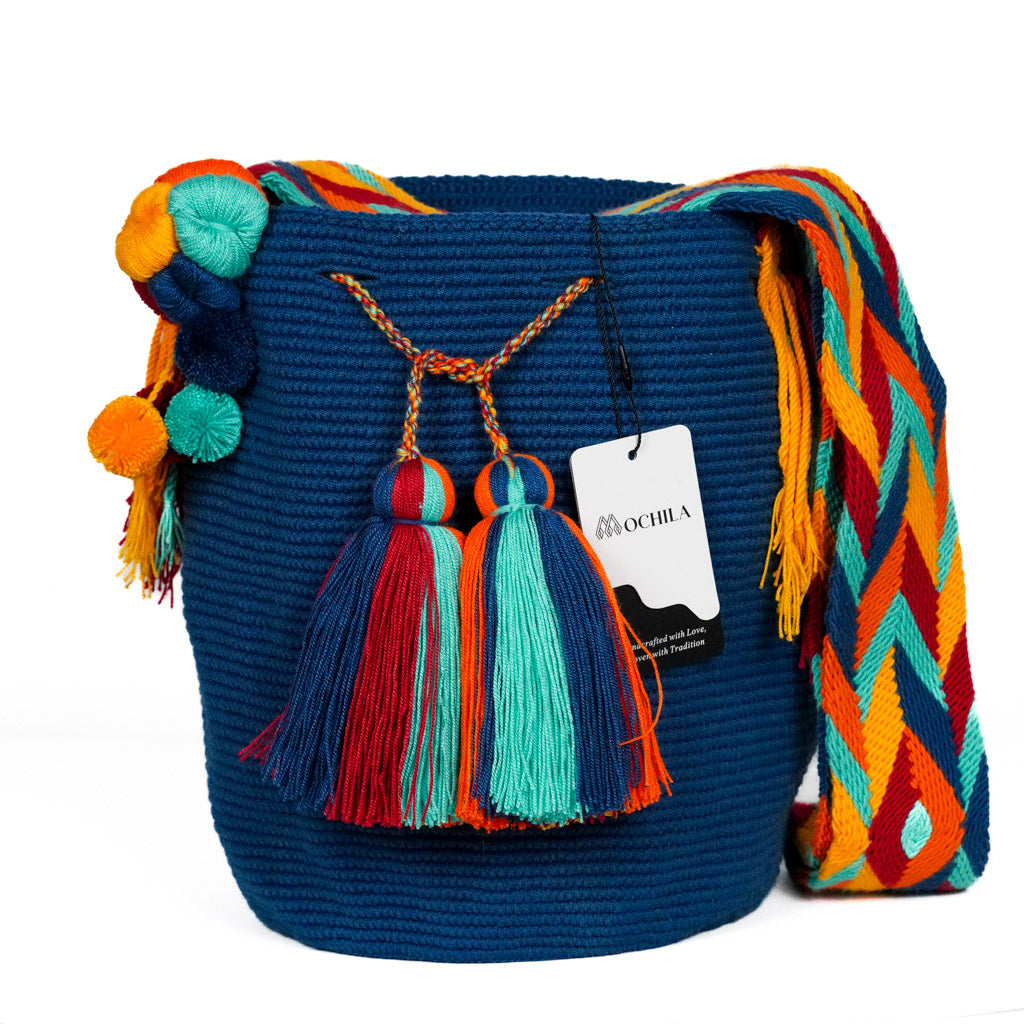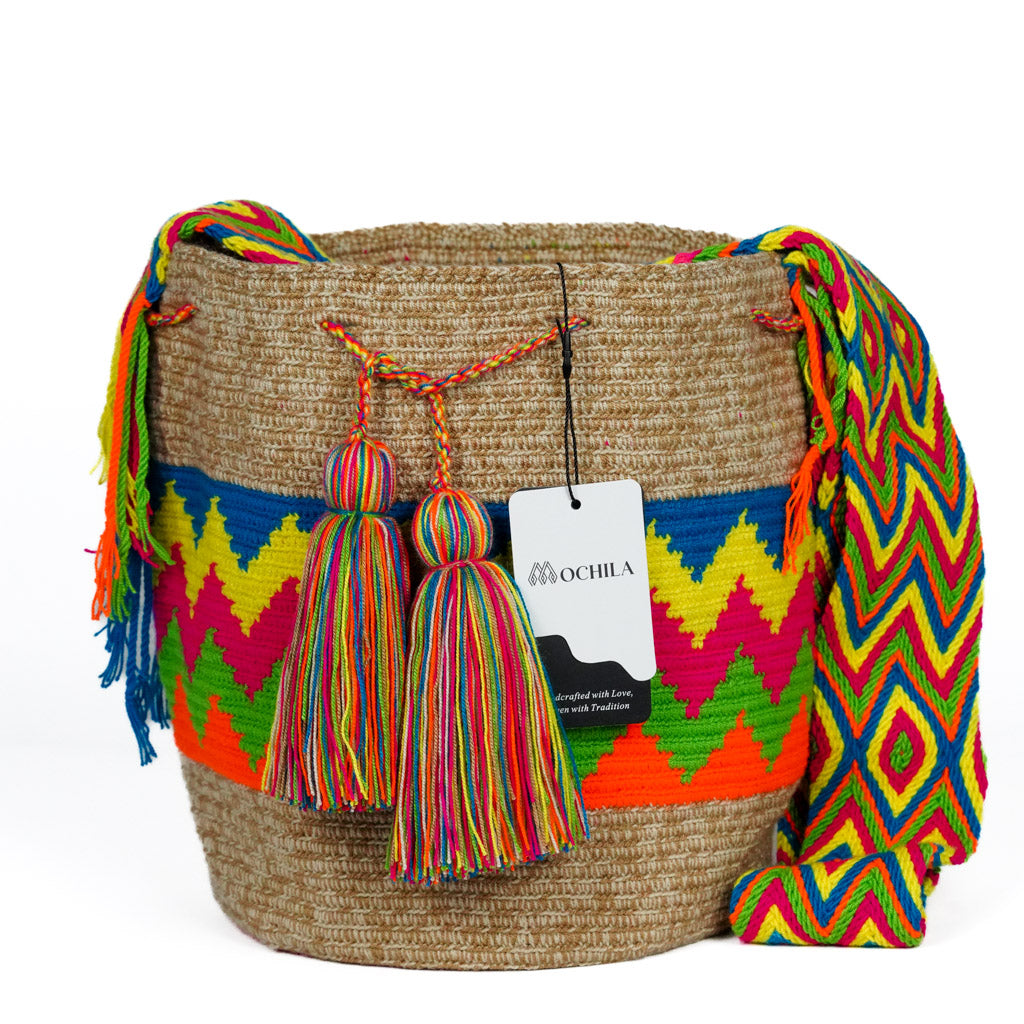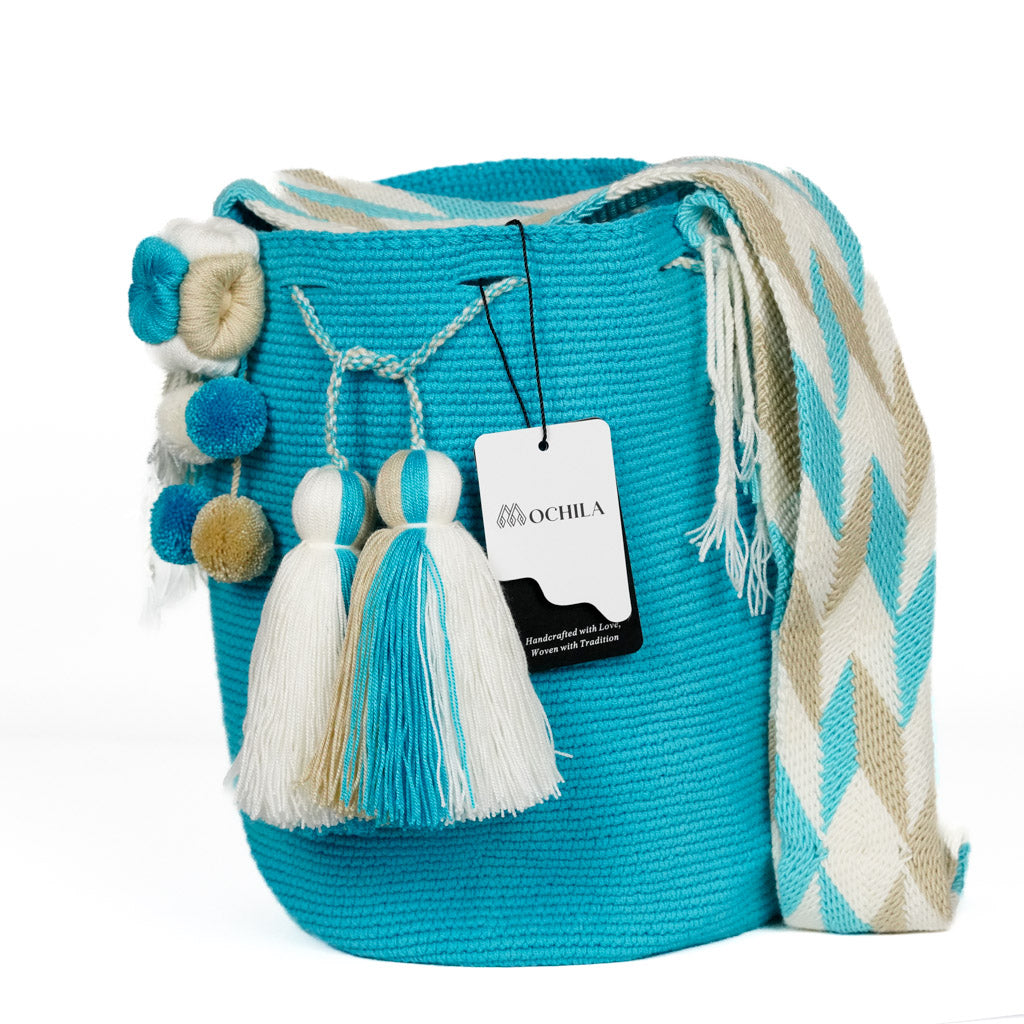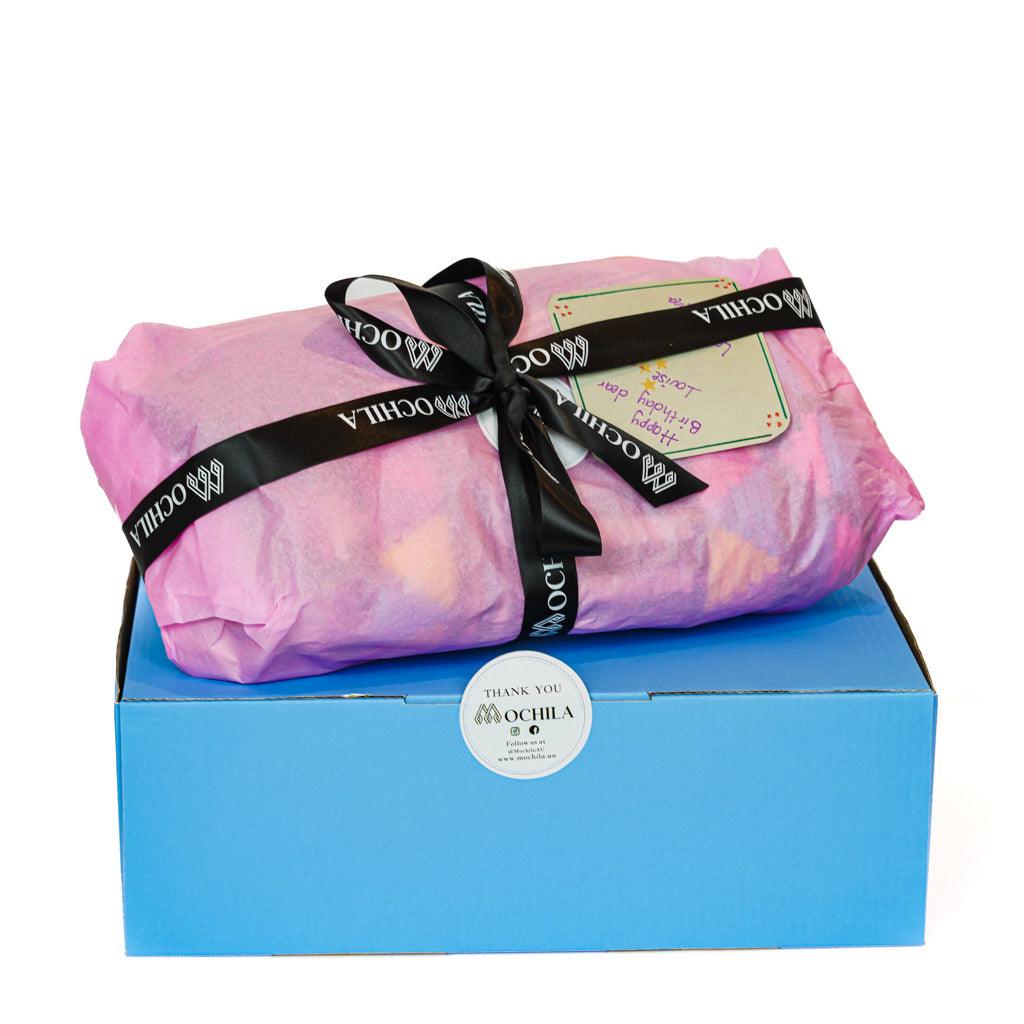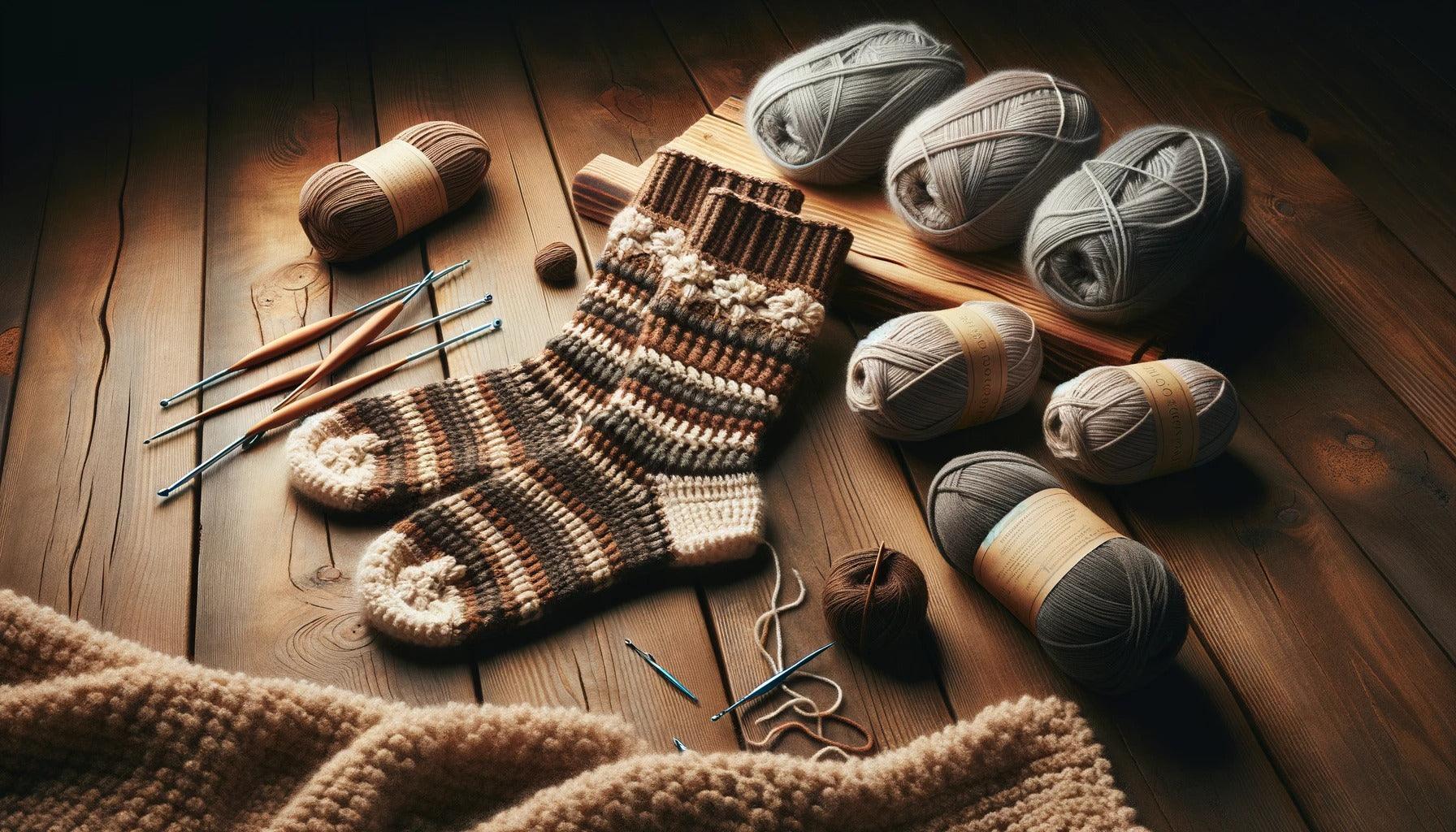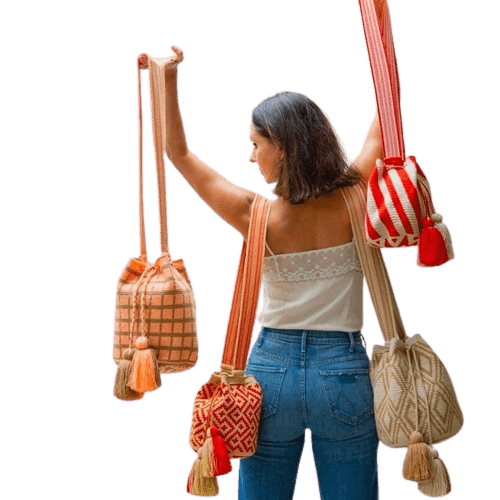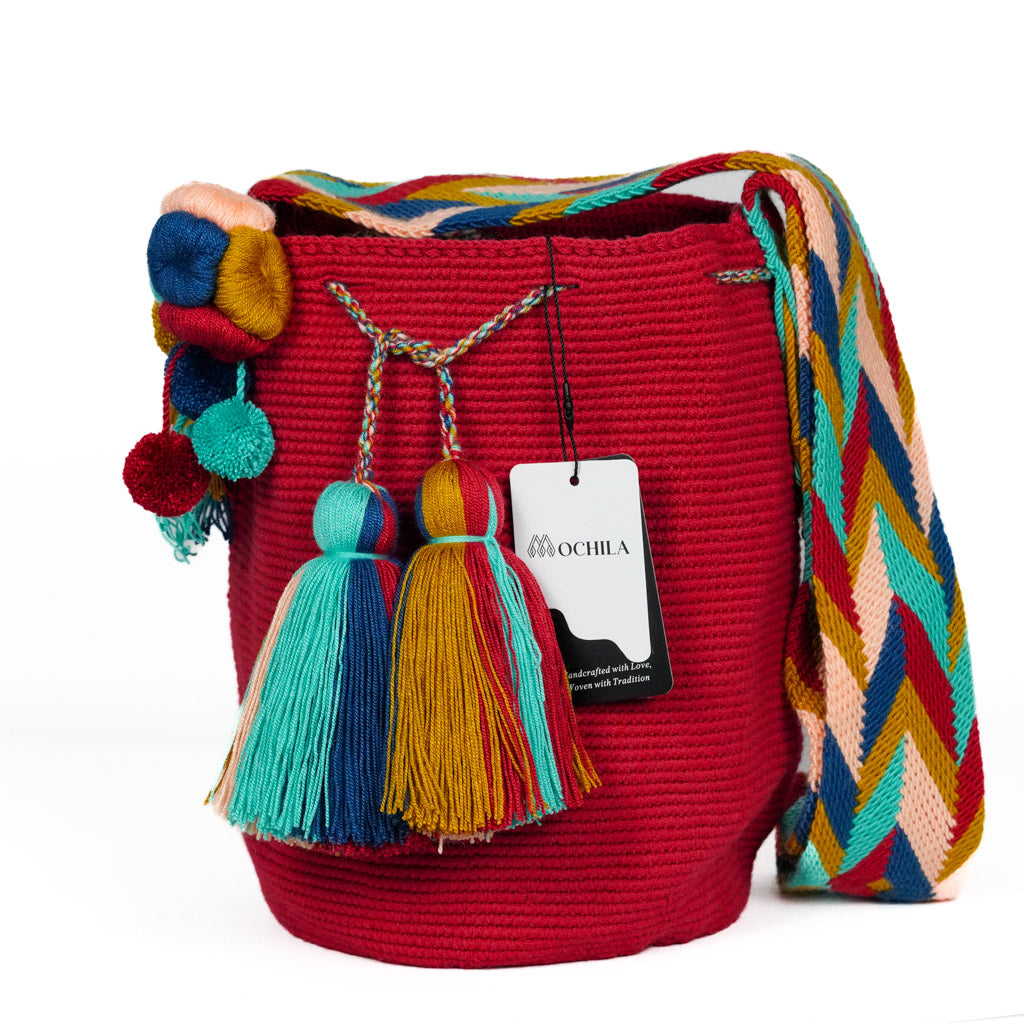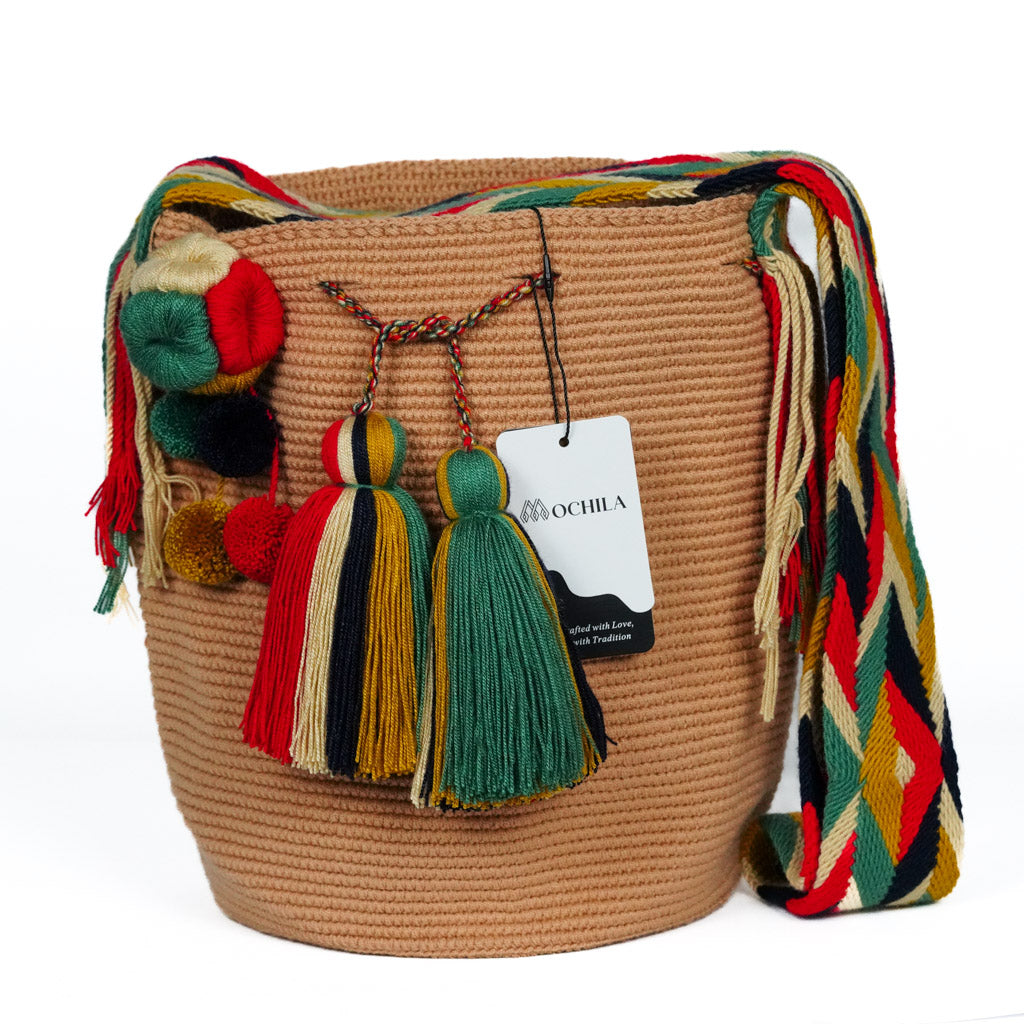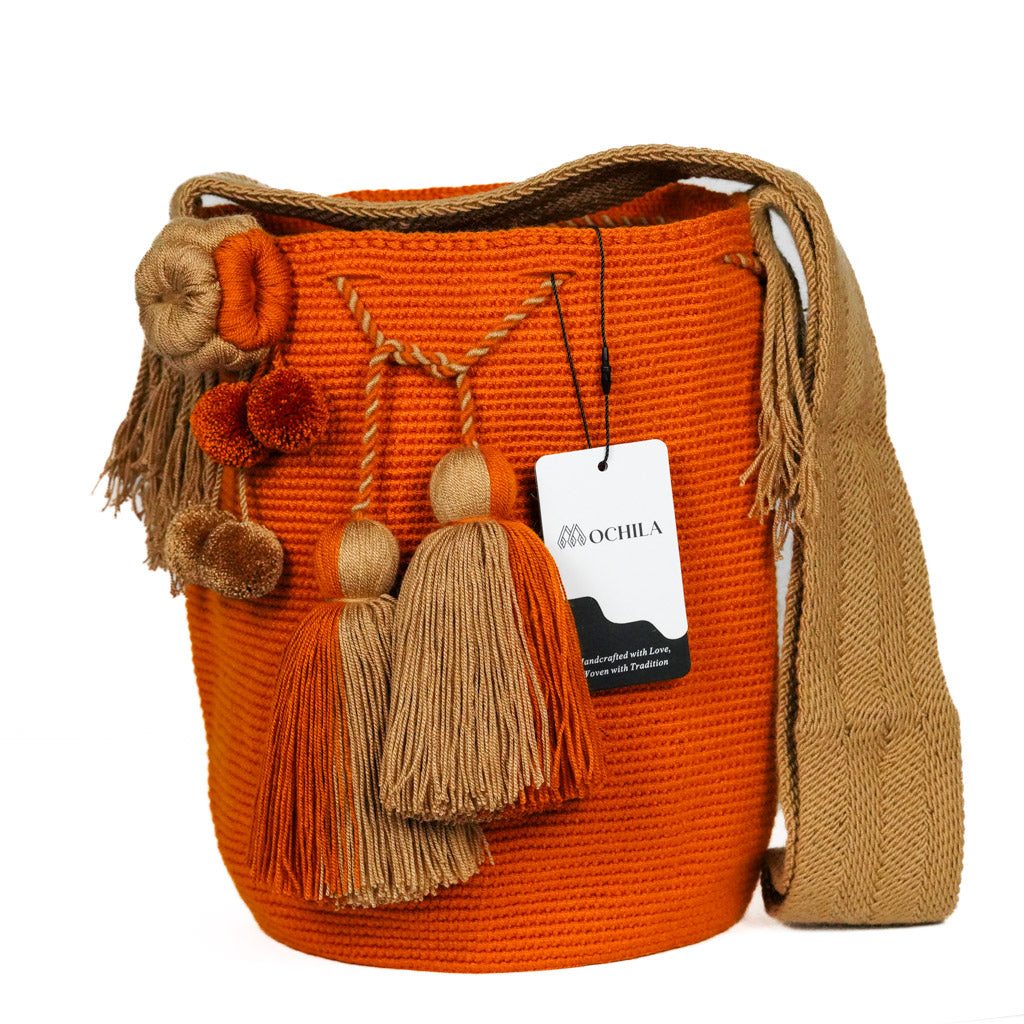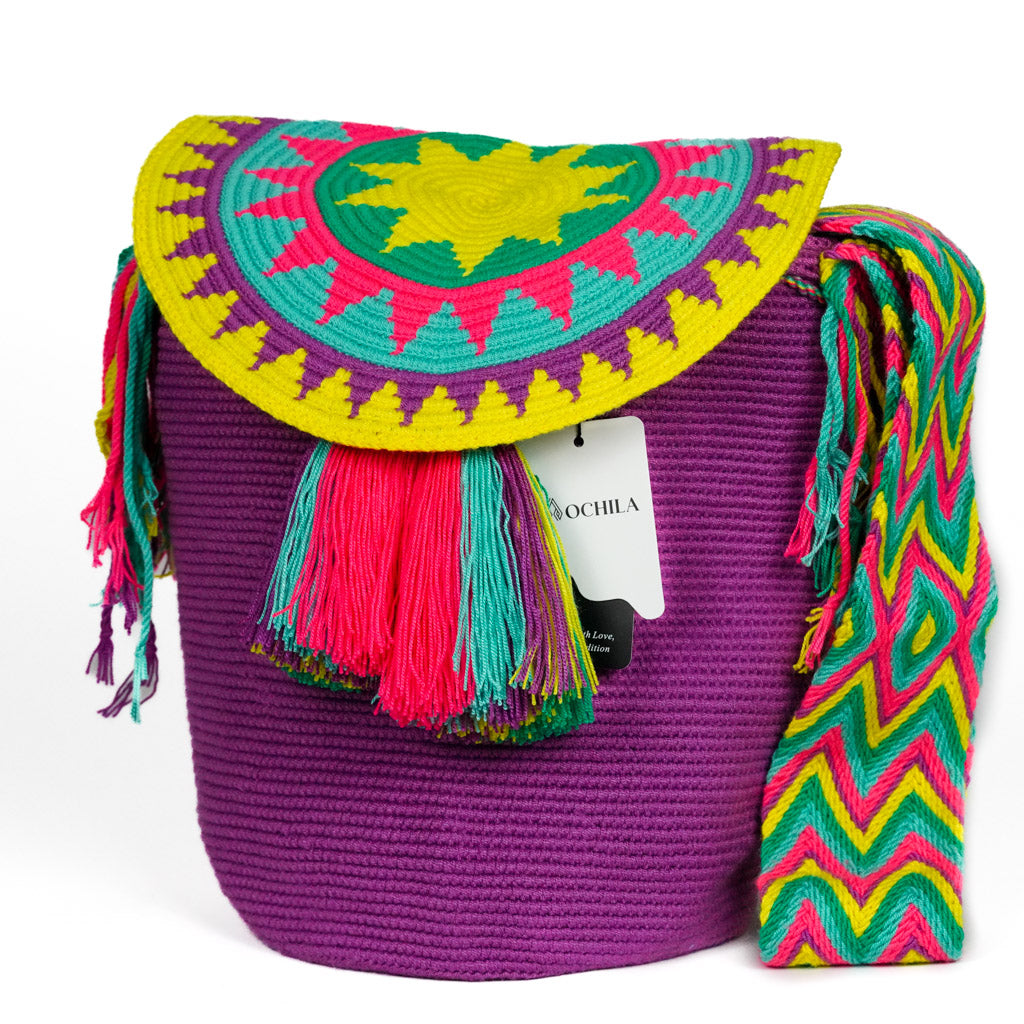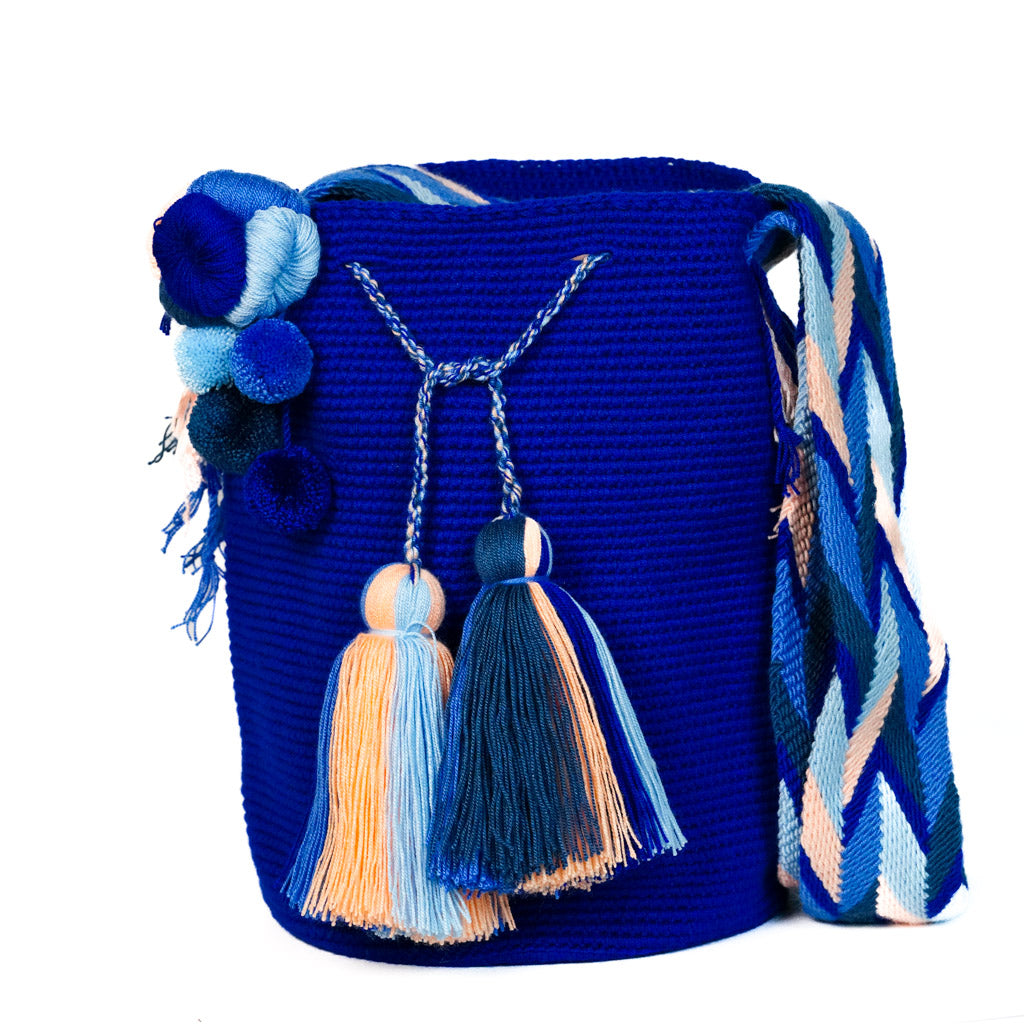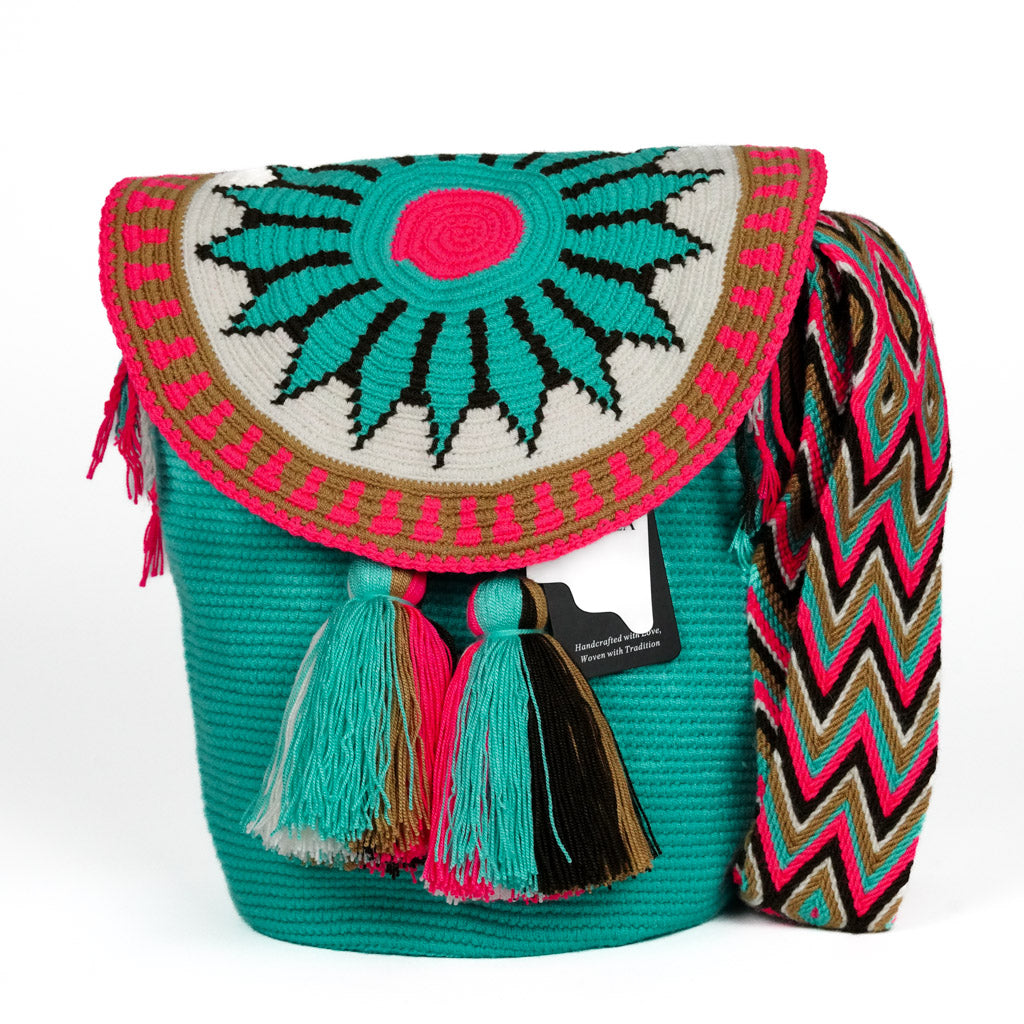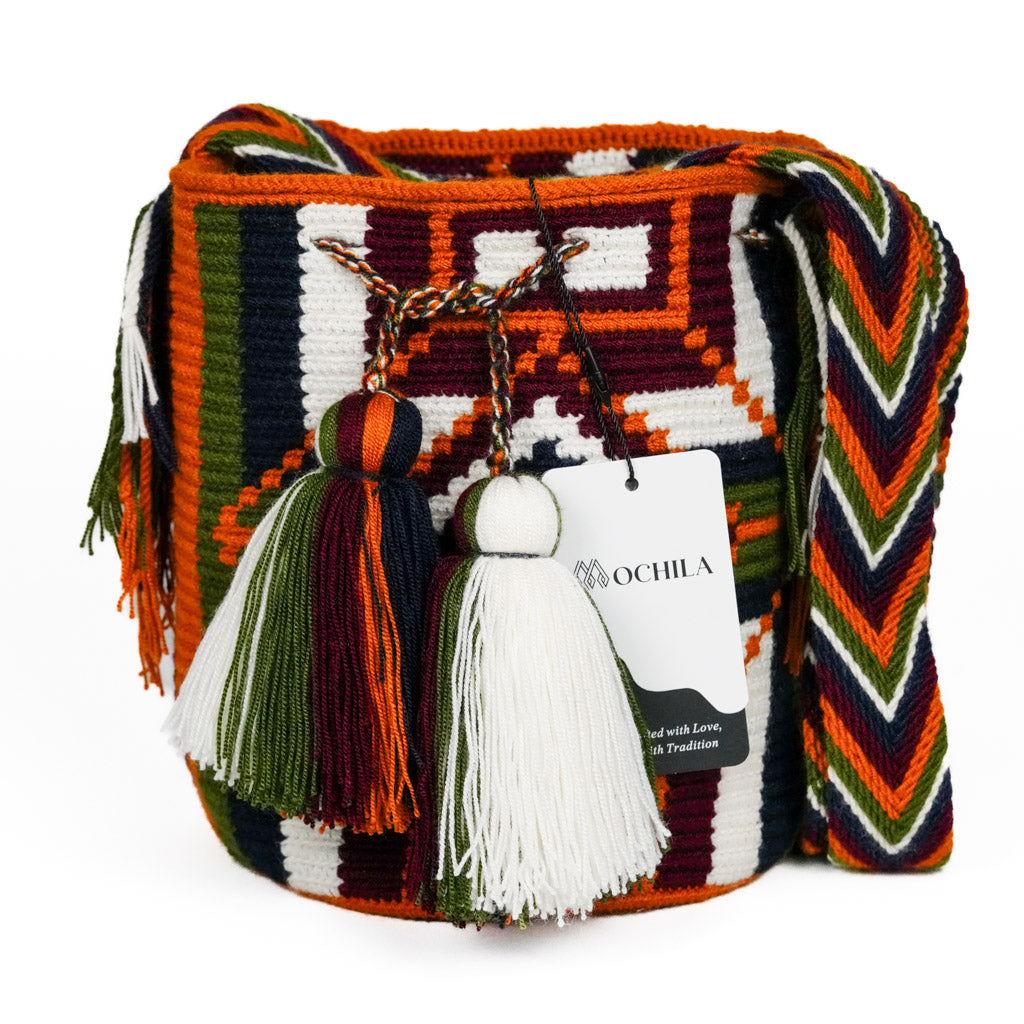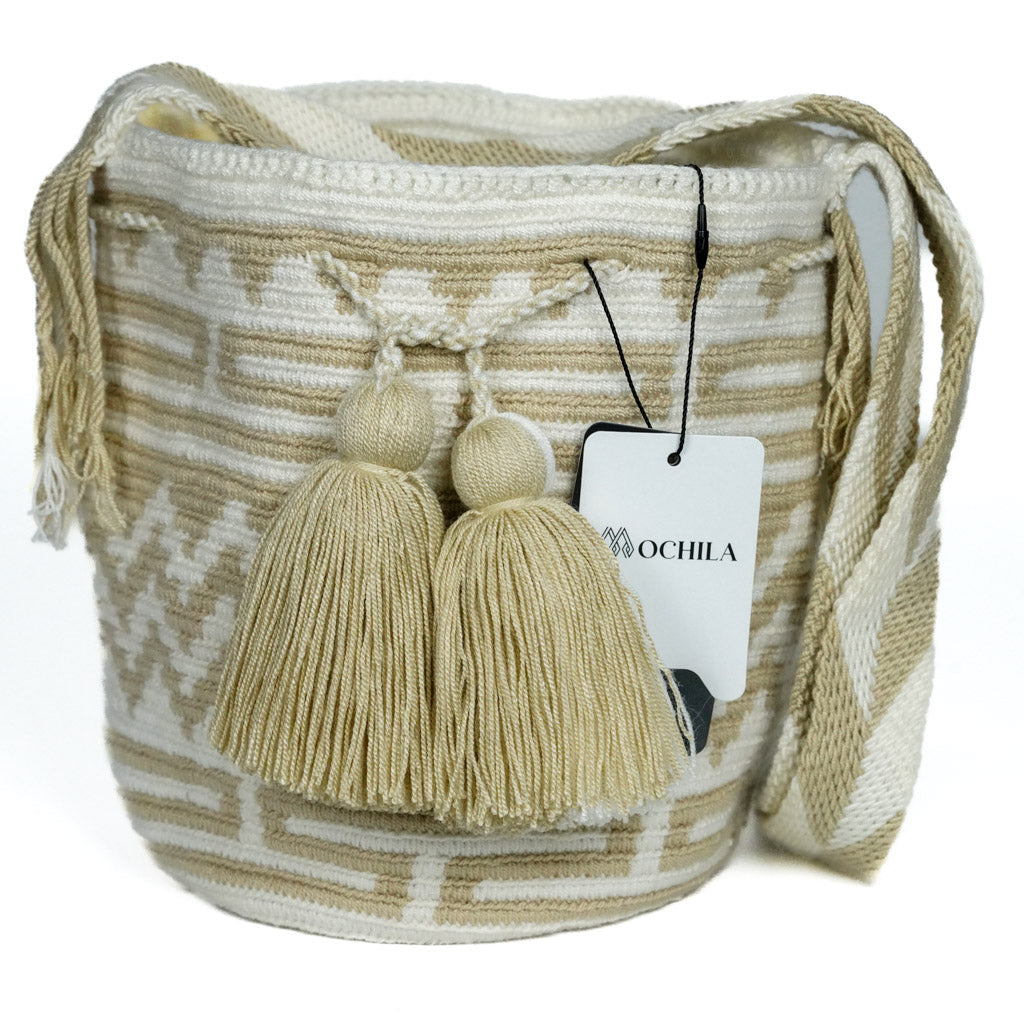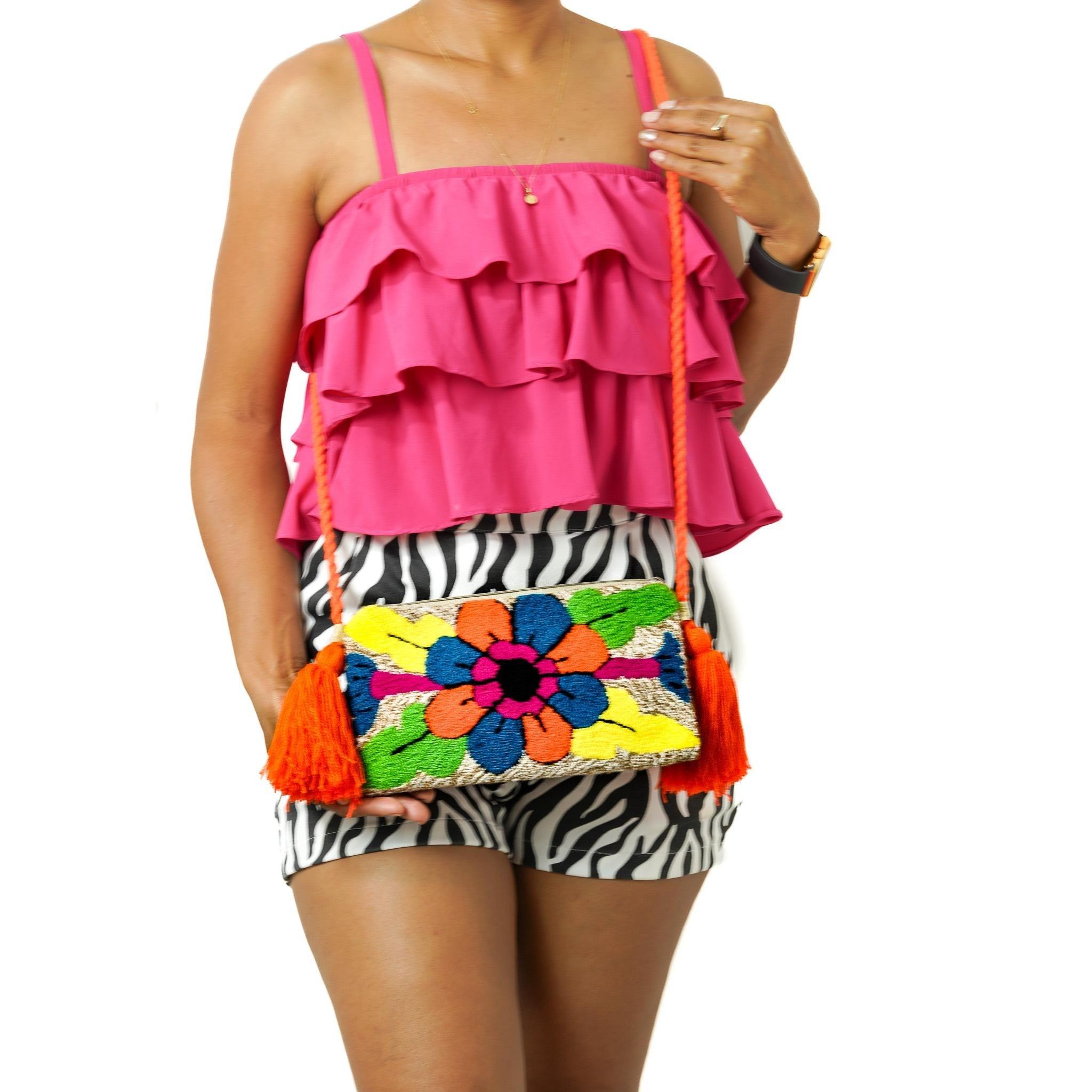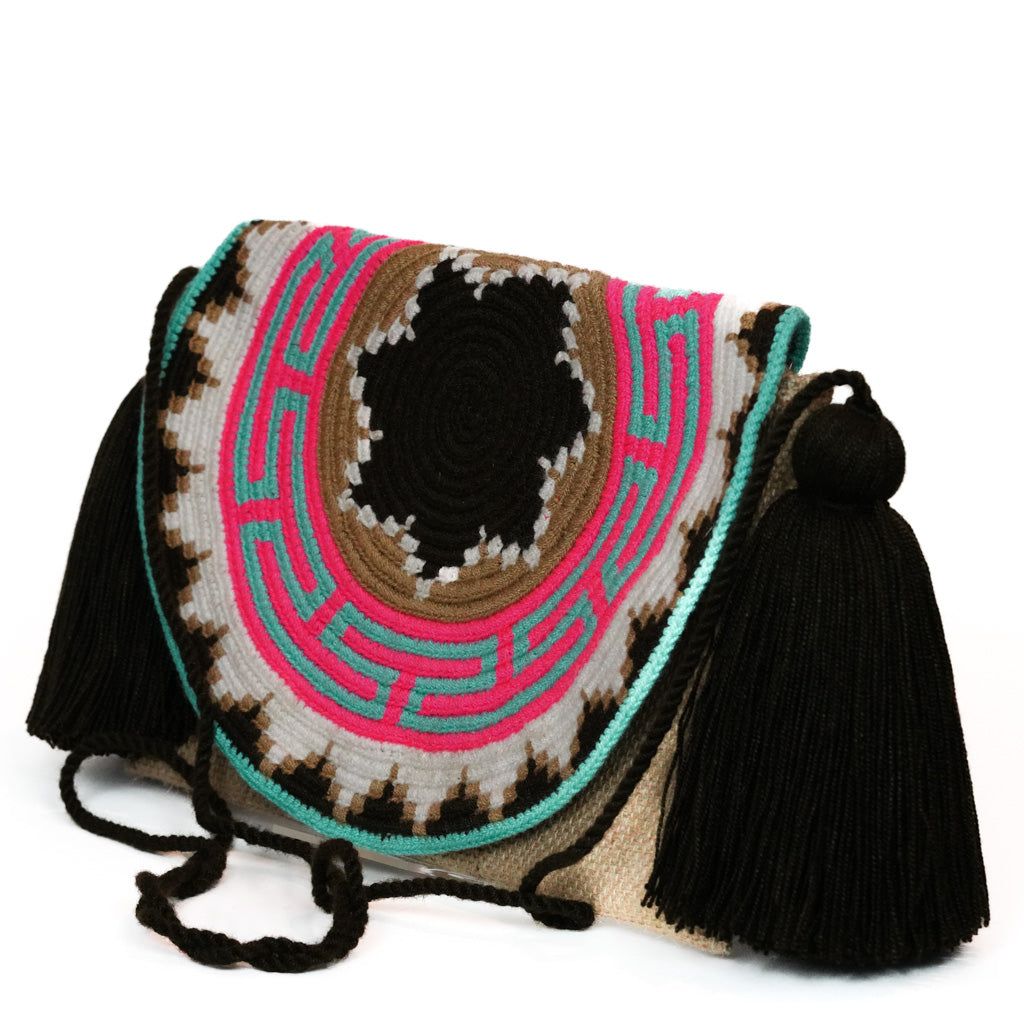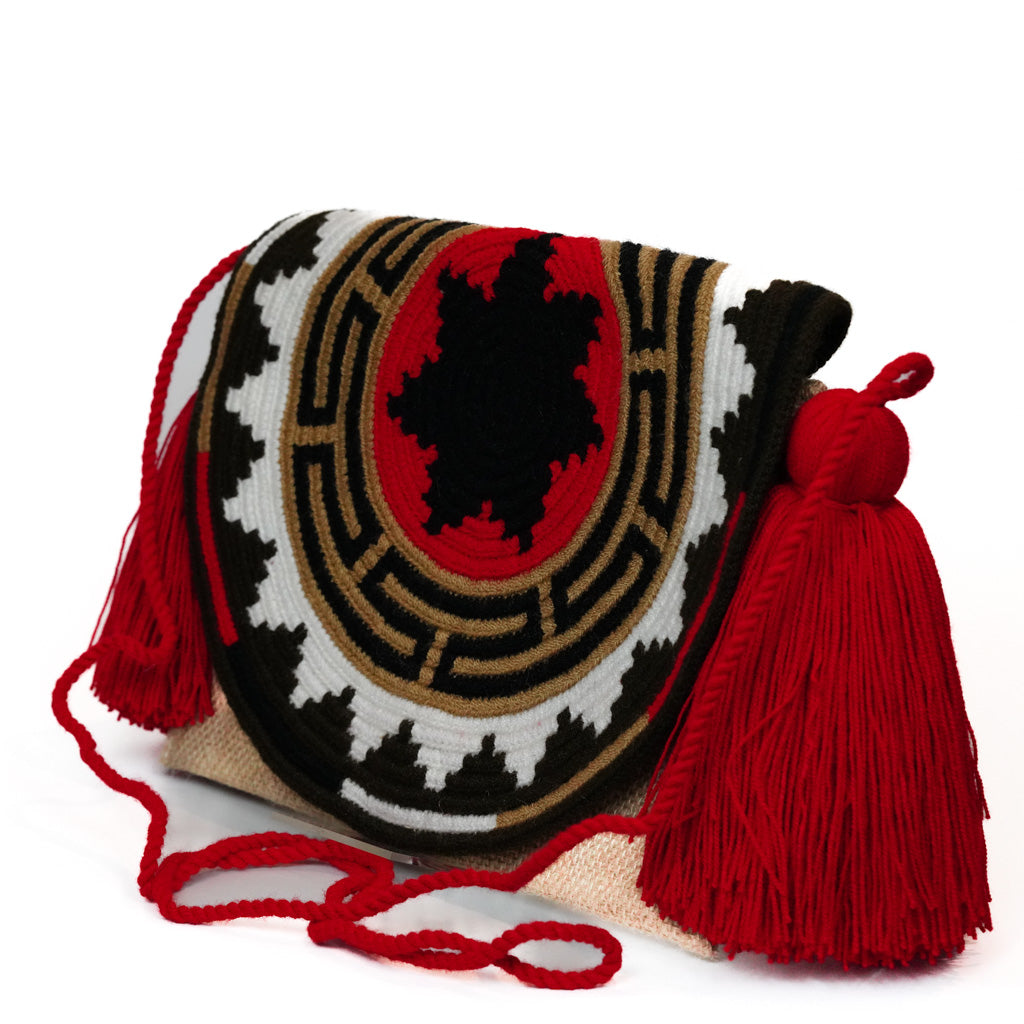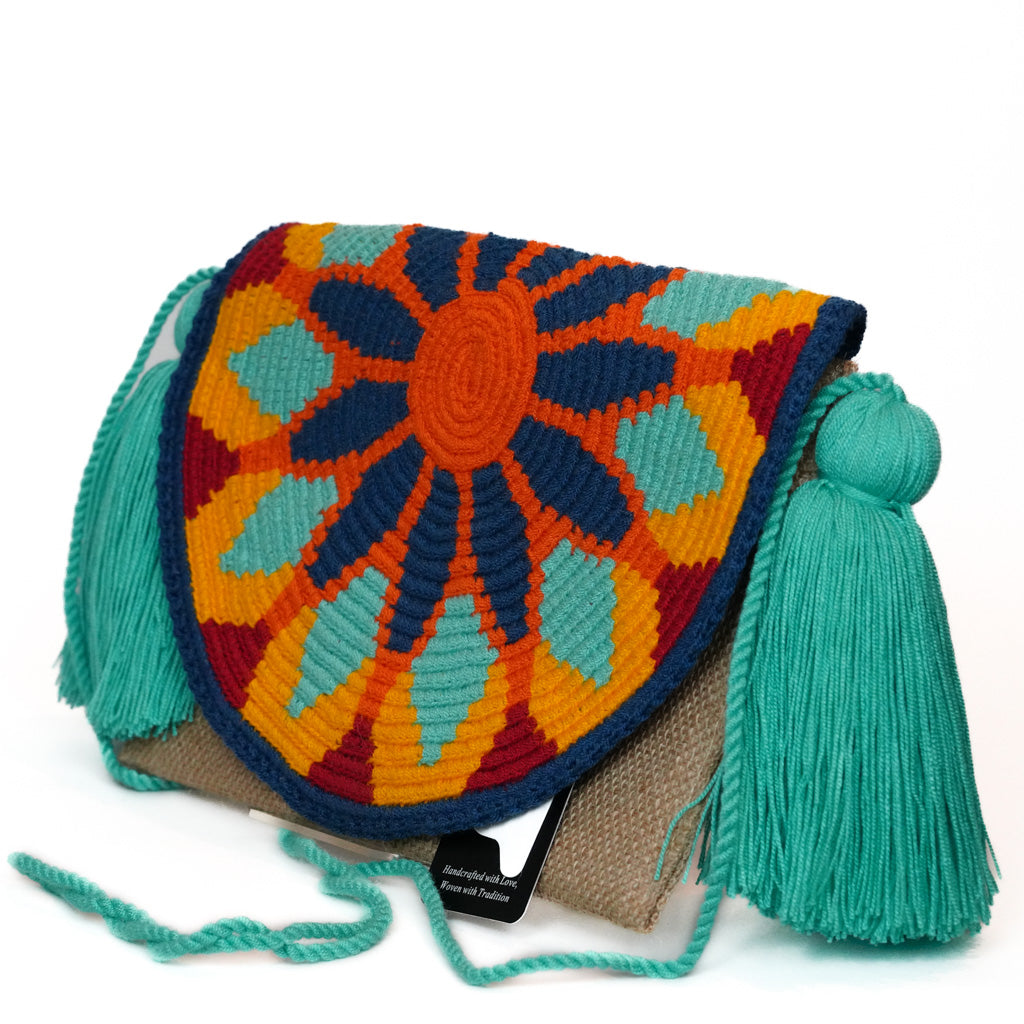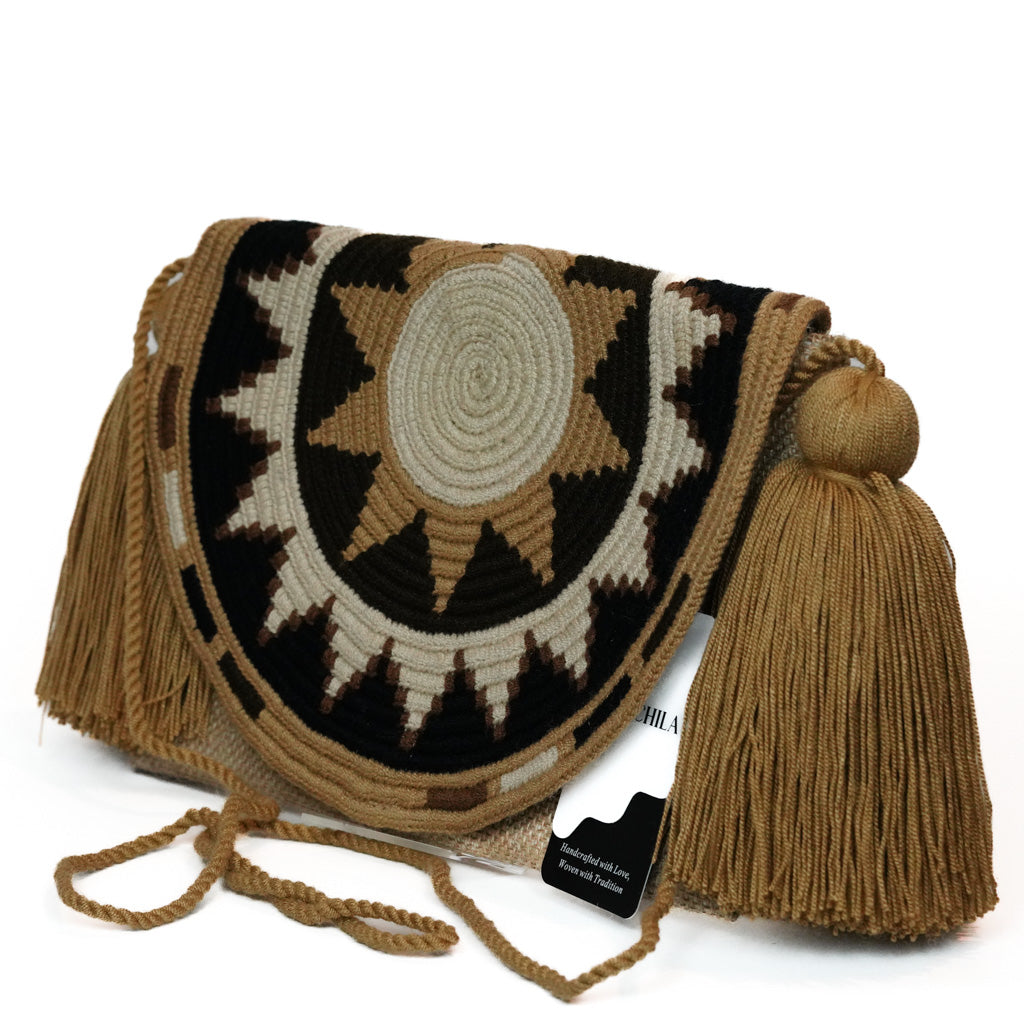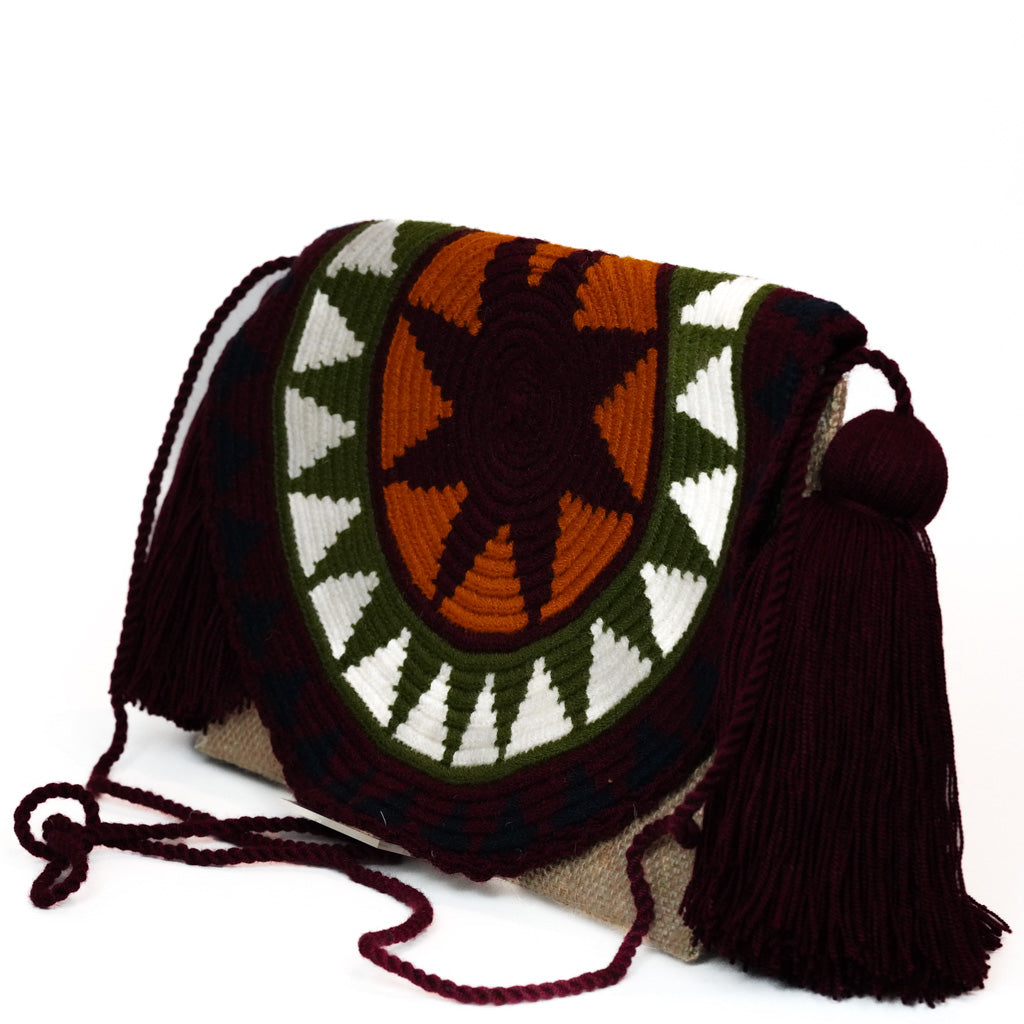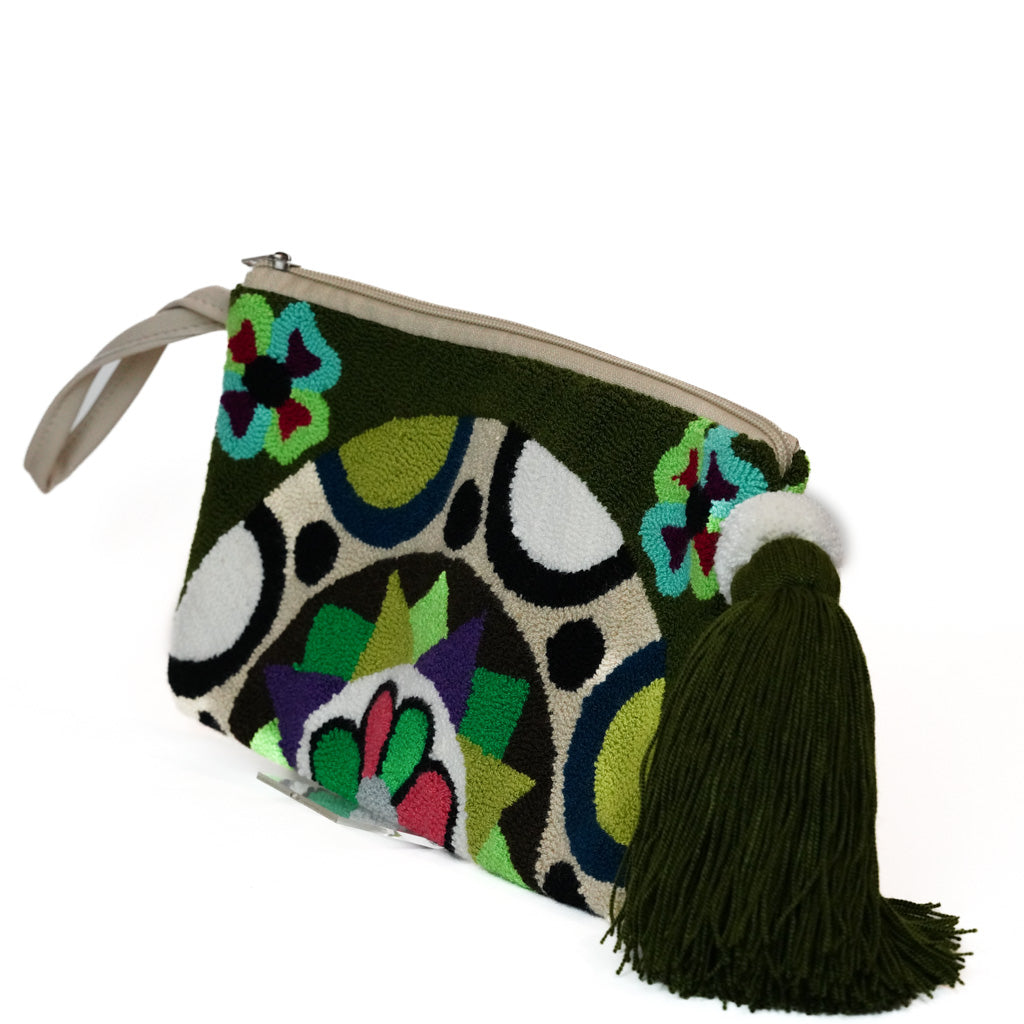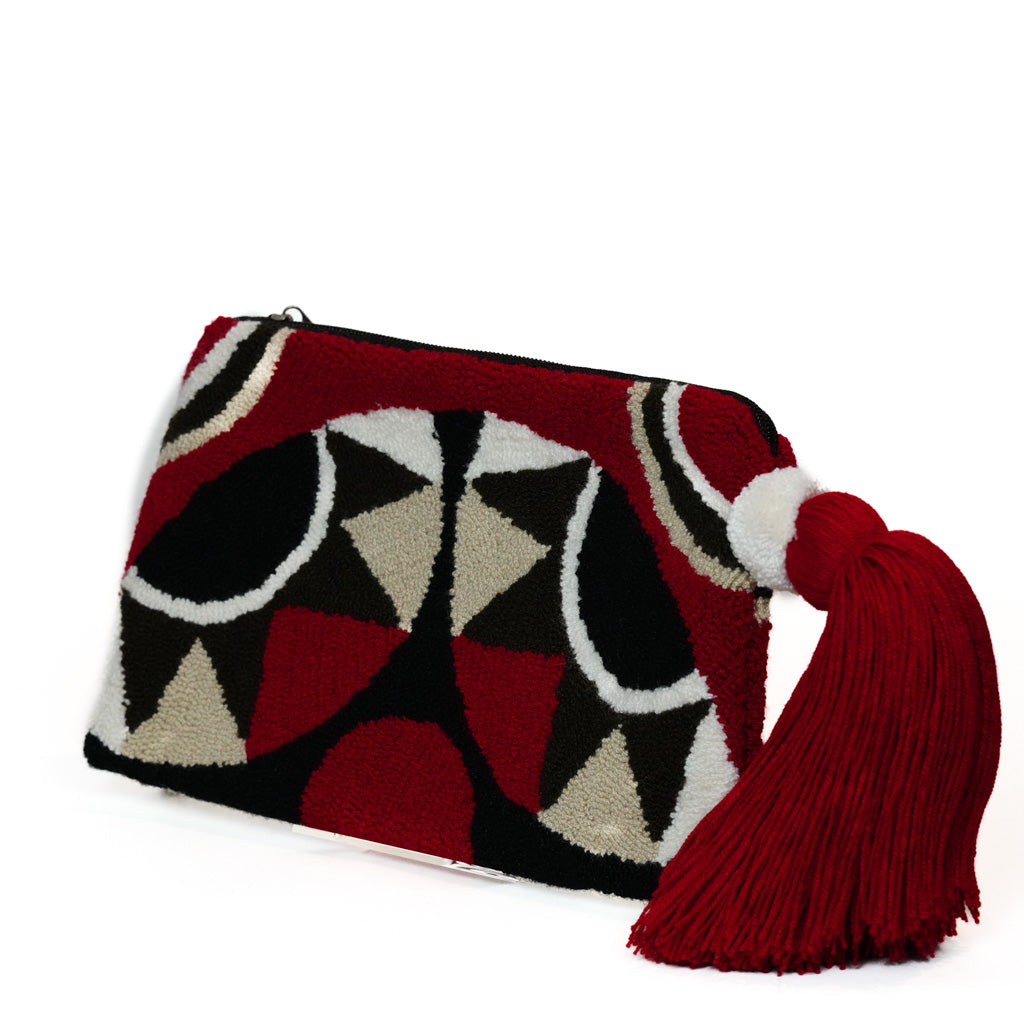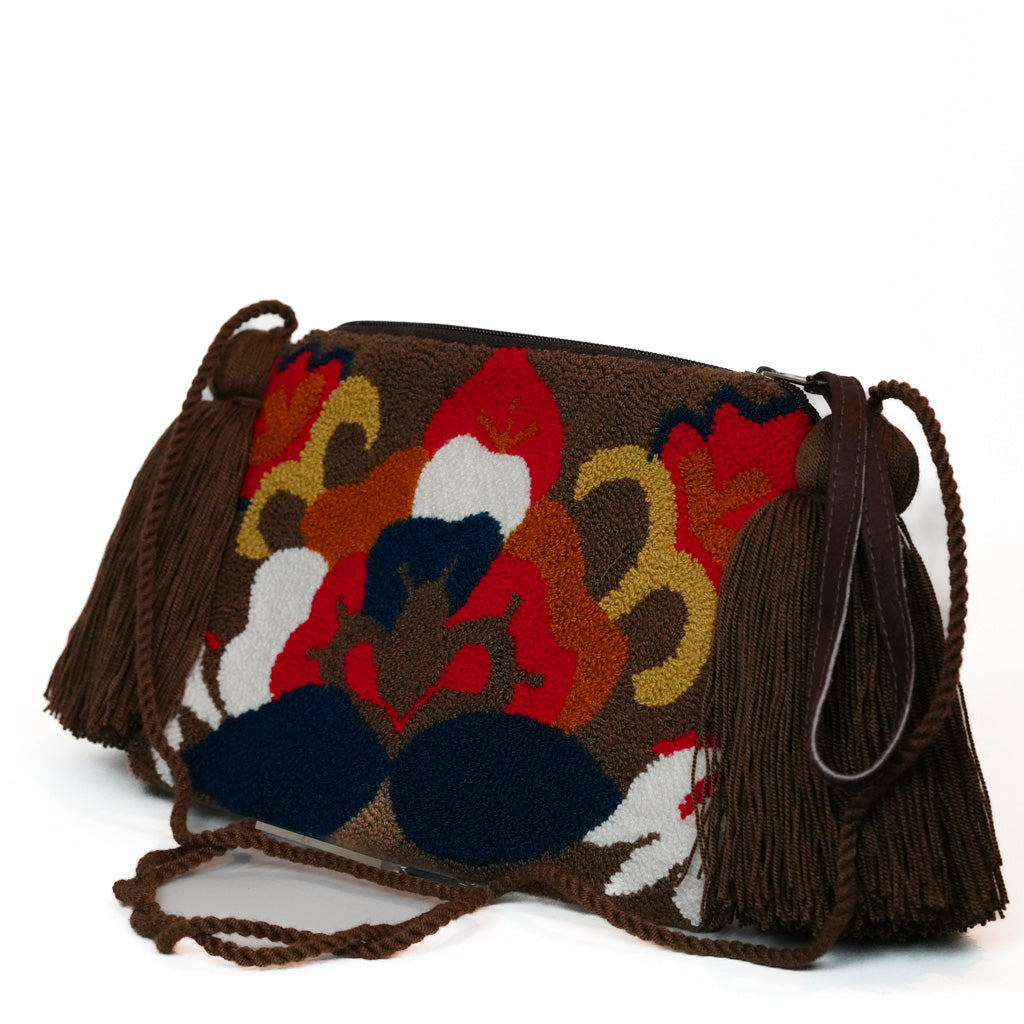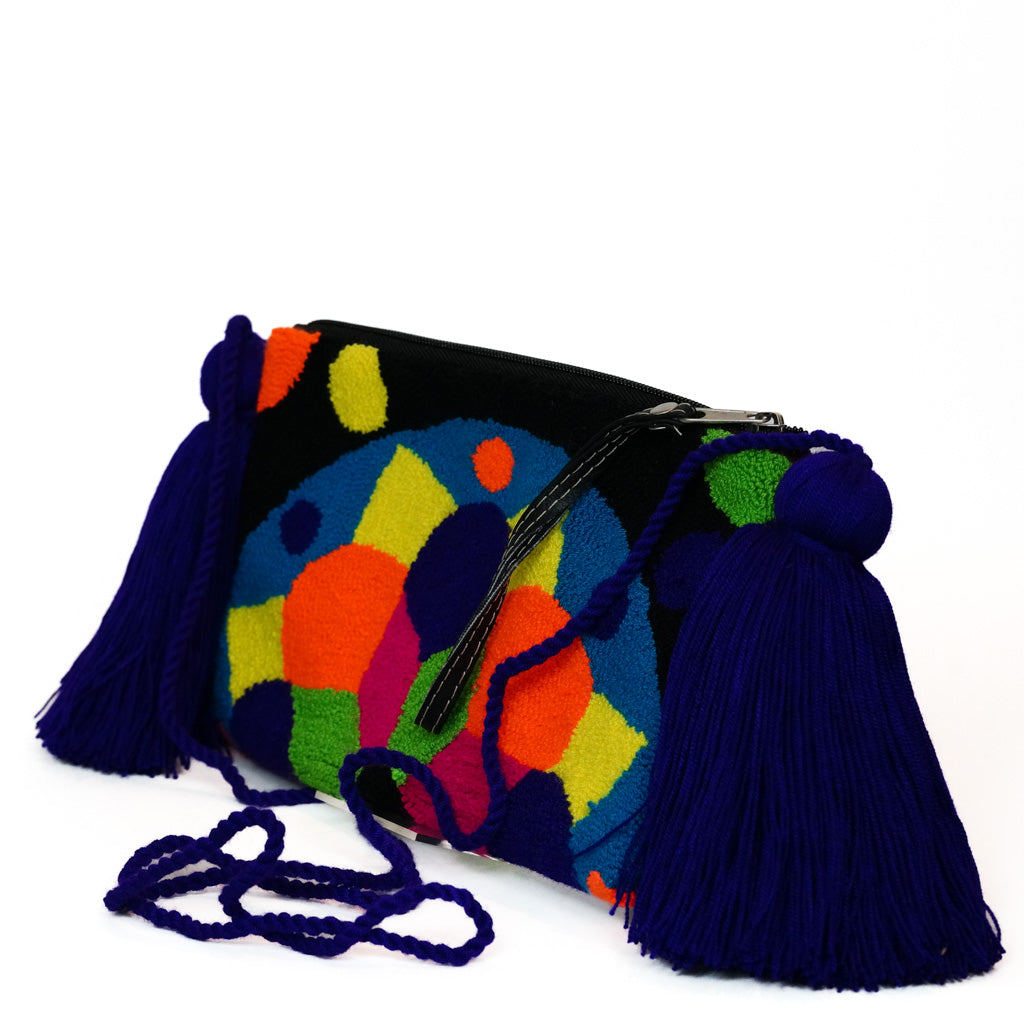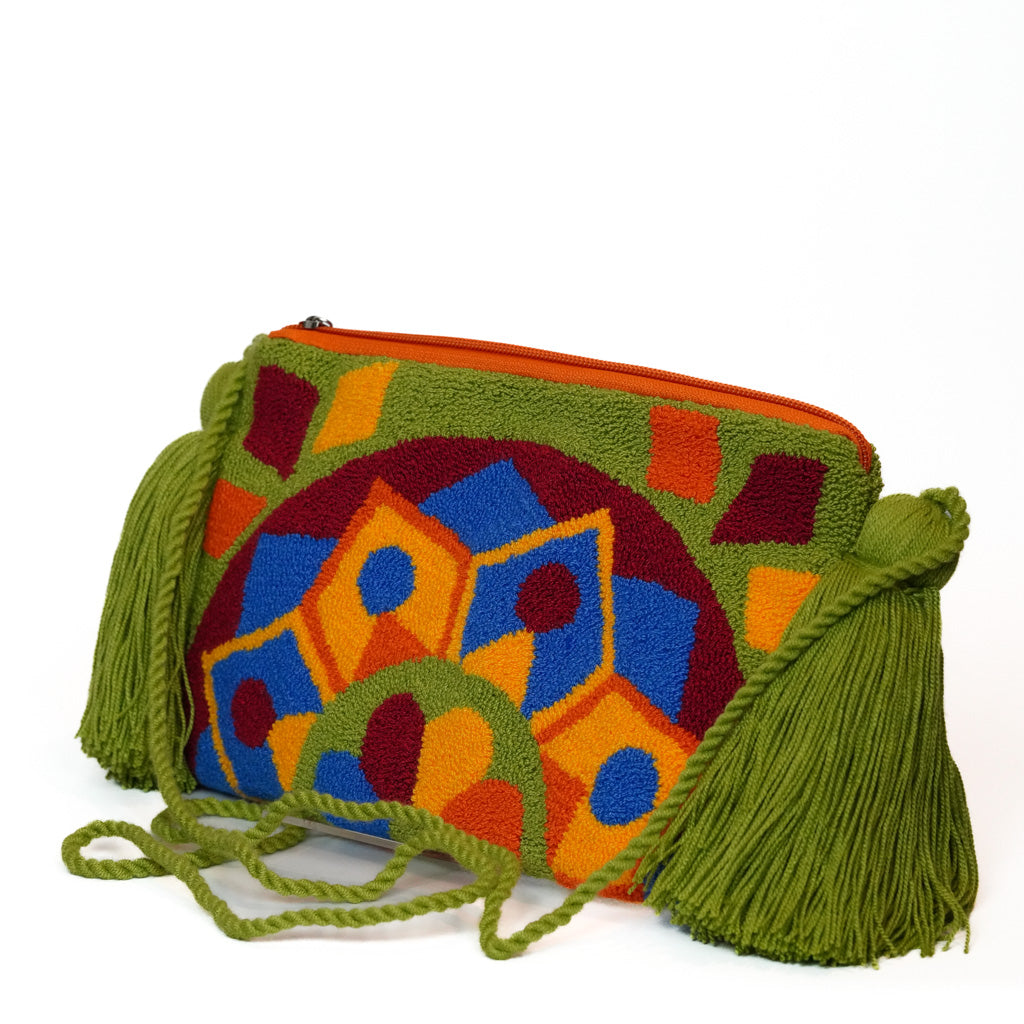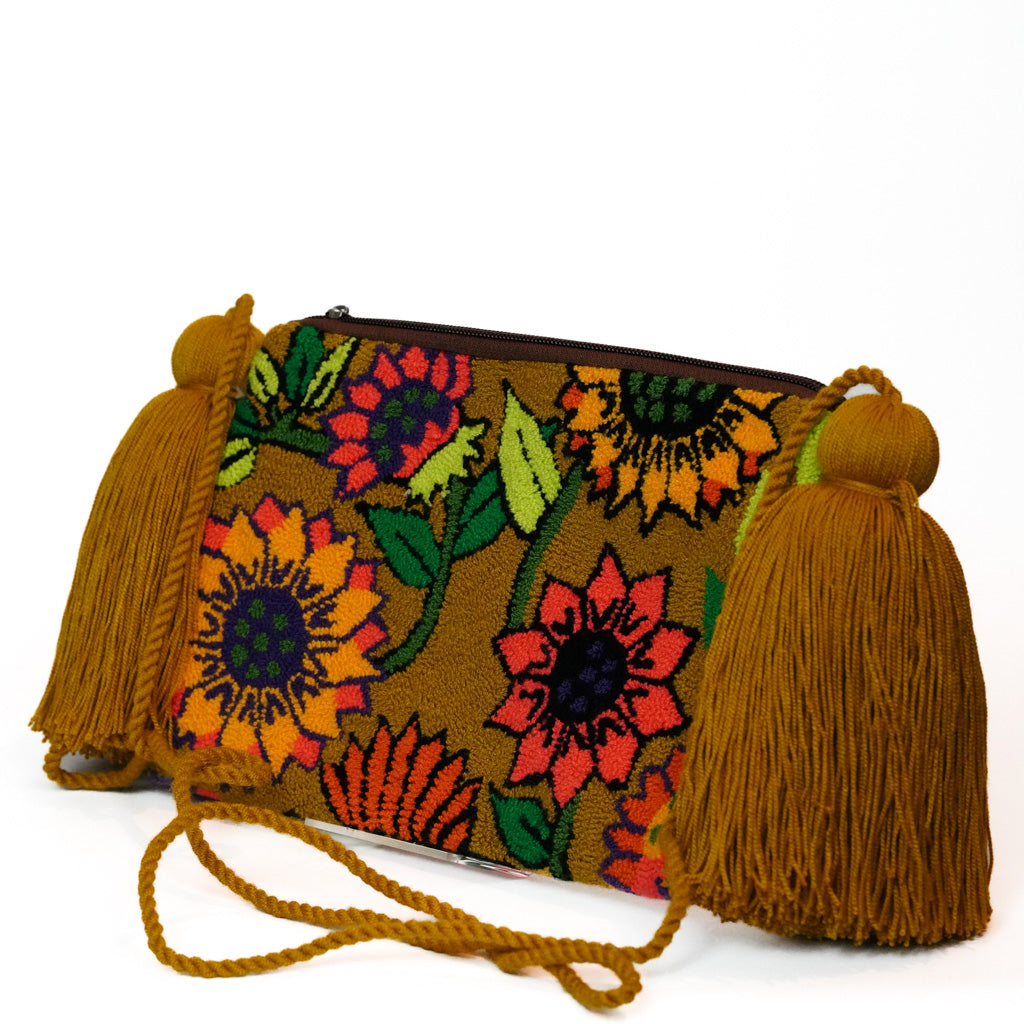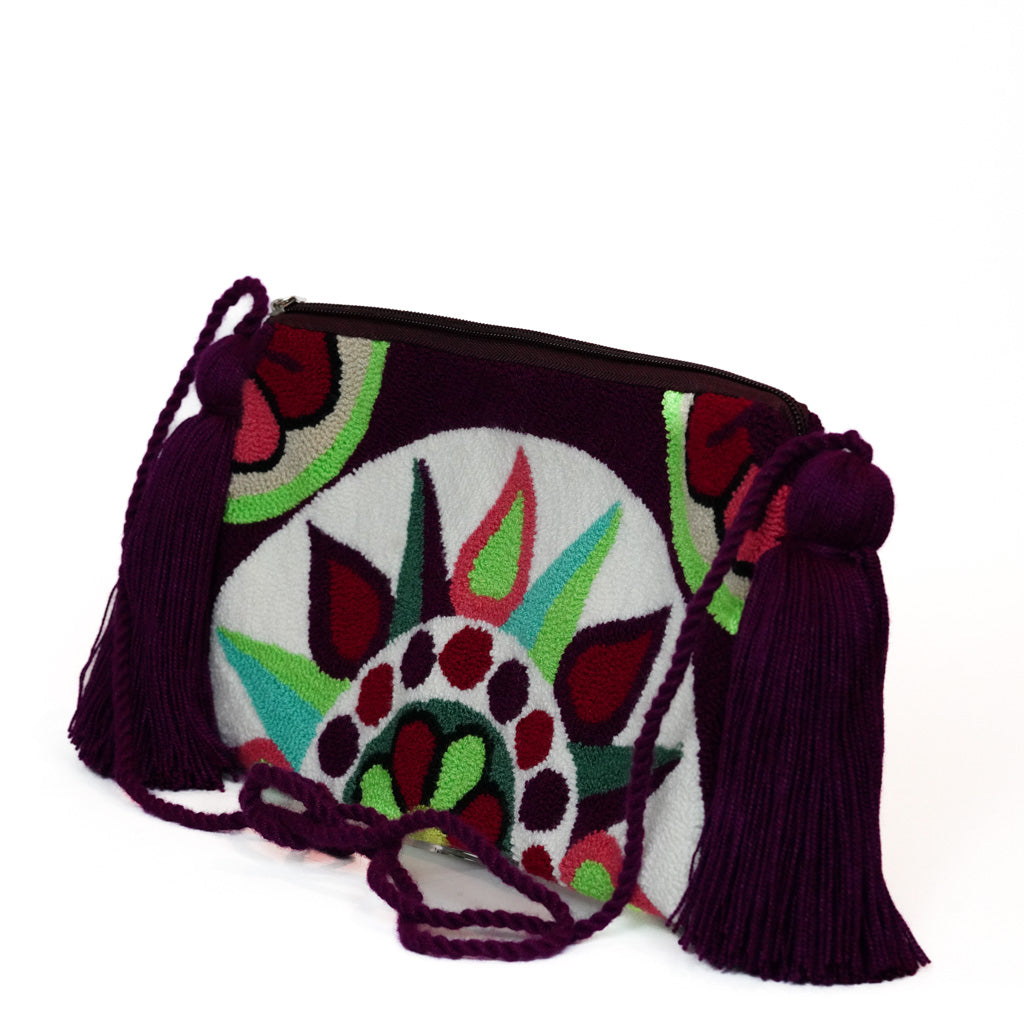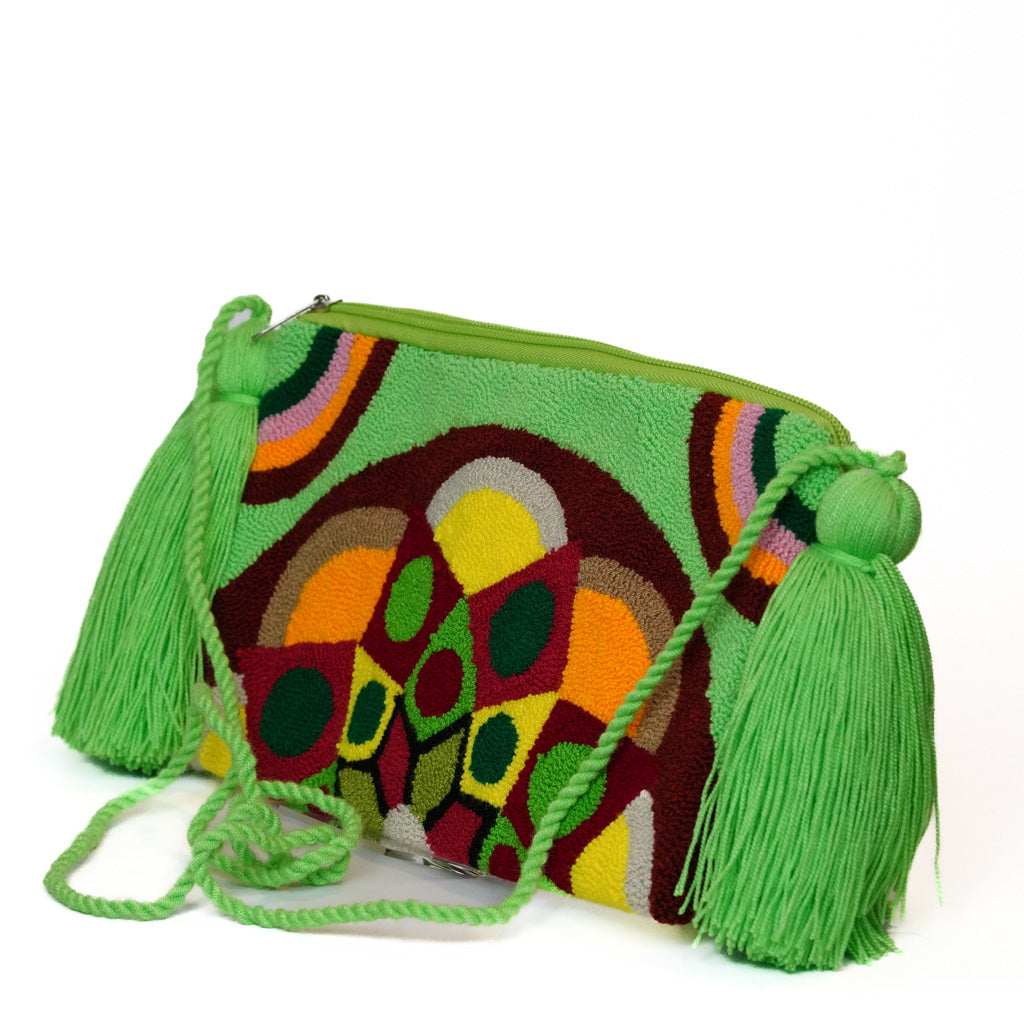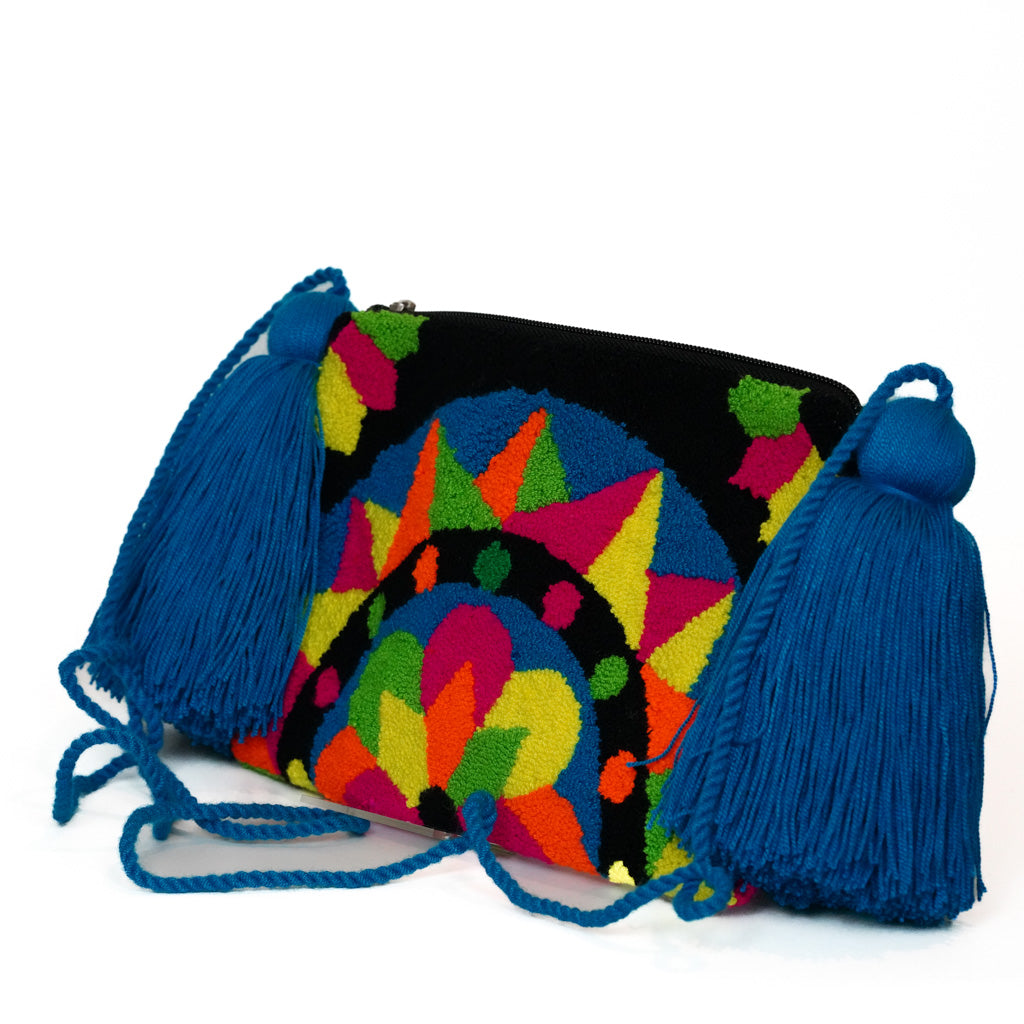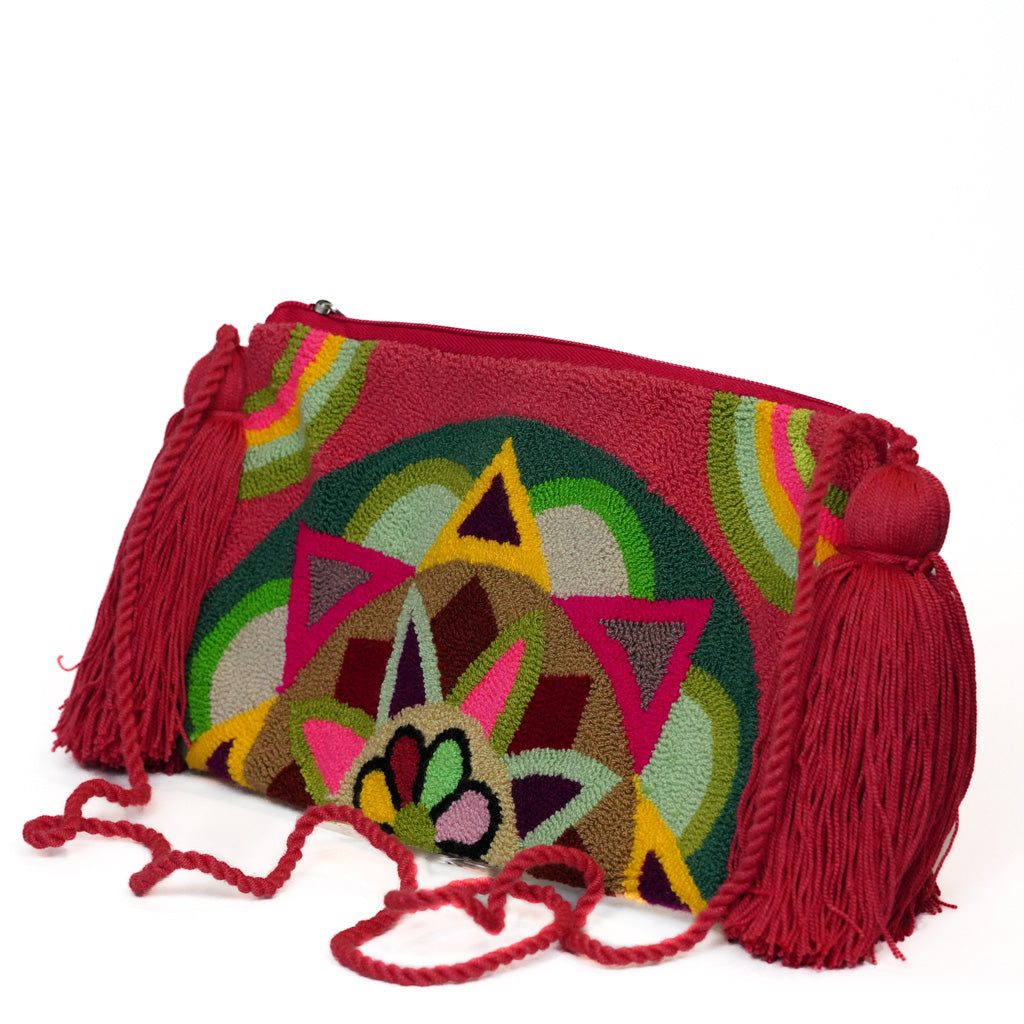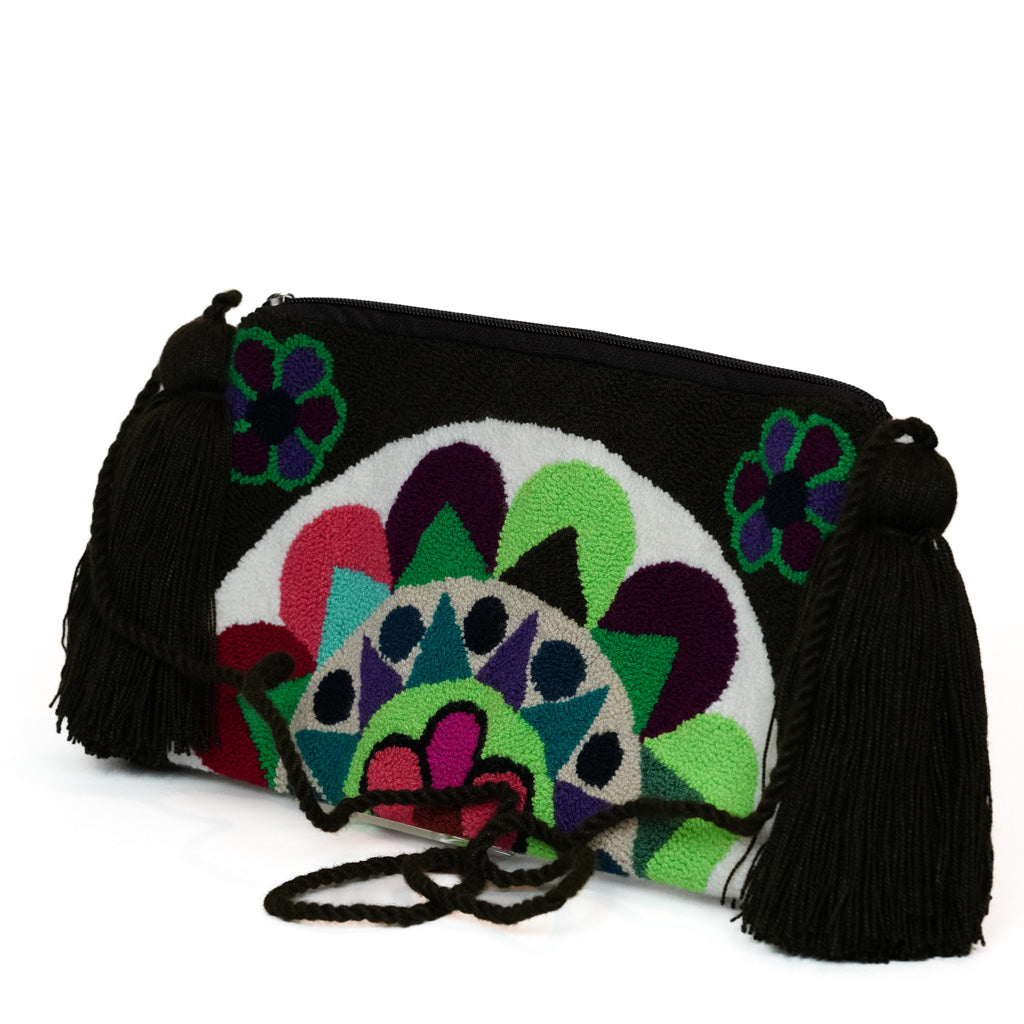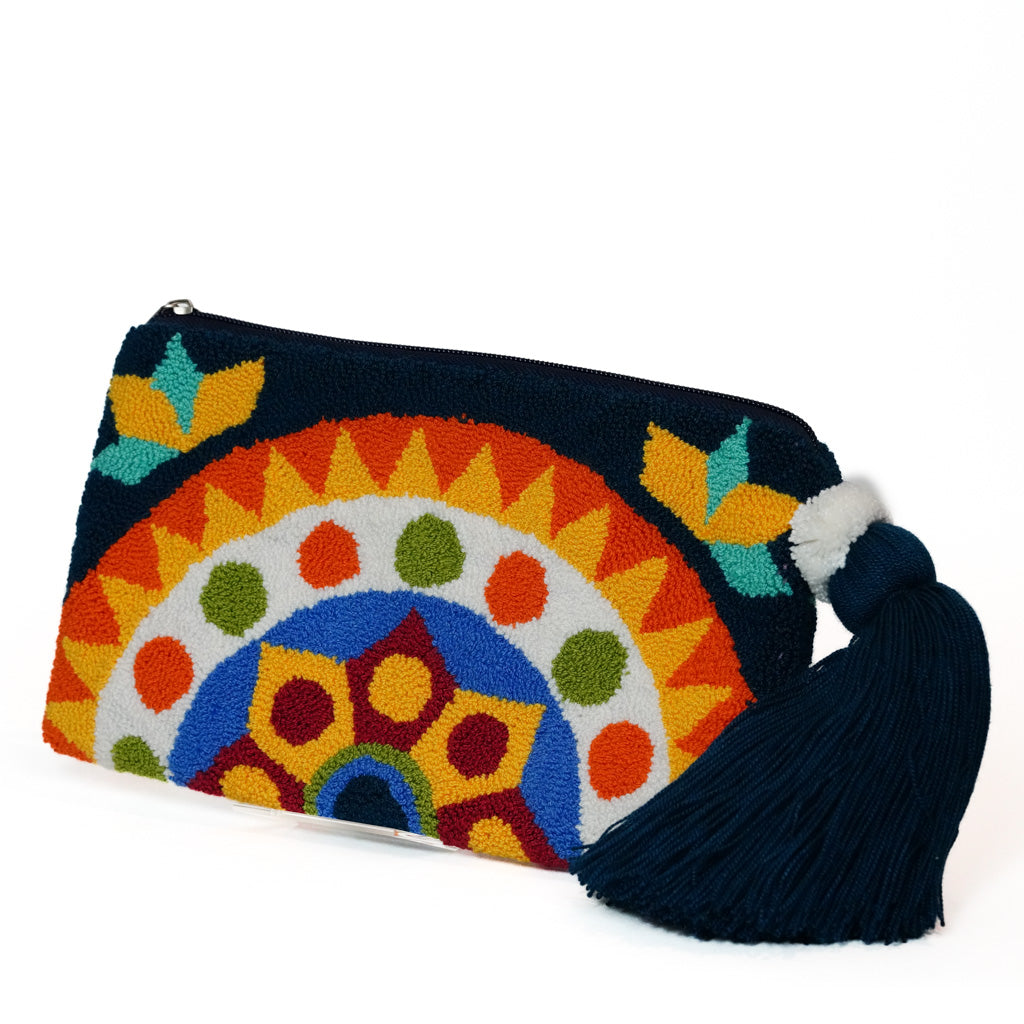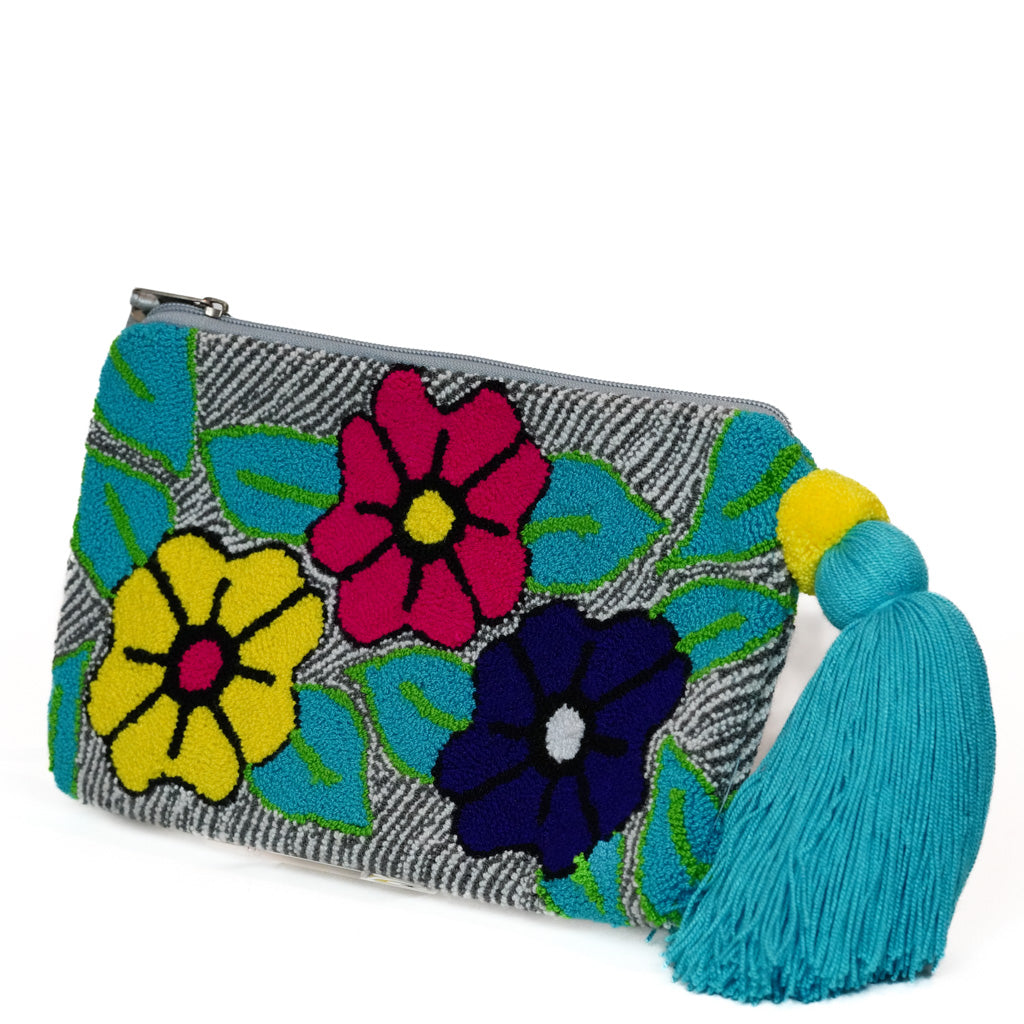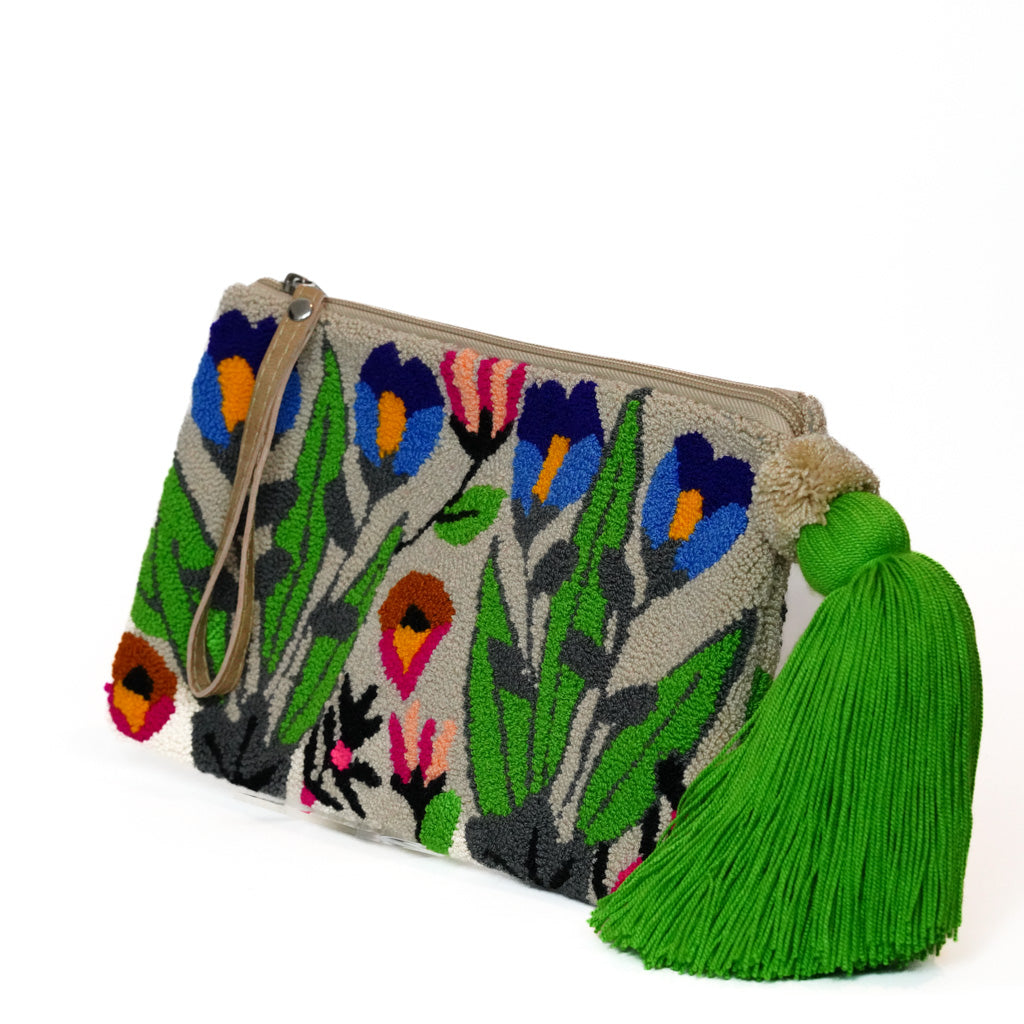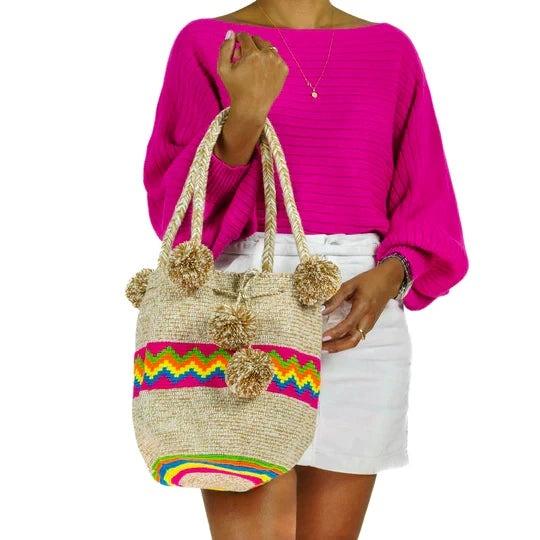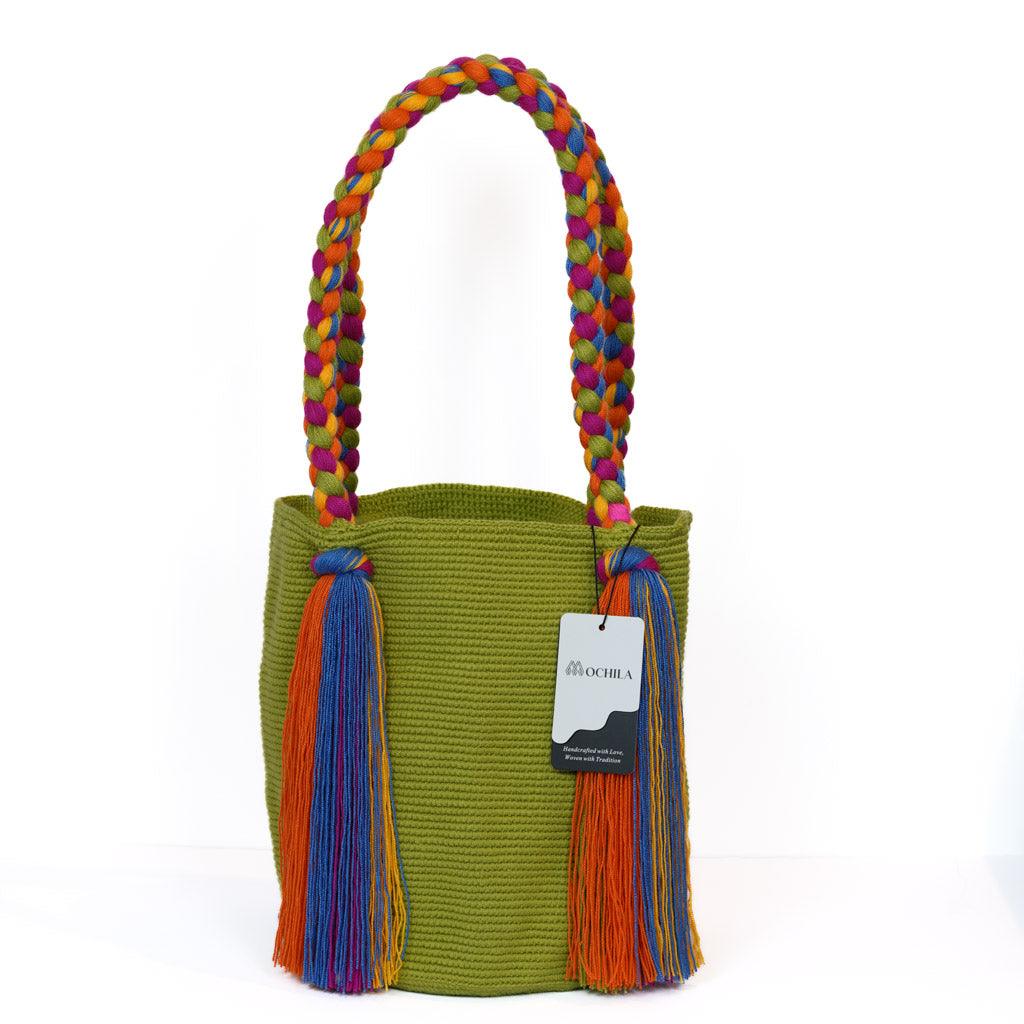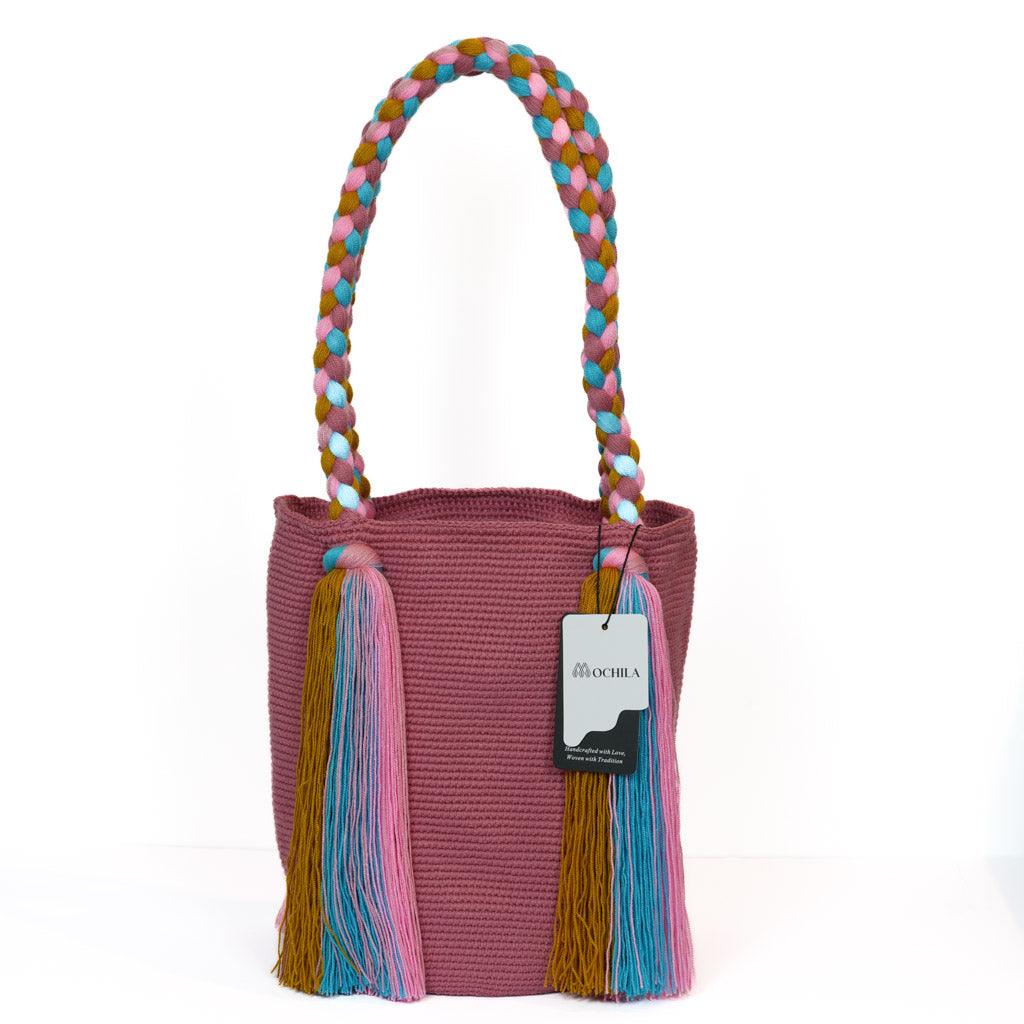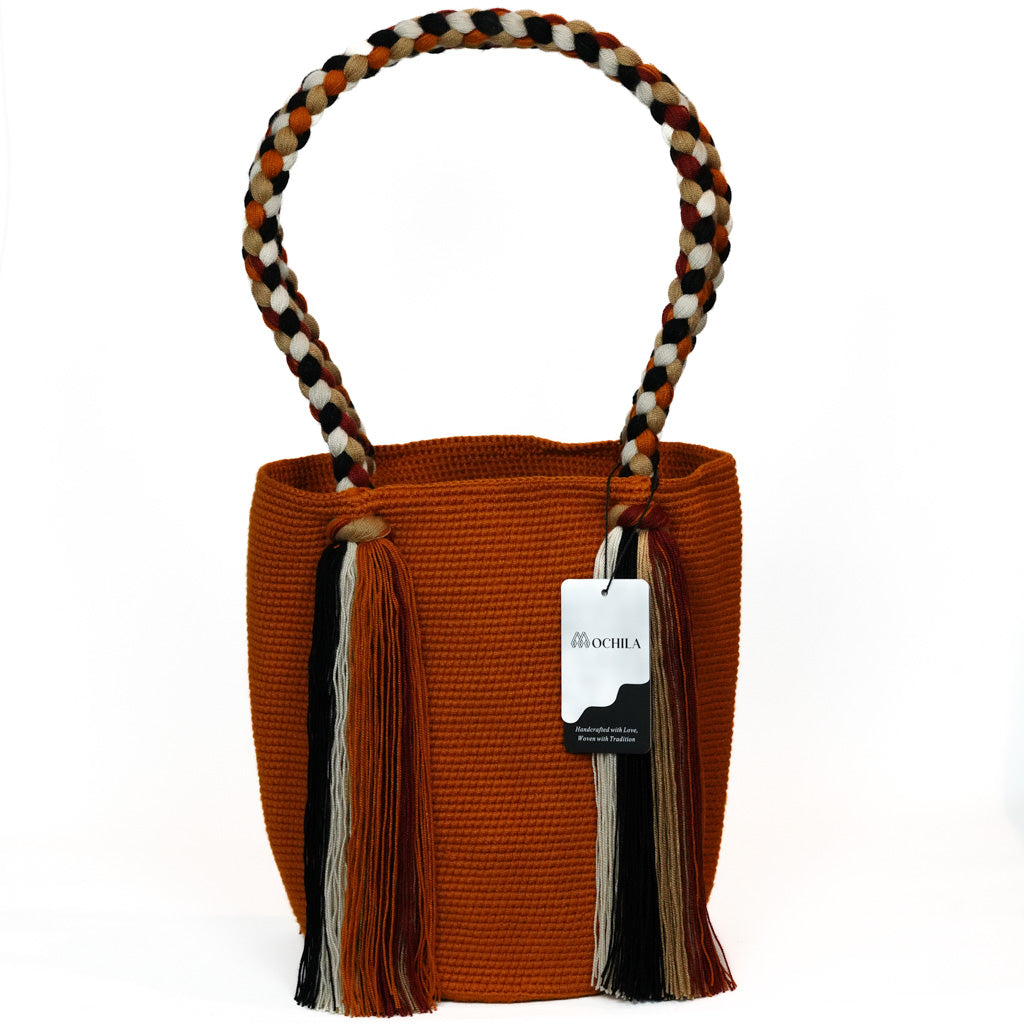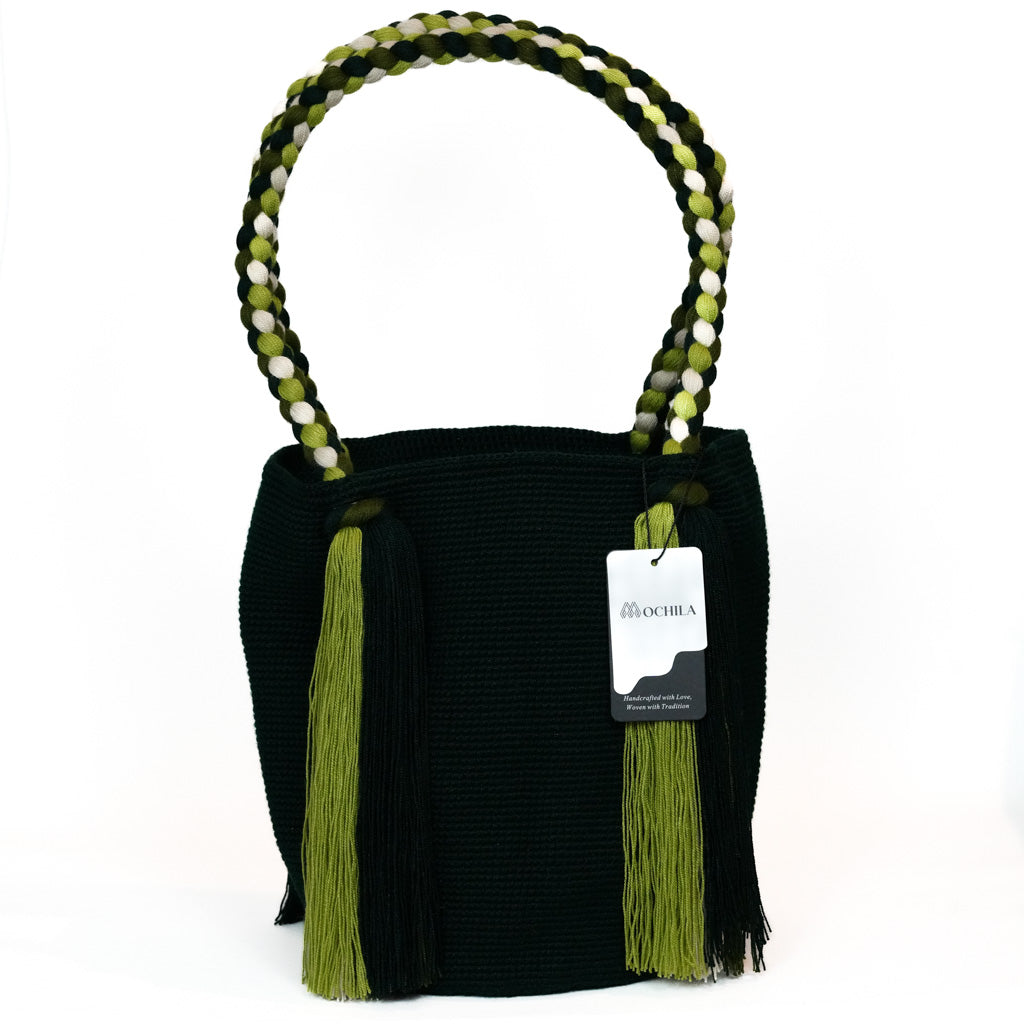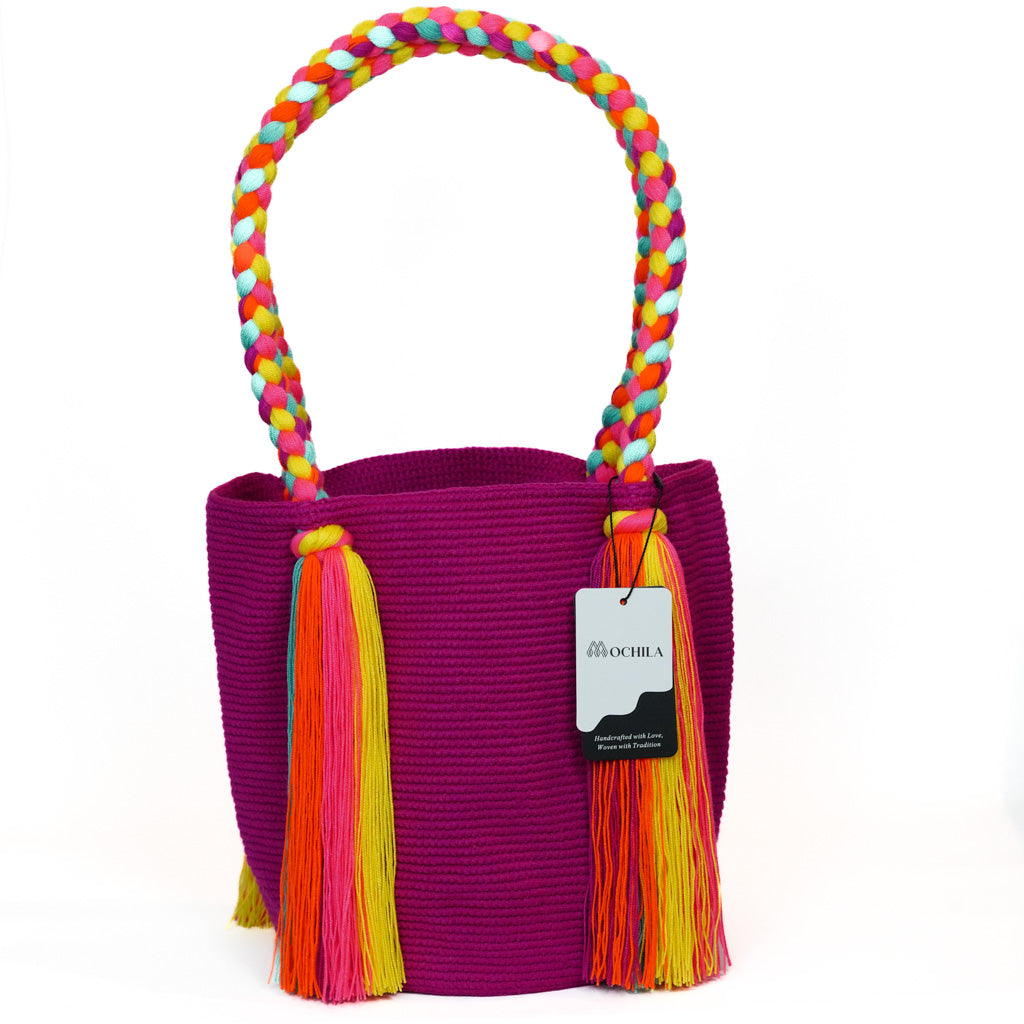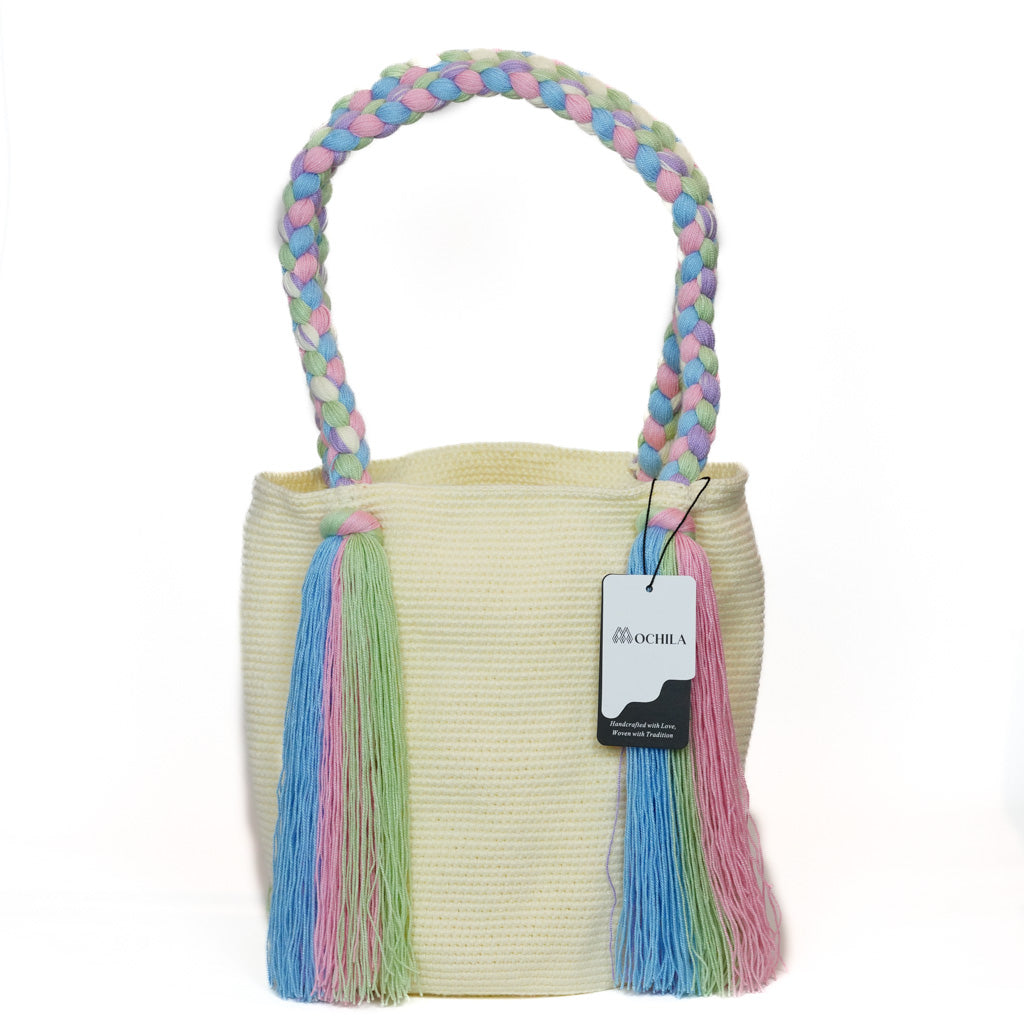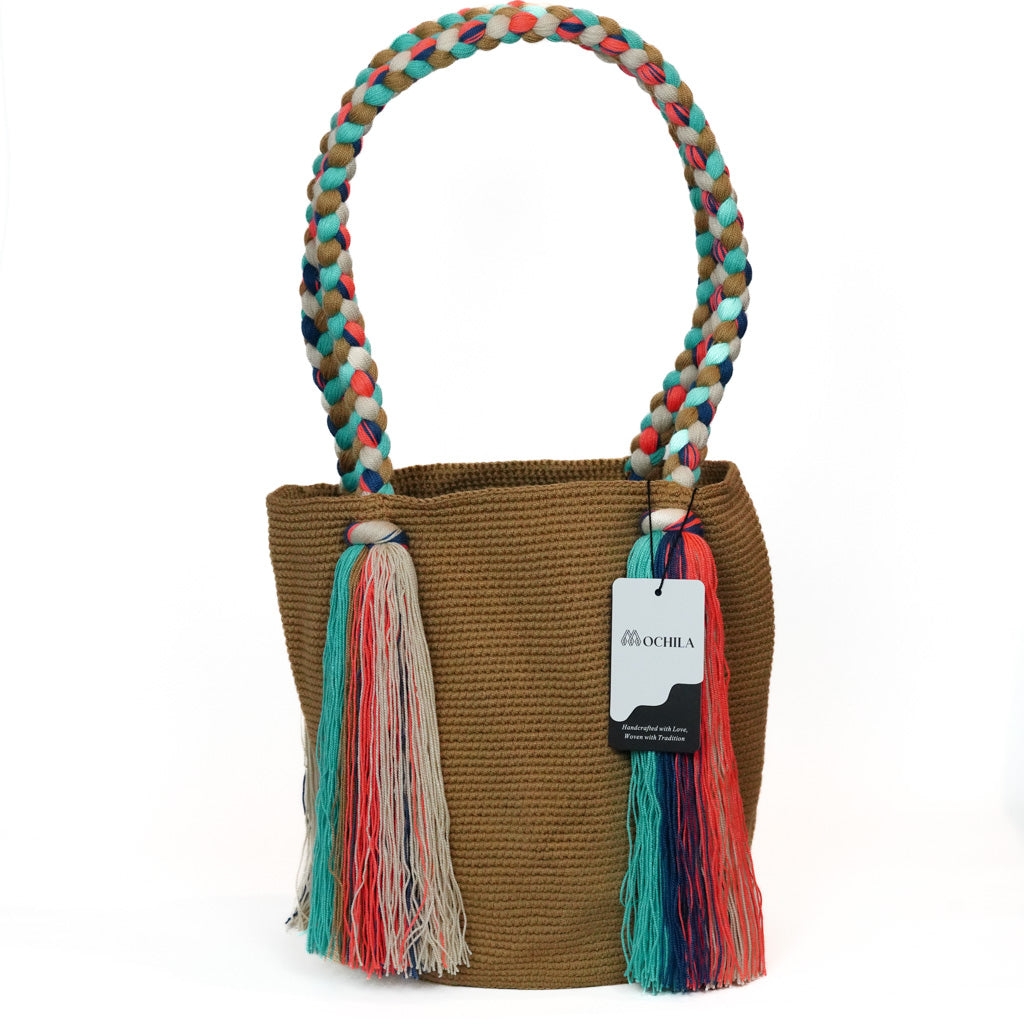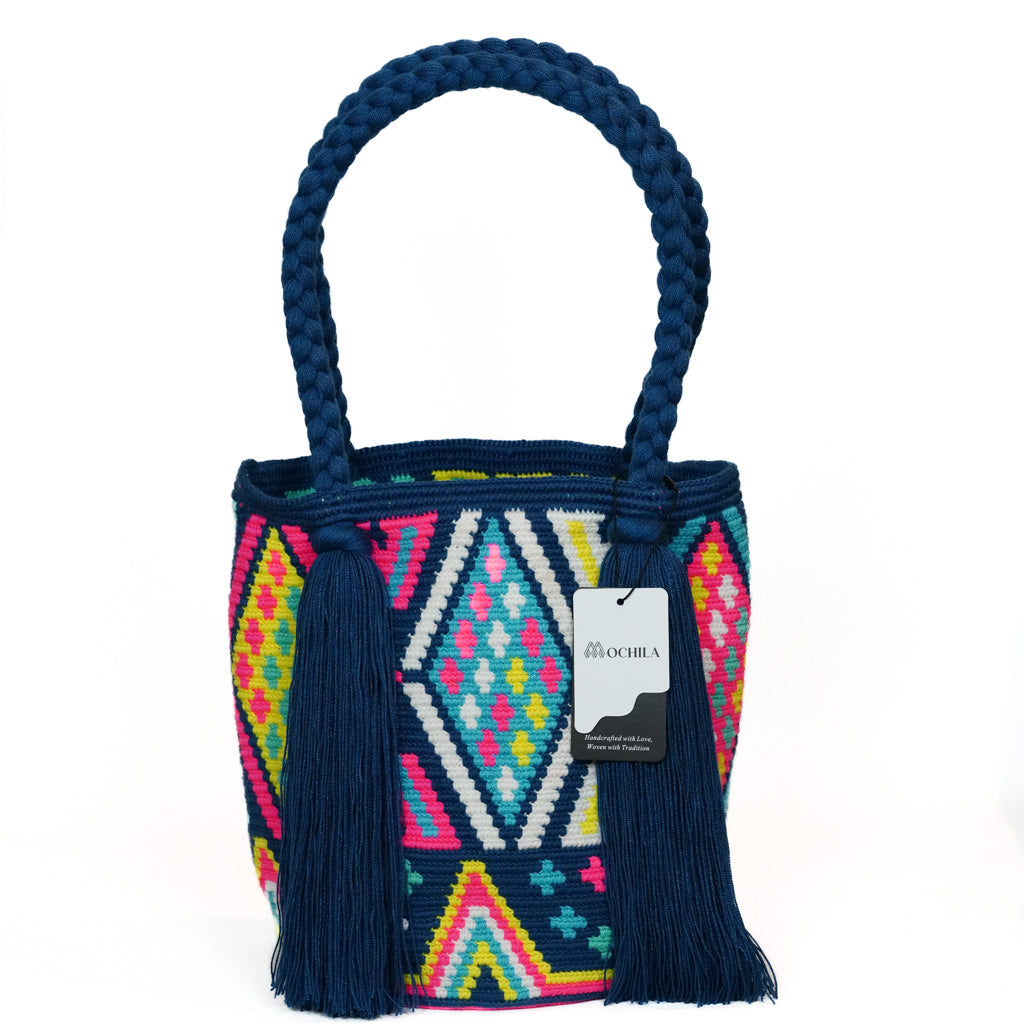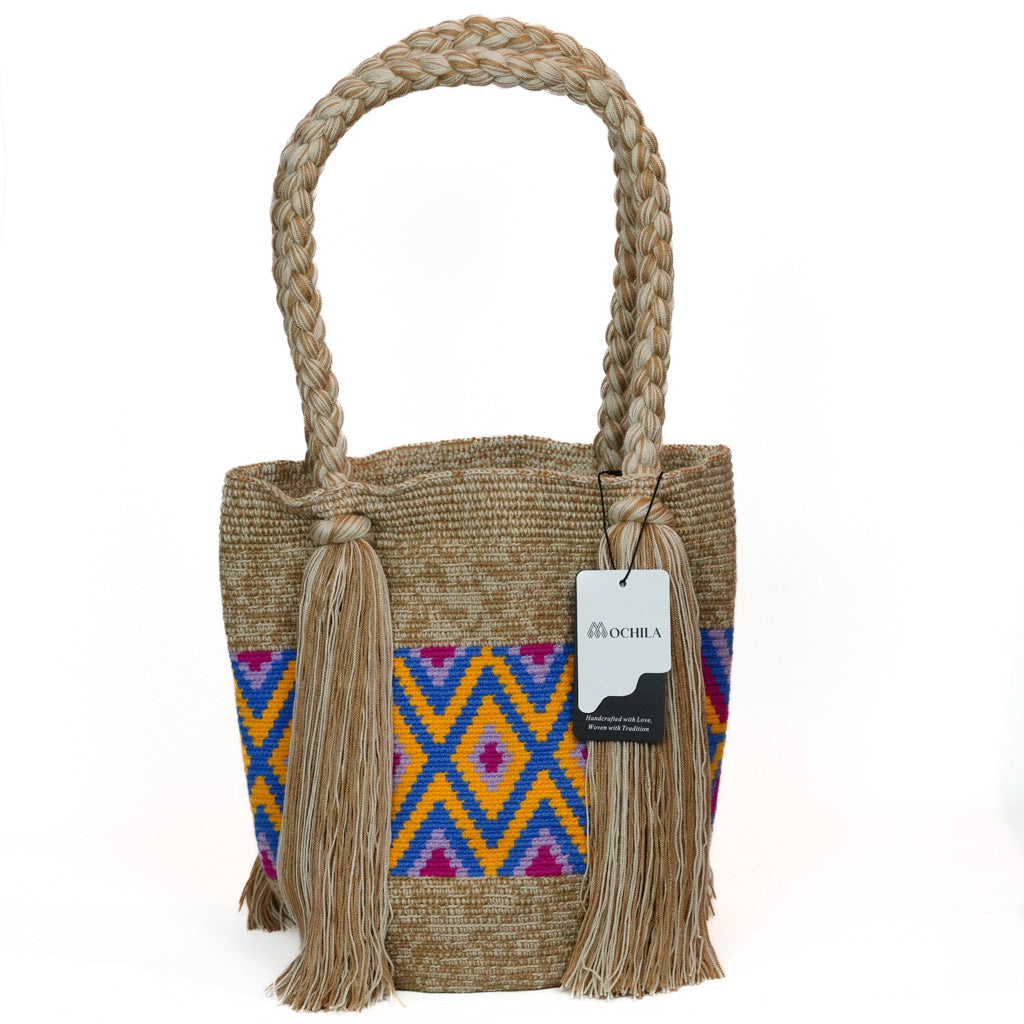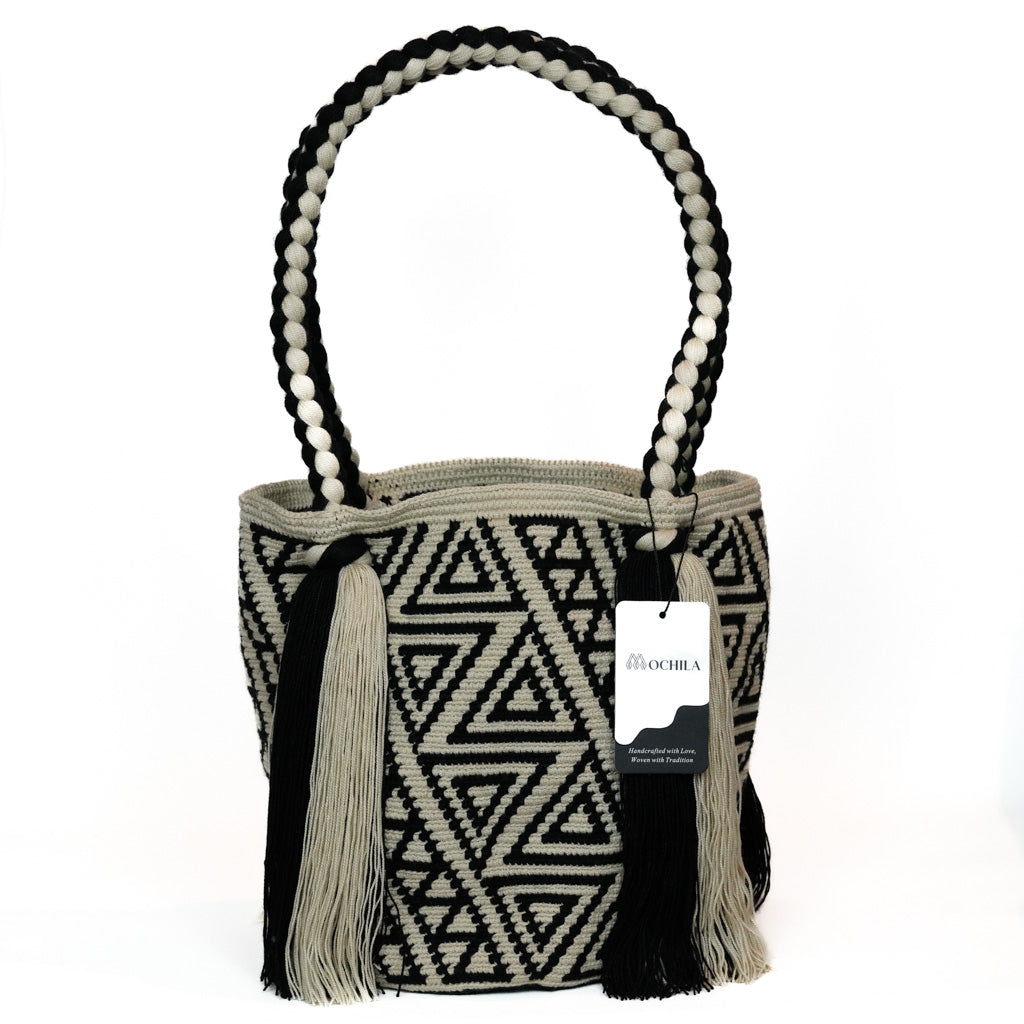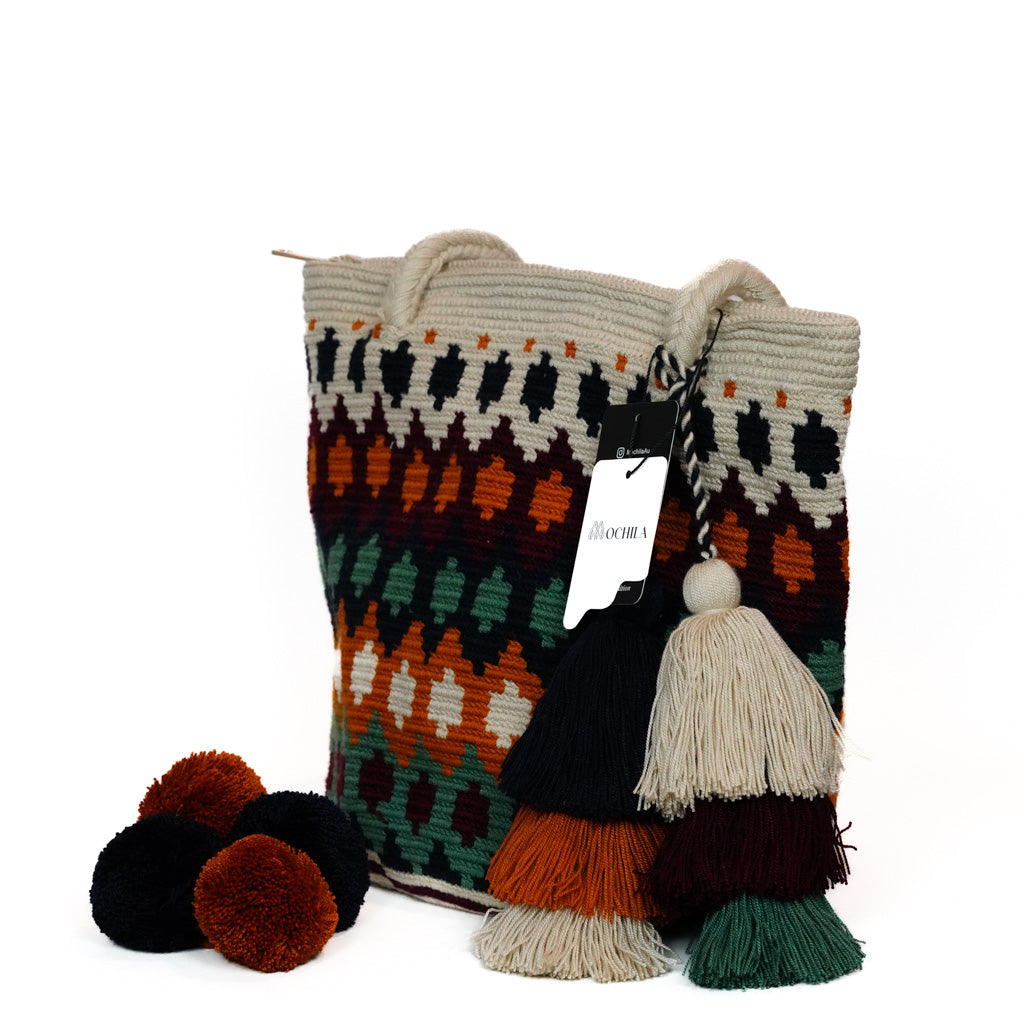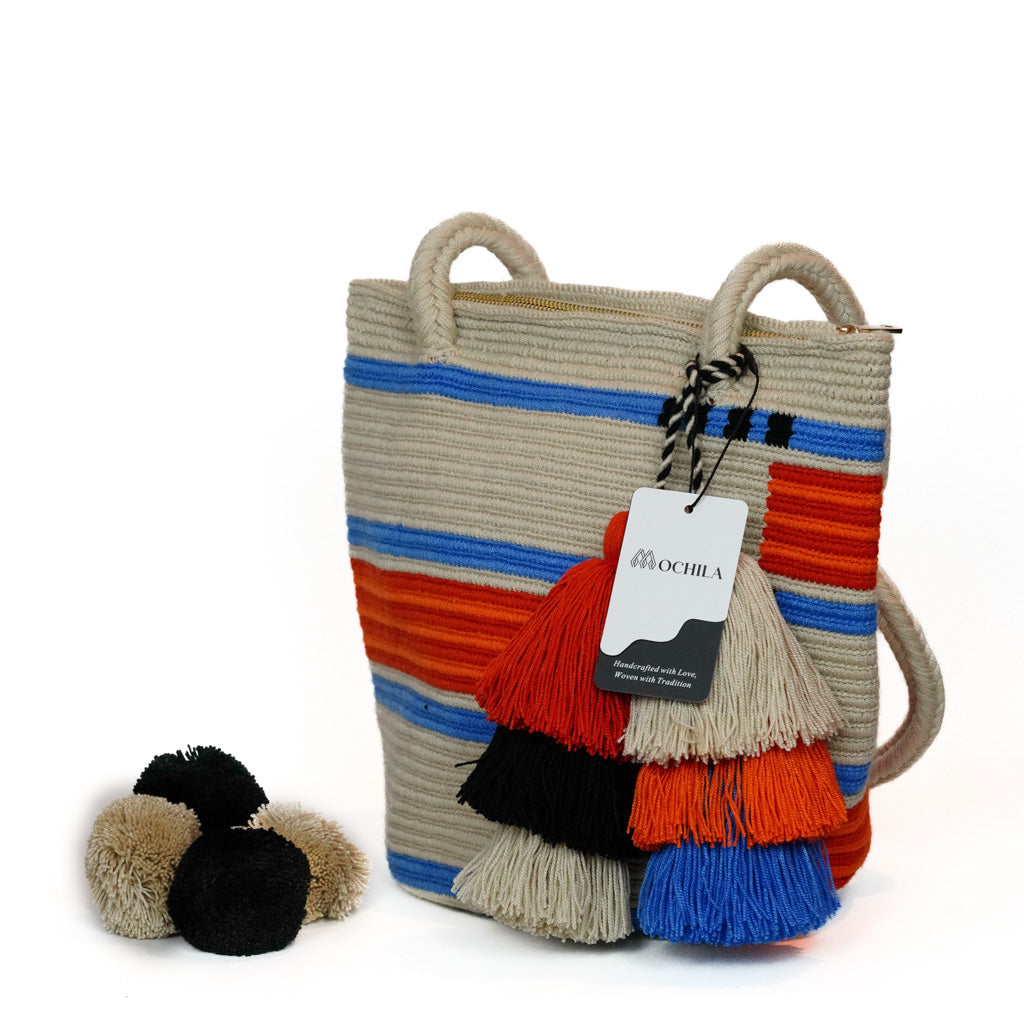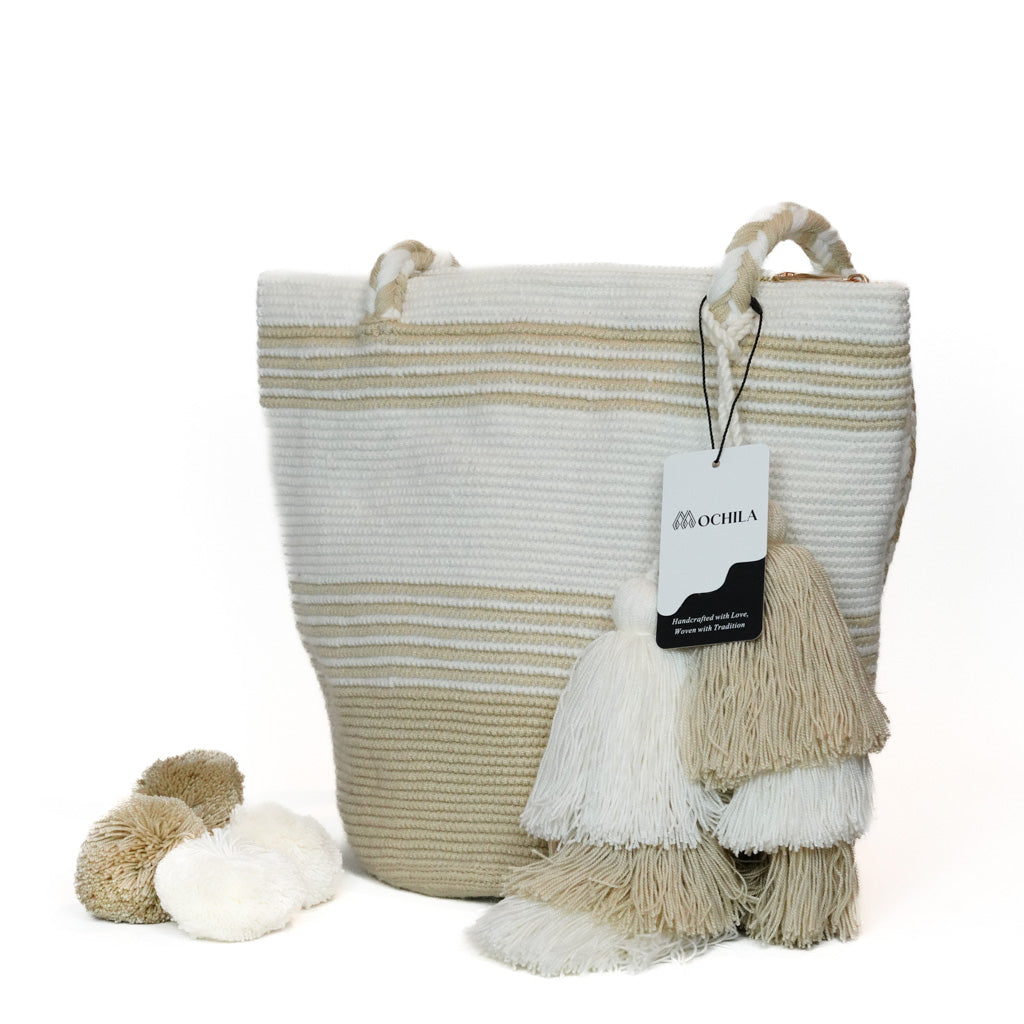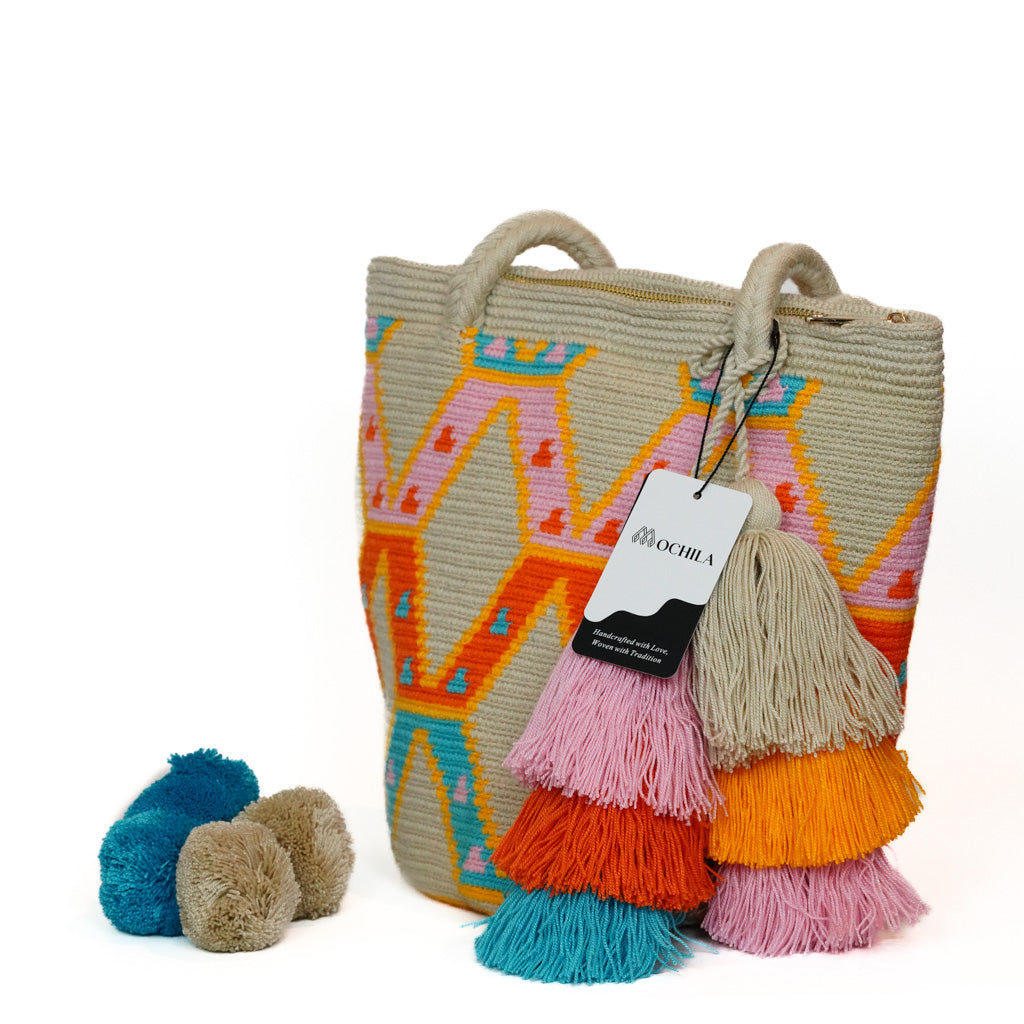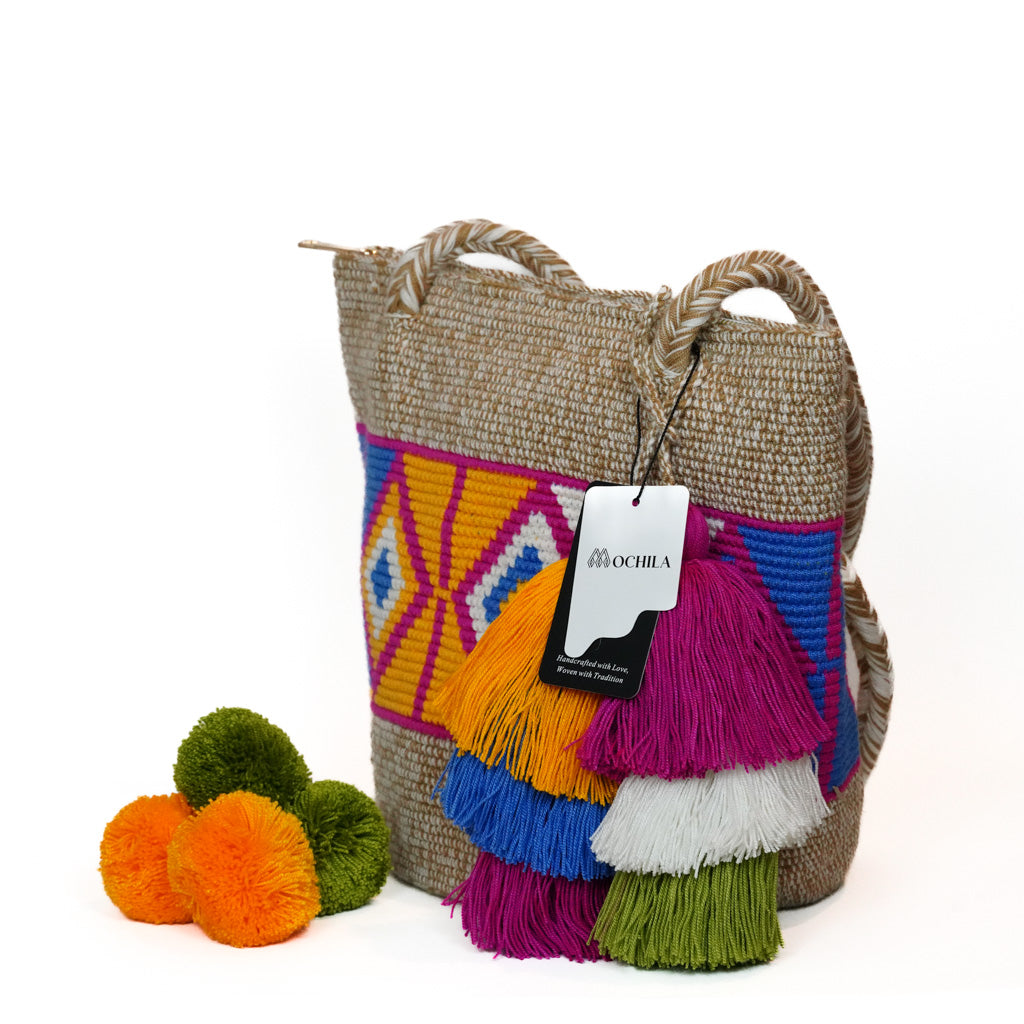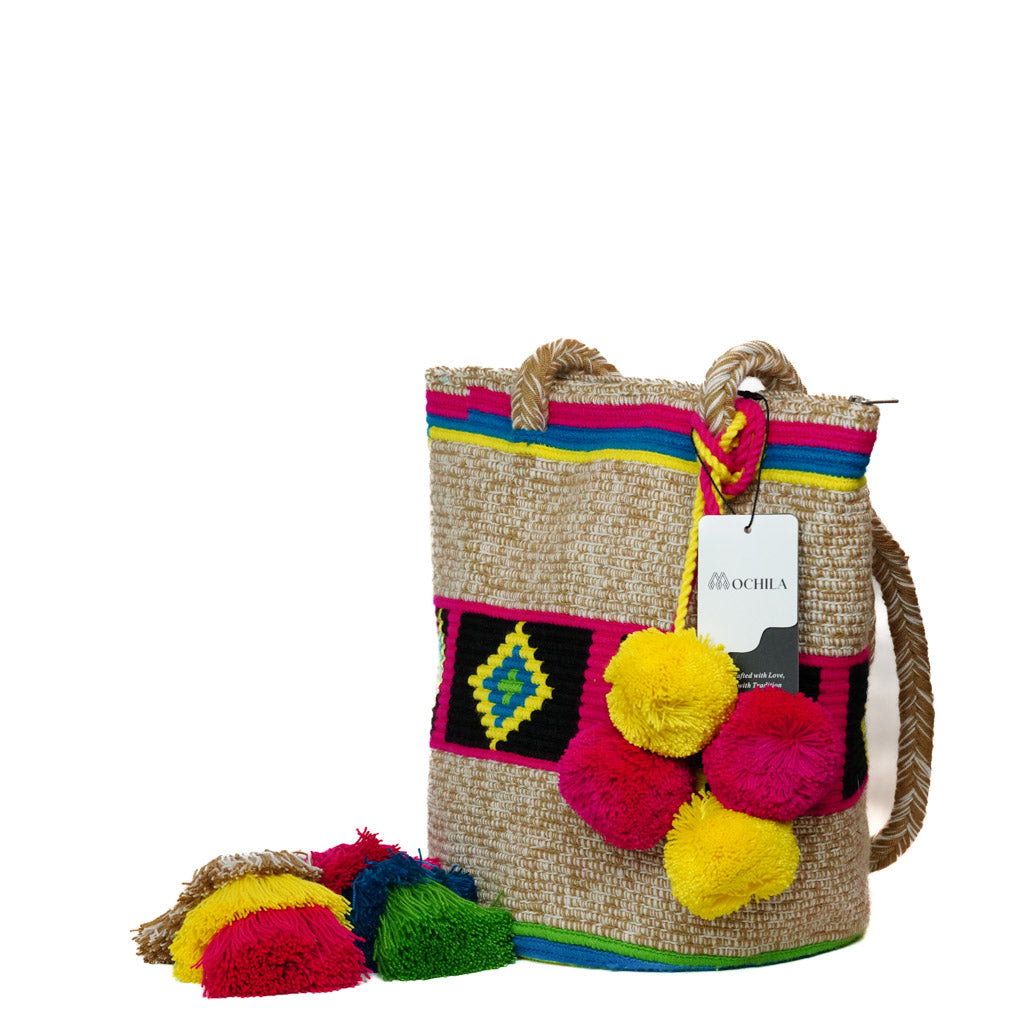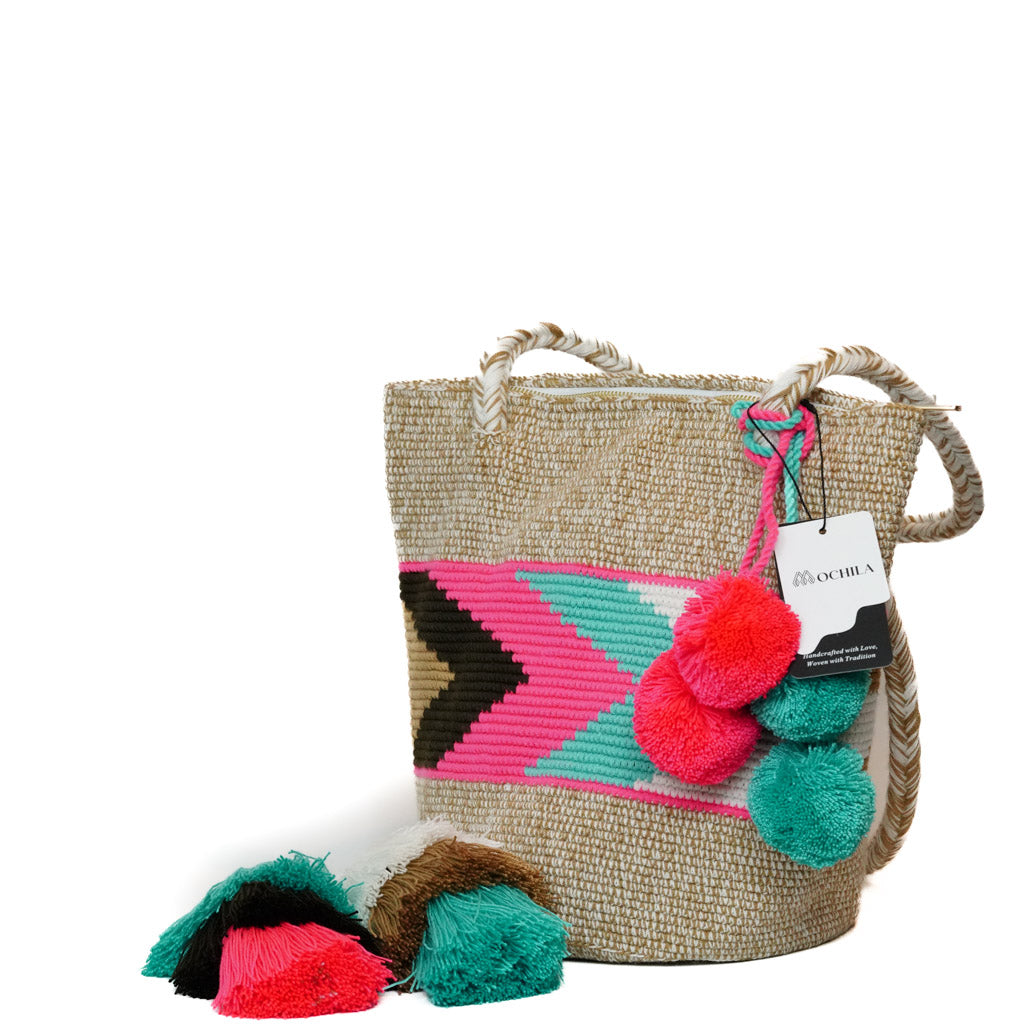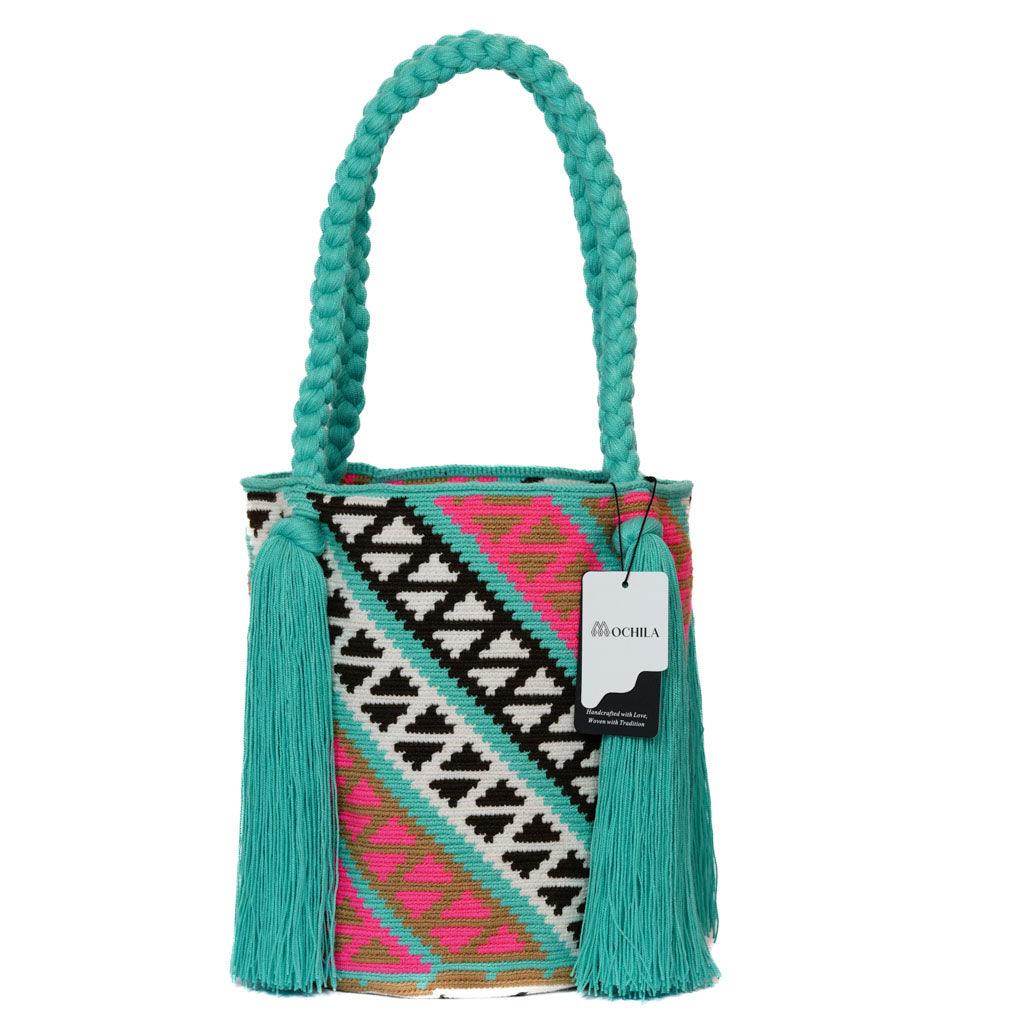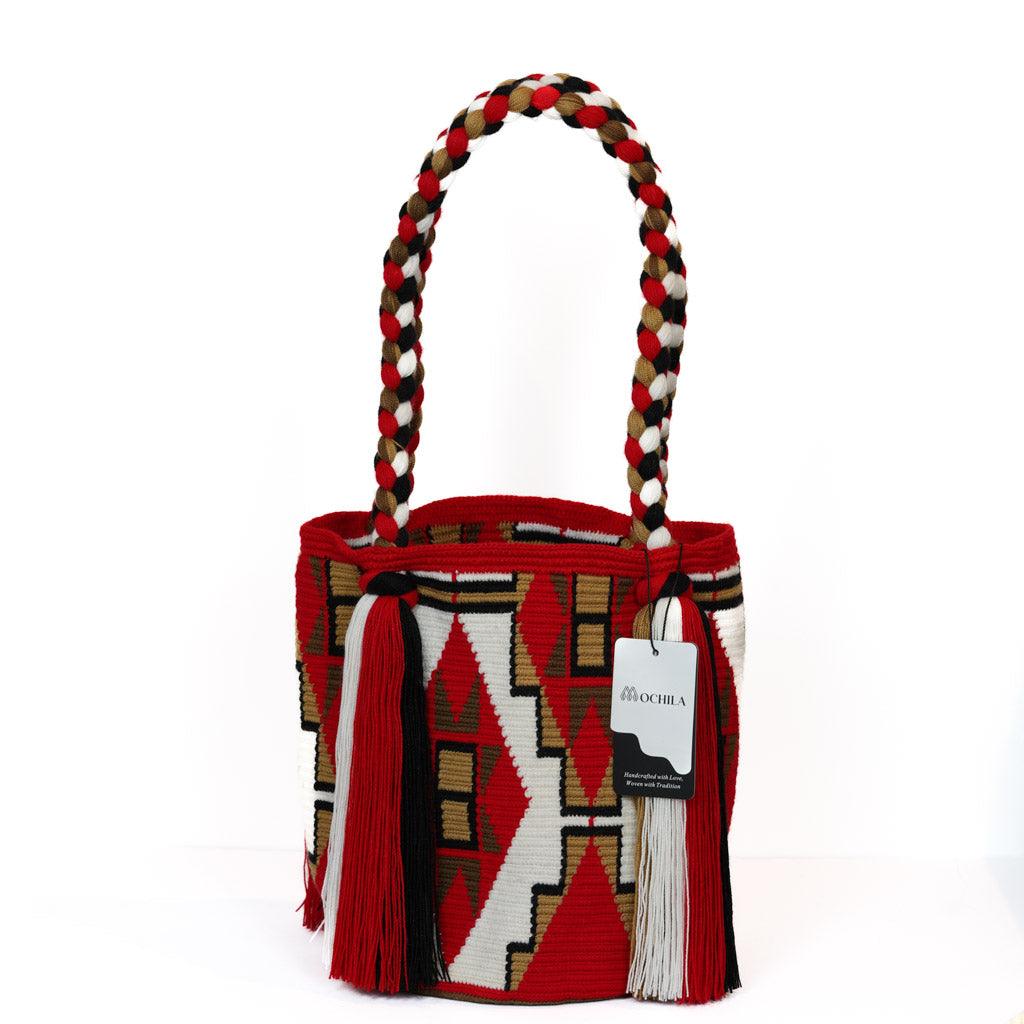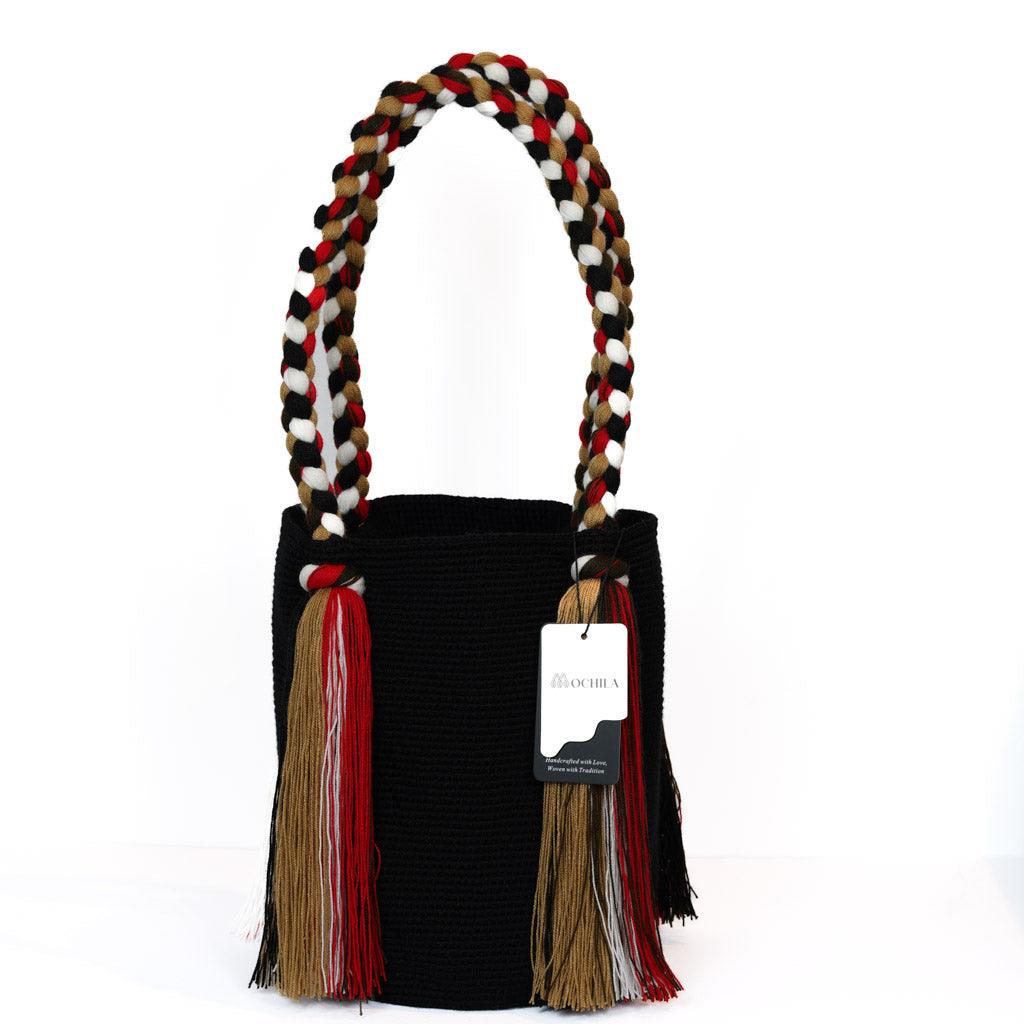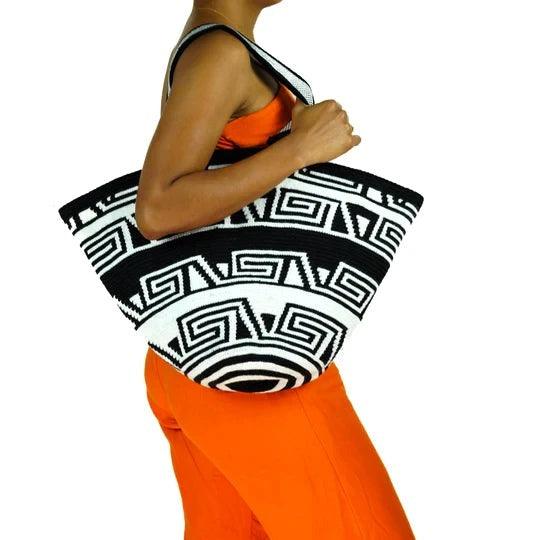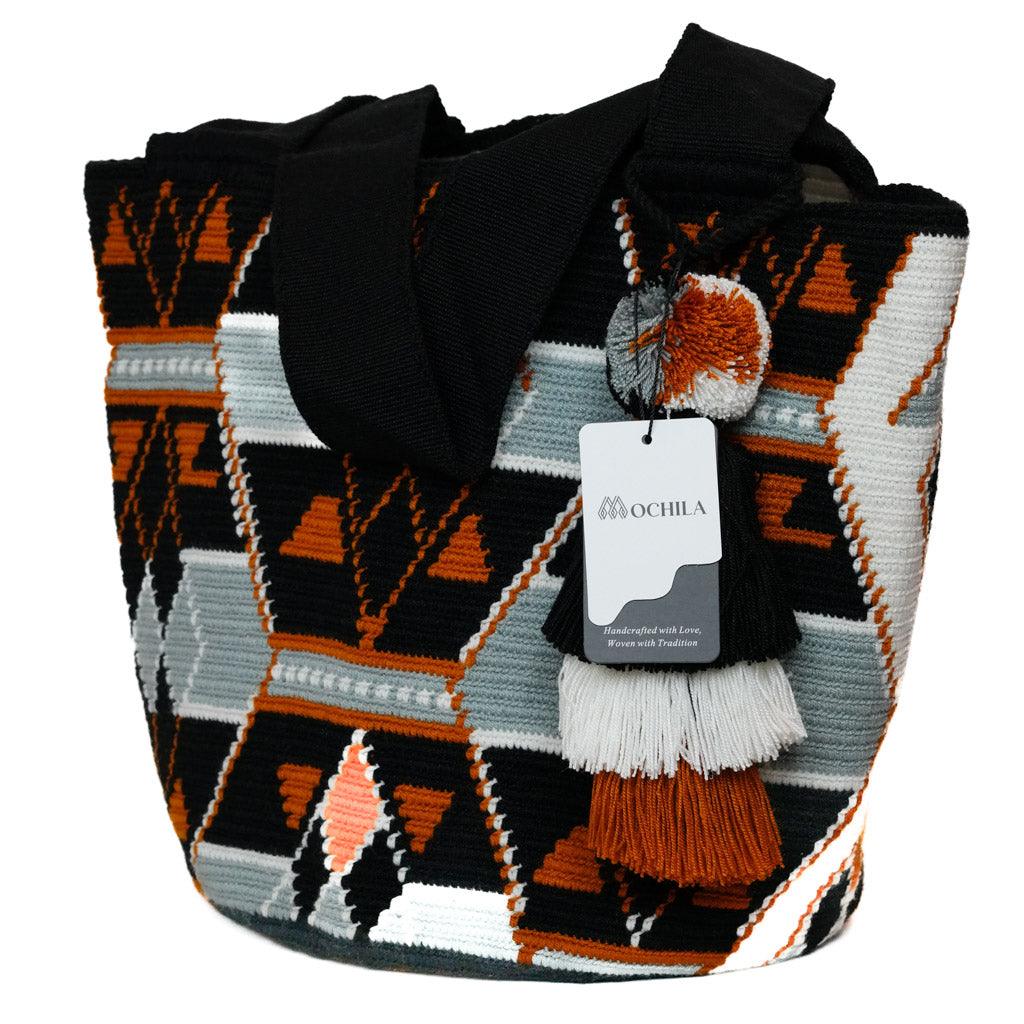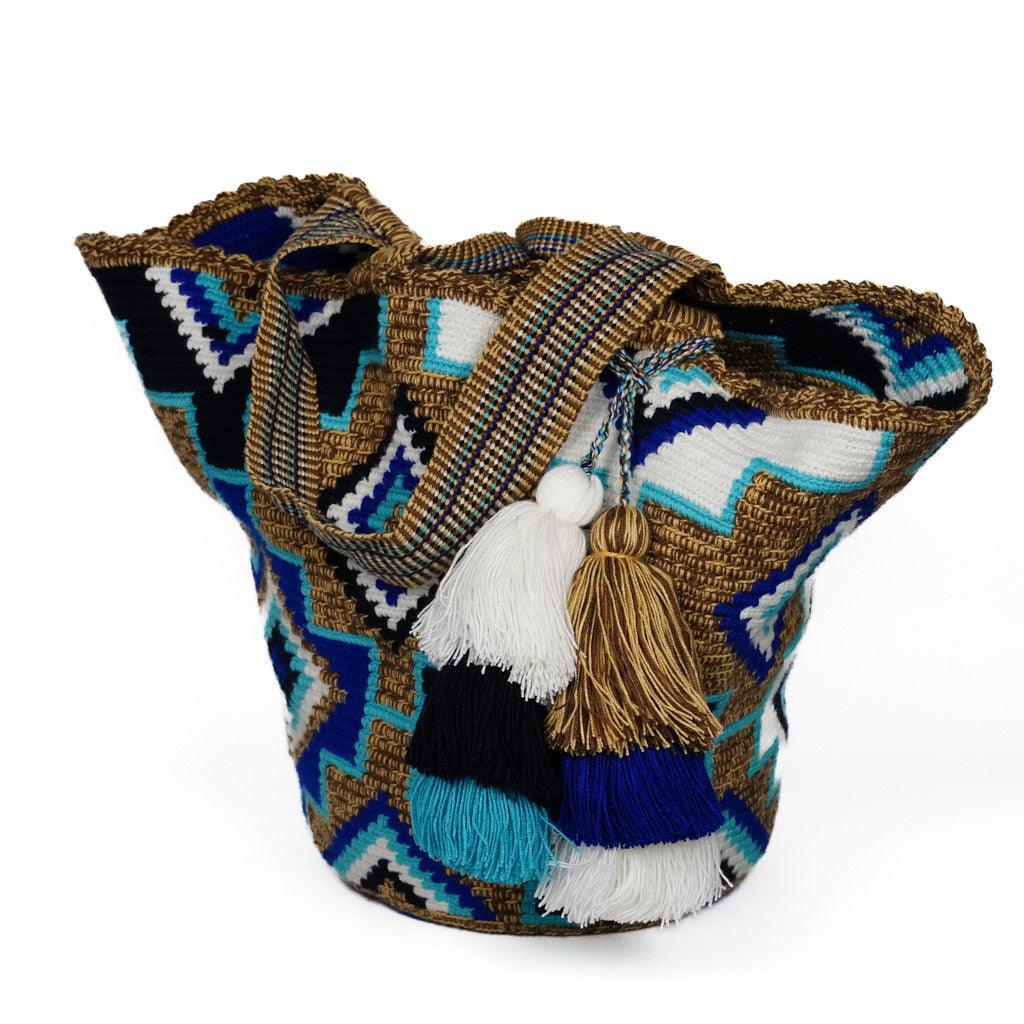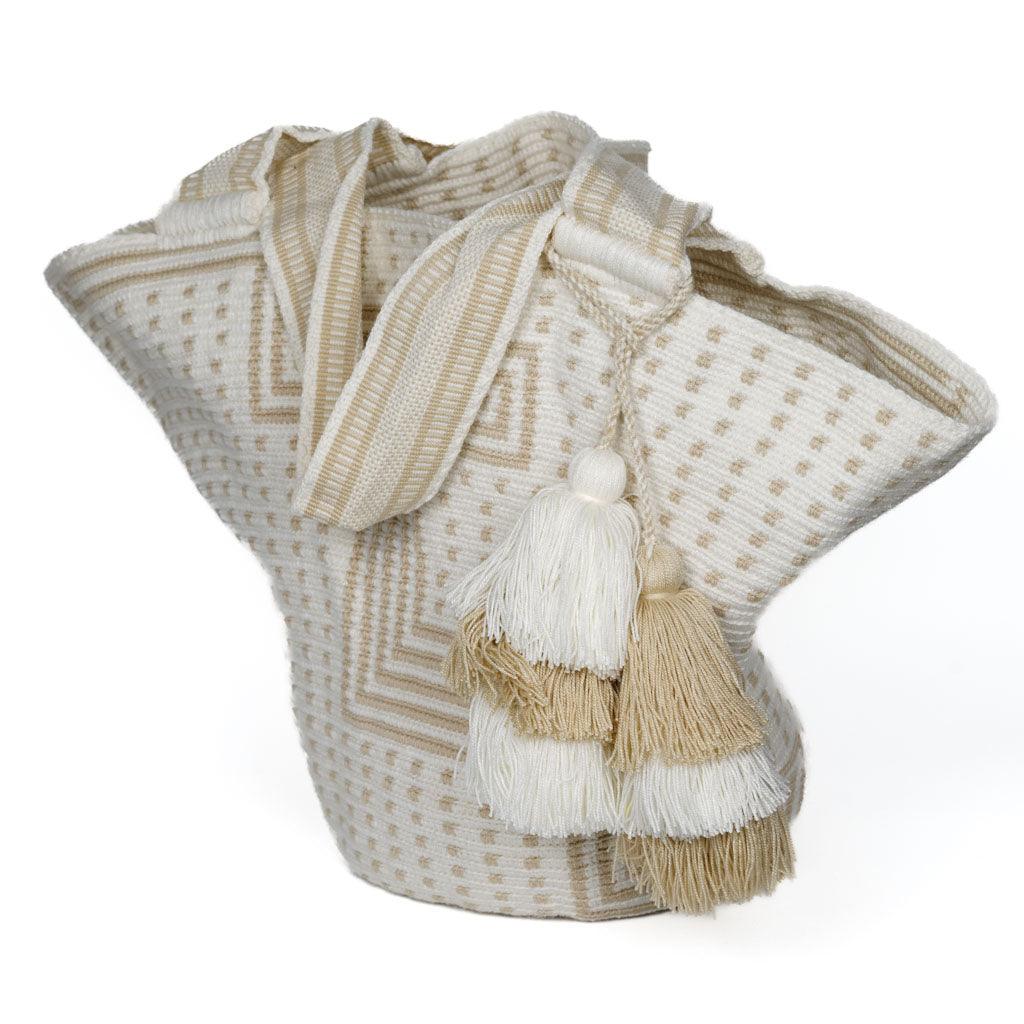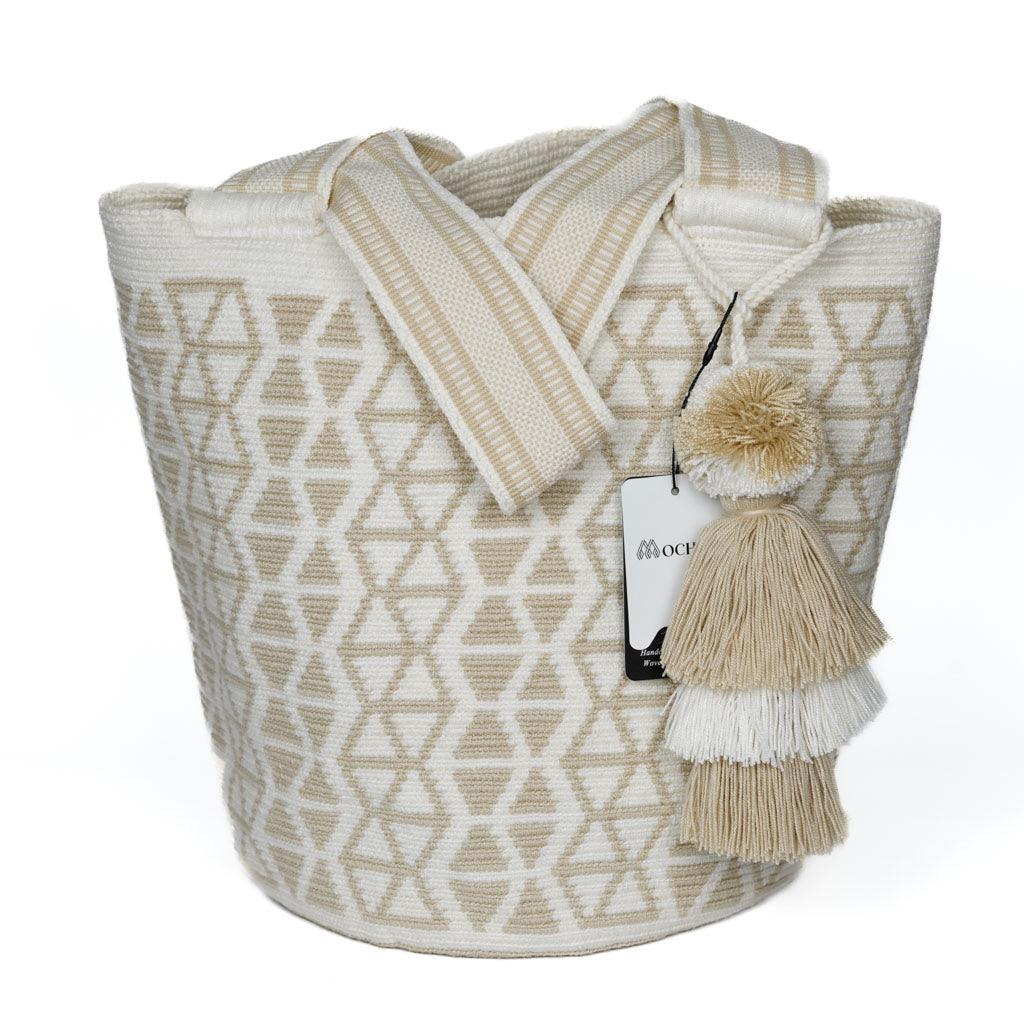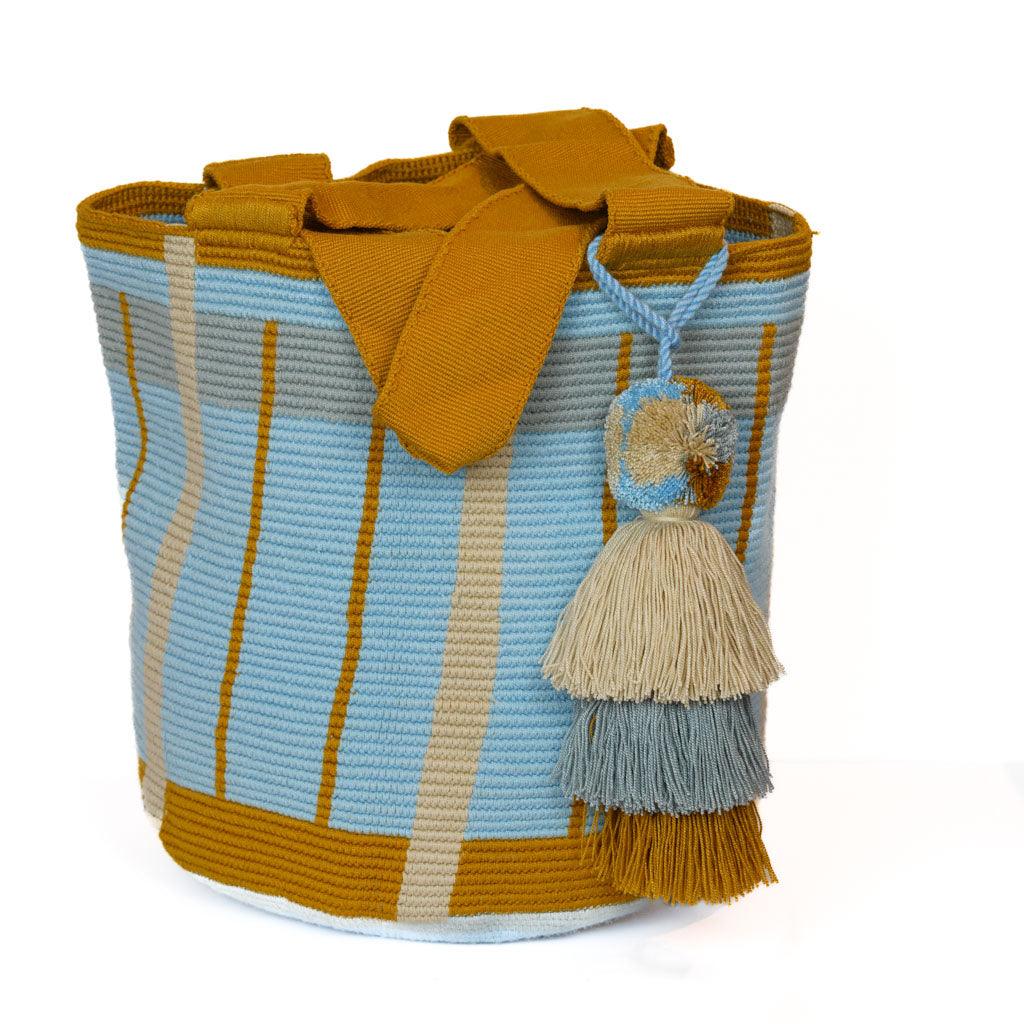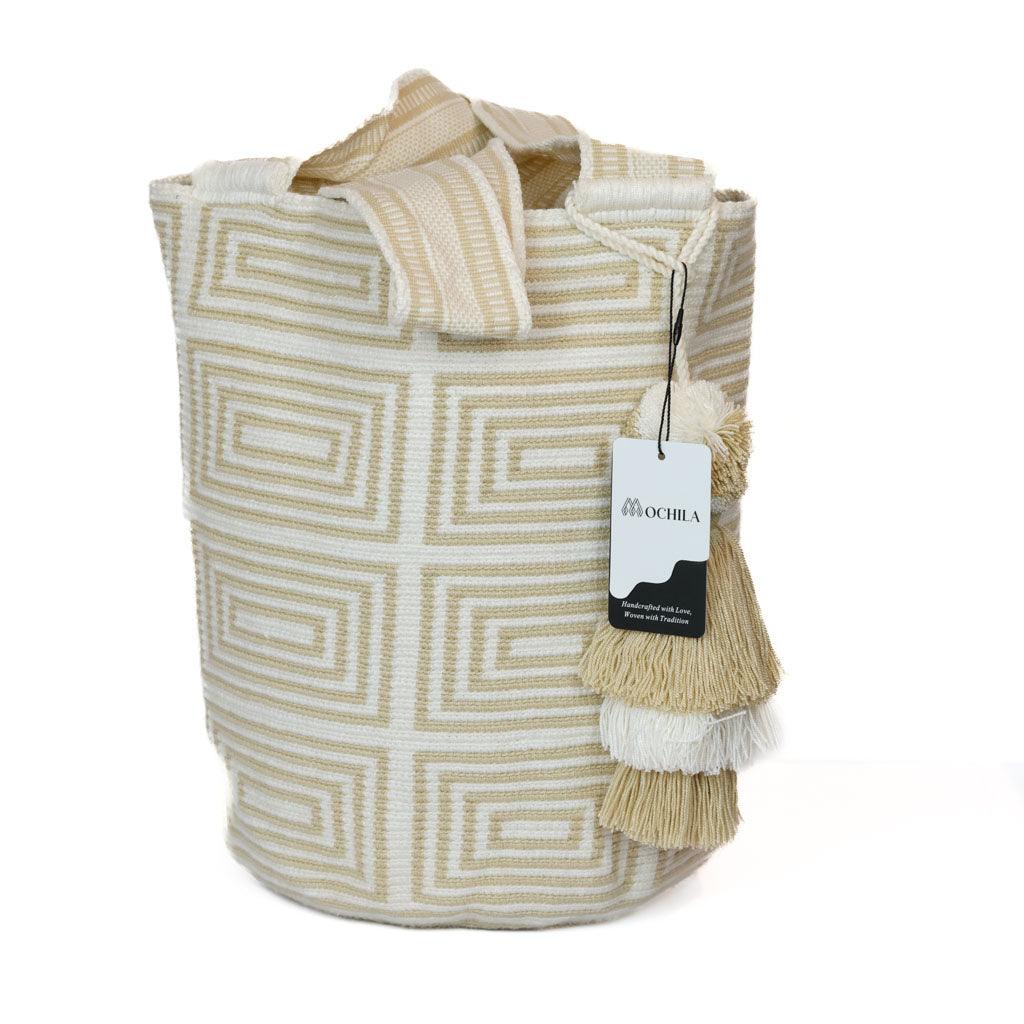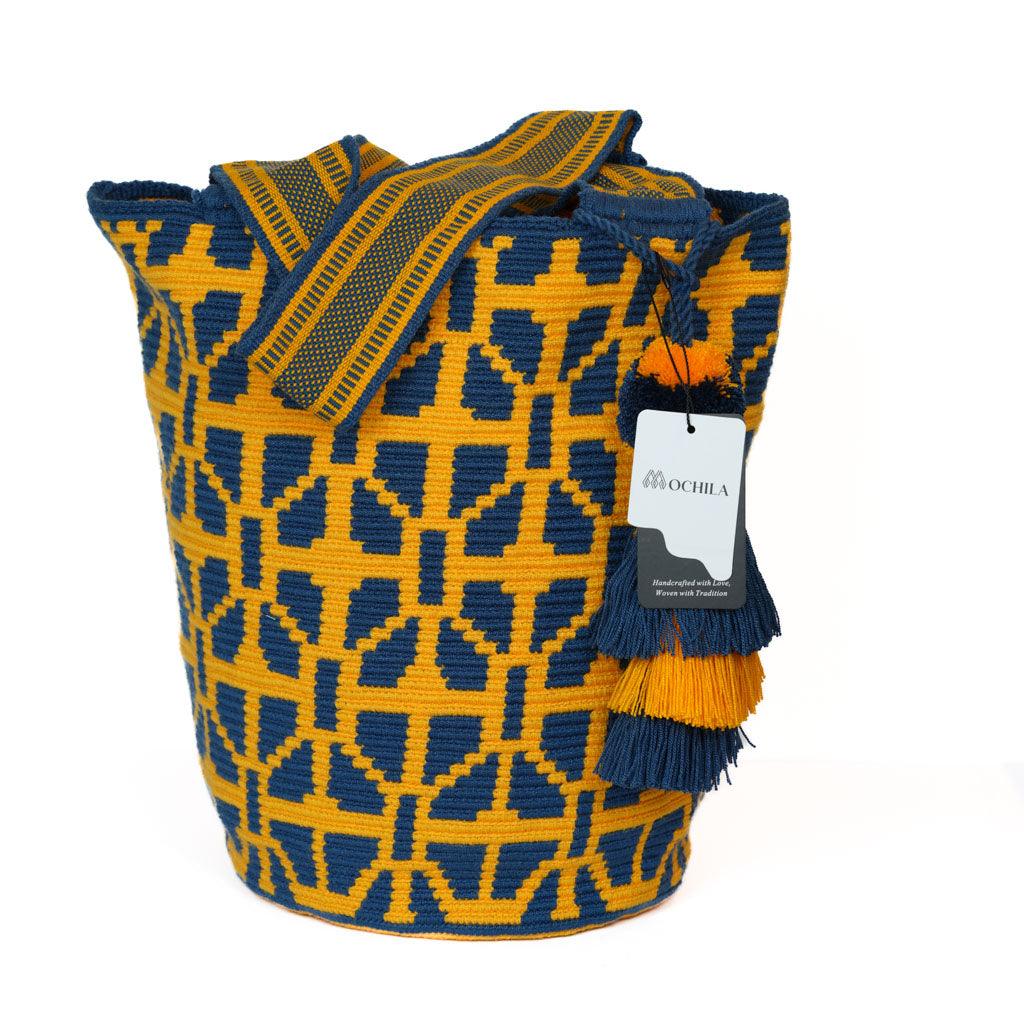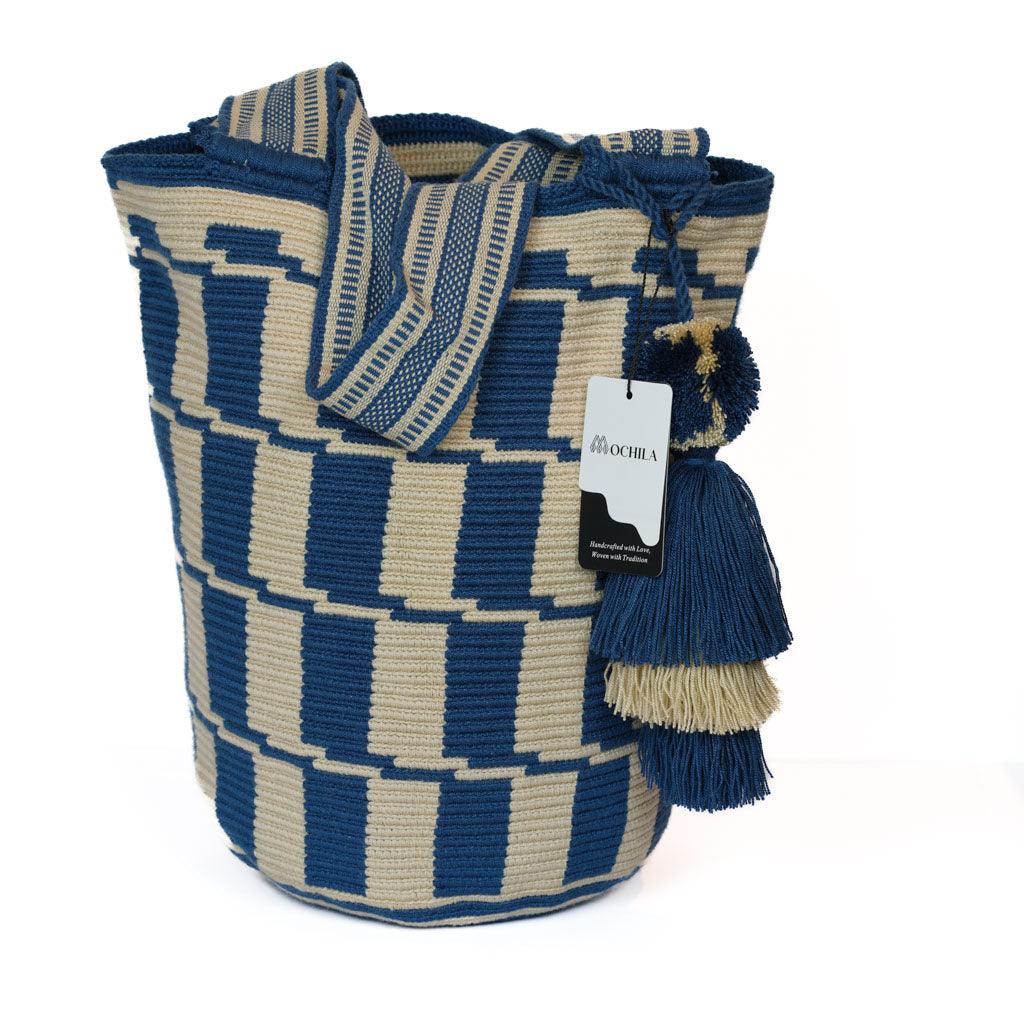Introduction to Crocheting Socks
As you continue to expand your crocheting skills, perhaps you've considered trying your hand at making your own cozy socks. Delving into the world of sock crocheting not only adds a new item to your repertoire but also opens the door to a whole new world of creativity and customization. In this guide, we'll introduce you to the appeal of handmade socks and the skills and tools you'll need to get started.
The Appeal of Handmade Socks
There's something uniquely satisfying about slipping on a pair of handmade socks. They're the epitome of comfort, and the fact that they're crafted by you adds a special touch of personalization. Crocheting your own socks allows you to tailor them to your exact size and preference, ensuring a perfect fit every time. Plus, you can choose your favorite colors and patterns, making each pair truly one-of-a-kind. But the appeal goes beyond the end product. The process of crocheting socks can be incredibly therapeutic, offering a relaxing and rewarding pastime that lets you unwind while creating something practical and beautiful.
Required Skills and Tools for Crocheting Socks
Before embarking on your sock crocheting journey, it's important to ensure you have the necessary skills and tools. While crocheting socks is not overly complex, it does require a basic understanding of crochet techniques. You should be comfortable with fundamental stitches, understanding how to increase and decrease stitches, and working in the round. If you're new to crocheting, you might want to start with our how to crochet for beginners guide.
As for tools, you'll need a crochet hook suitable for the yarn weight you're using. The size of the hook will affect the size of your stitches and, ultimately, the size of your sock, so it's important to choose correctly. You'll also need a soft, warm yarn. Wool or wool blend yarns are popular choices for socks due to their warmth, elasticity, and durability. A stitch marker and a yarn needle will also come in handy. For more information on choosing the right hook, check out our article on how to determine crochet hook sizes.
Now that you know the appeal of handmade socks and what you'll need to get started, you're ready to dive into the wonderful world of how to crochet socks. In the following sections, you'll learn about sock anatomy, followed by a step-by-step guide to crocheting your own pair. Happy crocheting!
Understanding Sock Anatomy
Before learning how to crochet socks, it's crucial to comprehend the structure of a sock. By understanding the key parts and measurements involved, you can ensure a comfortable fit and create a sock that is not only beautiful but also functional.
Key Parts of a Crocheted Sock
A crocheted sock is made up of several parts, each with its own role in ensuring comfort and fit.
Toe: The toe is the starting point for most crocheted socks. It covers the toes and can be made in various shapes, such as rounded or pointed, depending on the pattern.
Foot: This part covers the length of the foot, from the toes to the heel. The length of the foot section determines the sock's size, and it's crucial to get this measurement right for a comfortable fit.
Heel: The heel provides cushioning and helps the sock fit snugly. It's typically made using different stitches or techniques to provide extra thickness and durability.
Leg: This section extends from the heel up to the lower calf or higher, depending on the sock style. The length of the leg section varies according to personal preference and the type of sock being made (ankle sock, crew sock, knee-high sock, etc.)
Cuff: The cuff is the finishing touch at the top of the sock. It's usually tighter to help keep the sock in place and prevent it from slipping down.
Sizes and Measurements for Socks
Accurate measurements are essential when crocheting socks to ensure a comfortable fit. Here are the key measurements to consider:
Foot Length: Measure the length from the heel to the tip of the longest toe.
Foot Circumference: Measure around the widest part of the foot, typically around the ball of the foot.
Leg Length: Determine the length based on the type of sock you're making. Ankle socks require a shorter leg length, while knee-high socks need a longer measurement.
Leg Circumference: Measure around the widest part of the calf.
Here's a basic table of measurements for adult socks. These measurements are approximate and can be adjusted based on personal preference or specific instructions in the crochet pattern.
| Size | Foot Length (inches) | Foot Circumference (inches) | Leg Length (inches) | Leg Circumference (inches) |
|---|---|---|---|---|
| Small | 9 | 8.5 | 6-8 | 13 |
| Medium | 9.5 | 9 | 6-8 | 14 |
| Large | 10 | 9.5 | 6-8 | 15 |
Remember, the key to a well-fitted sock lies in accurate measurements and understanding the anatomy of a sock. With these basics in mind, you're ready to move on to the next step in your sock crocheting journey. Check out our step-by-step guide on how to crochet socks for beginners for detailed instructions.
Step-by-Step Guide: Crocheting Socks
Embarking on the journey to learn how to crochet socks can be exciting yet challenging. With this step-by-step guide, the process of crafting your own pair of socks is simplified into manageable stages.
Step 1: Crocheting The Toe
The first step in crocheting socks is creating the toe. This is typically done using a method called the "magic circle," which allows you to work in the round and gradually increase the number of stitches. Starting with a smaller number of stitches, you'll increase each round until you've reached the desired width for the toe of your socks.
Ensure that the toe fits comfortably before proceeding. Remember, it's crucial to consider the stretchiness of the yarn and how it will affect the final fit.
Step 2: Working on The Foot
Once the toe is completed, the next step is to crochet the foot section. This part usually involves crocheting in continuous rounds without increasing. The length of the foot can be customized to the individual's foot size.
The stitch pattern used for the foot can vary. Some prefer to use simple stitches like half double crochet, while others may opt for more complex stitch patterns for added texture.
Step 3: Creating The Heel
The heel is arguably the most complex part of crocheting socks, but with a bit of patience, you can master it. There are several ways to crochet a heel, but the most common method involves using short rows to create a "turning" effect.
You'll work back and forth, turning at the end of each row and working fewer stitches each time. This creates a wedge-shaped heel. Once the heel turn is completed, you'll pick up stitches along the sides of the heel and continue working in rounds.
Step 4: Crocheting The Leg
After the heel, you'll move on to the leg of the sock. The leg is typically longer than the foot and can be customized in length depending on whether you want ankle socks, crew socks, or knee-highs.
The leg is an excellent place to experiment with various stitch patterns, such as ribbing or lace, to add style and texture to your socks.
Step 5: Finishing The Cuff
The final step in crocheting socks is crafting the cuff. The cuff is typically worked in a ribbing pattern, which provides elasticity and helps keep the socks up on the wearer's leg.
Once the cuff is completed, all that's left is to fasten off the yarn, weave in any loose ends, and voila! You've got a brand new pair of handmade socks.
By breaking the process down into these five steps, crocheting socks becomes a more achievable task. Remember, practice makes perfect. So don't be discouraged if your first pair isn't perfect. Keep trying, and before you know it, you'll be a sock crocheting master.
For more in-depth guides on crochet techniques and patterns, check out our other articles, such as how to crochet for beginners or how to crochet stitches.
Troubleshooting Common Issues
When learning how to crochet socks, you might encounter a few common issues. This section aims to provide solutions to these problems, helping you to fine-tune your sock crocheting skills.
How to Fix Loose Stitches
Loose stitches can affect the appearance and fit of your crocheted socks. If your stitches are too loose, it might be due to the way you are holding your yarn or hook, or perhaps the hook size is too large.
To fix loose stitches, try adjusting your grip on the yarn and hook to ensure you're maintaining consistent tension. Also, consider switching to a smaller hook size. Our guide on how to determine crochet hook sizes can provide more detailed information on choosing the appropriate hook size for your project.
How to Correct Uneven Sizing
Uneven sizing can occur if there are inconsistencies in your tension or if you've made an error in following the pattern. To correct uneven sizing, ensure you're maintaining consistent tension throughout your work. If you suspect an error in the pattern, recheck your stitches and rows against the pattern instructions.
If you're new to crocheting socks, our article on how to crochet socks for beginners offers comprehensive guidelines to help you get started.
How to Repair Dropped Stitches
Dropped stitches can leave visible gaps in your crocheted socks. If you've dropped a stitch, don't panic. Simply pick up the dropped stitch with your hook and carefully work it back into your pattern.
For a step-by-step guide on fixing dropped stitches and other common crochet issues, visit our article on how to crochet stitches.
Remember, practice makes perfect. As you continue to hone your crocheting skills, these common issues will become less frequent and easier to fix. Happy crocheting!
Tips for Perfect Crocheted Socks
Mastering the art of crocheting socks involves more than simply following a pattern. The selection of the right materials, maintaining consistent tension, and personalizing your sock design can significantly improve the end result. If you're wondering how to crochet socks that are comfortable, durable, and unique, consider the following tips.
Selecting the Right Yarn
The choice of yarn plays a crucial role in the comfort and durability of your crocheted socks. Opt for a yarn that is both soft and sturdy, as socks undergo a fair amount of wear and tear. Materials such as wool or cotton blends are often recommended for their comfort, warmth, and durability. Additionally, they have the added benefit of being breathable, reducing the risk of sweaty feet.
When selecting yarn, also consider its thickness. Light to medium weight yarns are typically a good choice as they provide warmth without being too bulky. Remember, the yarn's thickness can affect the size and fit of the sock, so it's crucial to do a test swatch to ensure you're working with the correct gauge.
Maintaining Consistent Tension
Consistent tension is key to achieving a well-fitted and comfortable sock. If your tension is too loose, the sock might be too big and slip off the foot. On the other hand, if your tension is too tight, the sock might not stretch enough to fit comfortably.
To maintain consistent tension, practice makes perfect. As you crochet, try to keep a steady rhythm and avoid pulling the yarn too tightly or letting it hang too loosely. If you're struggling with tension, our article on how to crochet for beginners provides useful tips that can help.
Customizing Your Sock Design
One of the joys of crocheting your own socks is the ability to customize them to your liking. Whether you prefer solid colors, stripes, or intricate patterns, the possibilities are endless.
When customizing your sock design, consider factors such as the wearer's preferences and the functionality of the sock. For example, if you're crocheting socks for someone who likes outdoor activities, you might opt for a thicker yarn and a more robust pattern. On the other hand, if the socks are intended for lounging at home, a softer yarn and a more delicate pattern might be more appropriate.
Don't be afraid to experiment with different colors and patterns. After all, the goal is to create a pair of socks that are not only comfortable but also a reflection of your creativity and style. For inspiration, check out our wide range of articles on how to crochet patterns for various projects.
Remember, crocheting socks is a process that requires patience and practice. Don't be discouraged if your first few attempts don't turn out exactly as you had hoped. With time, you'll gain a better understanding of the process, allowing you to fine-tune your skills and create the perfect pair of crocheted socks.

